Any trip to the Toyota Mega Web isn’t complete without a visit to the accompanying History Garage. Essentially a laid-back car museum, finding the place was a bit peculiar; I didn’t think I’d have to infiltrate a funky shopping mall to find the History Garage. Nevertheless, the involuntary walk through VenusFort was welcomed as the picturesque Caesars Palace-like decor made up for my initial exasperation.
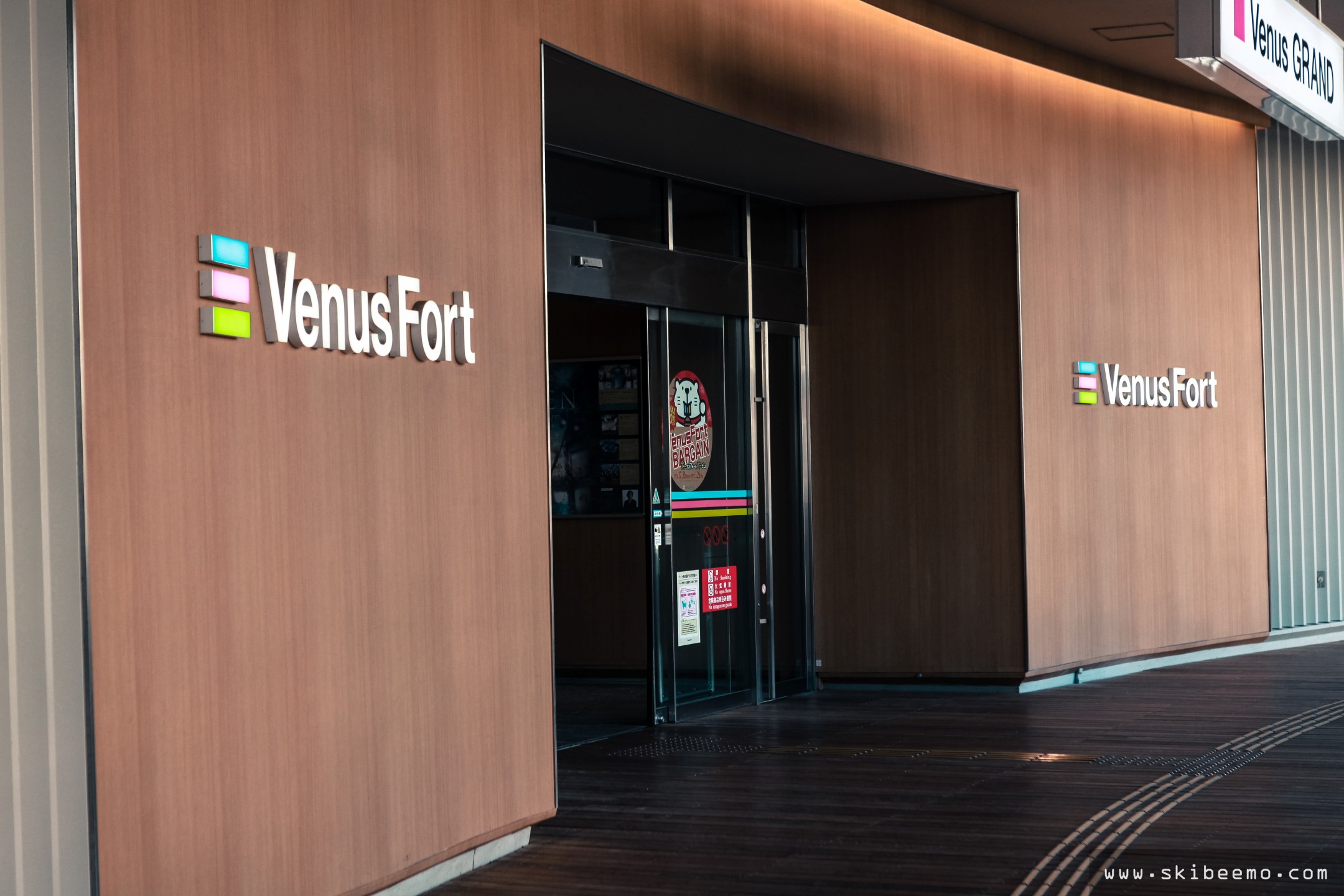
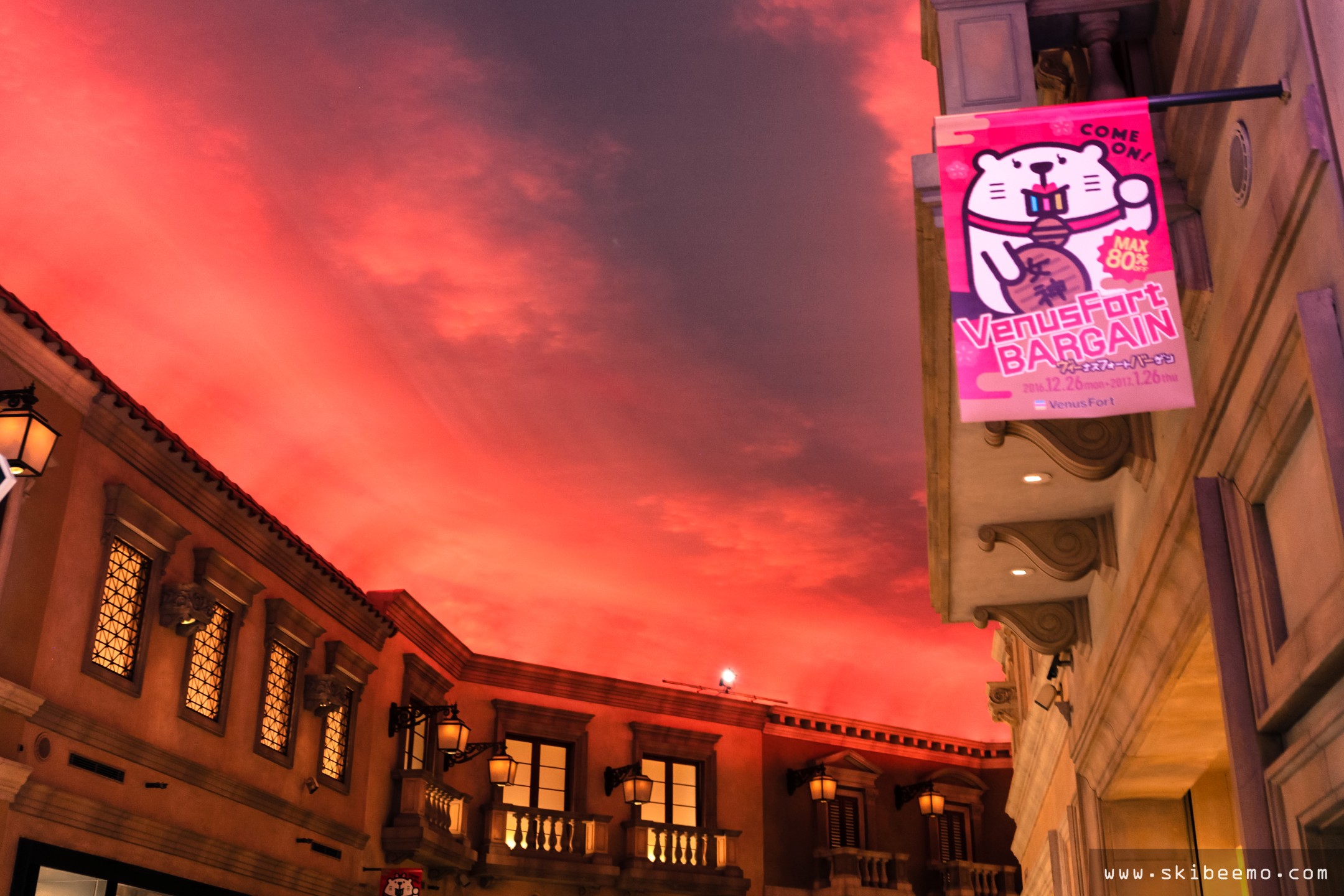
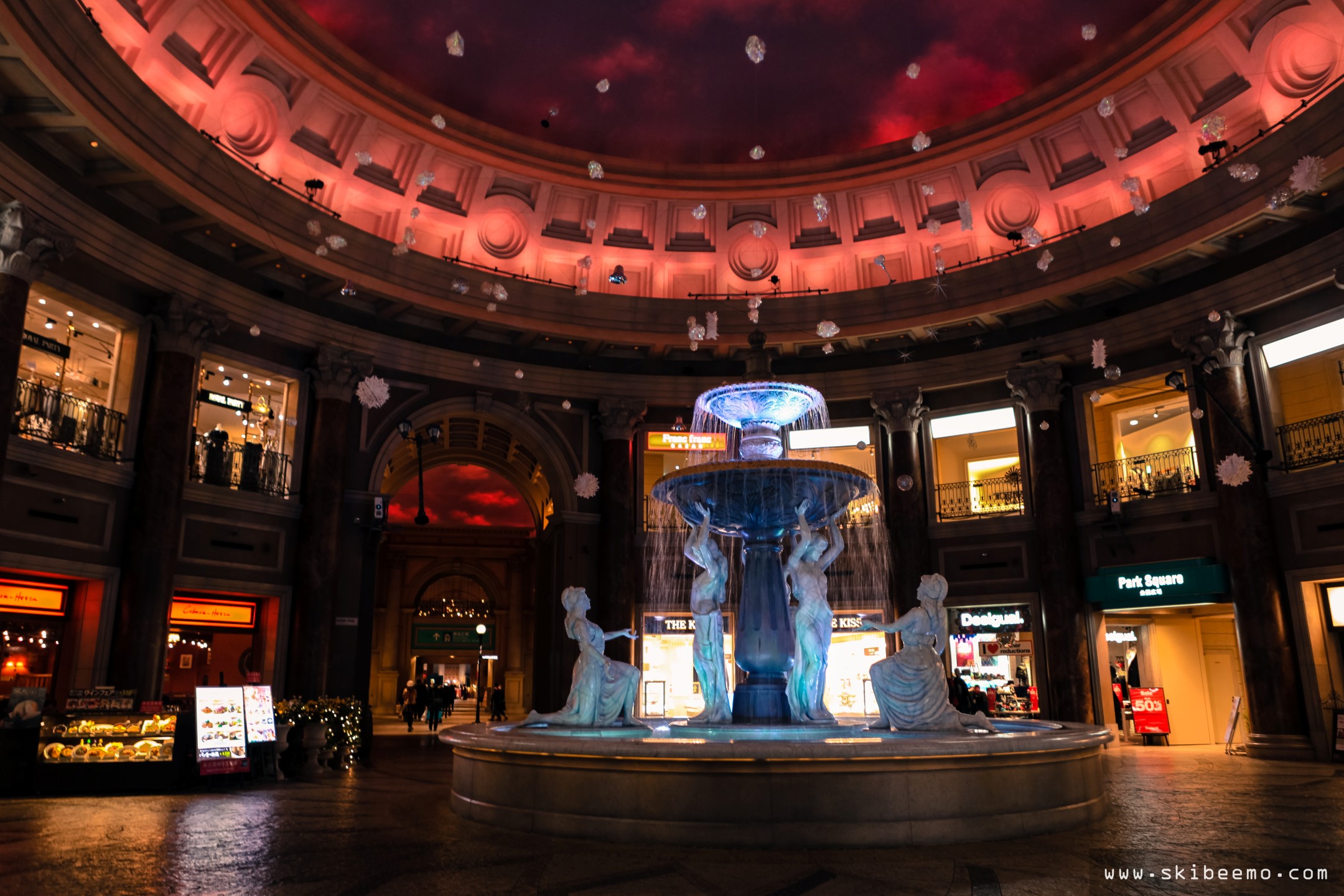
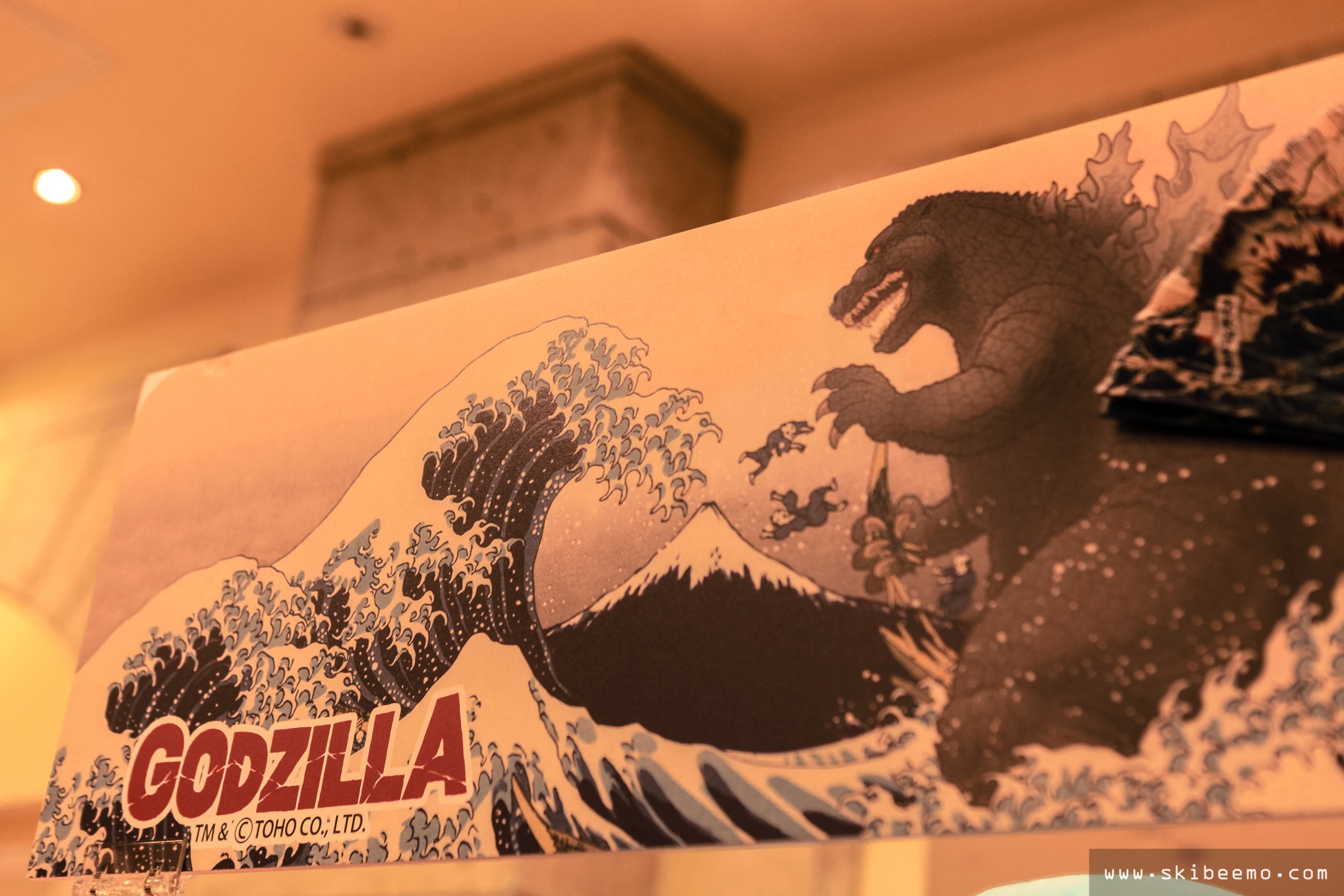

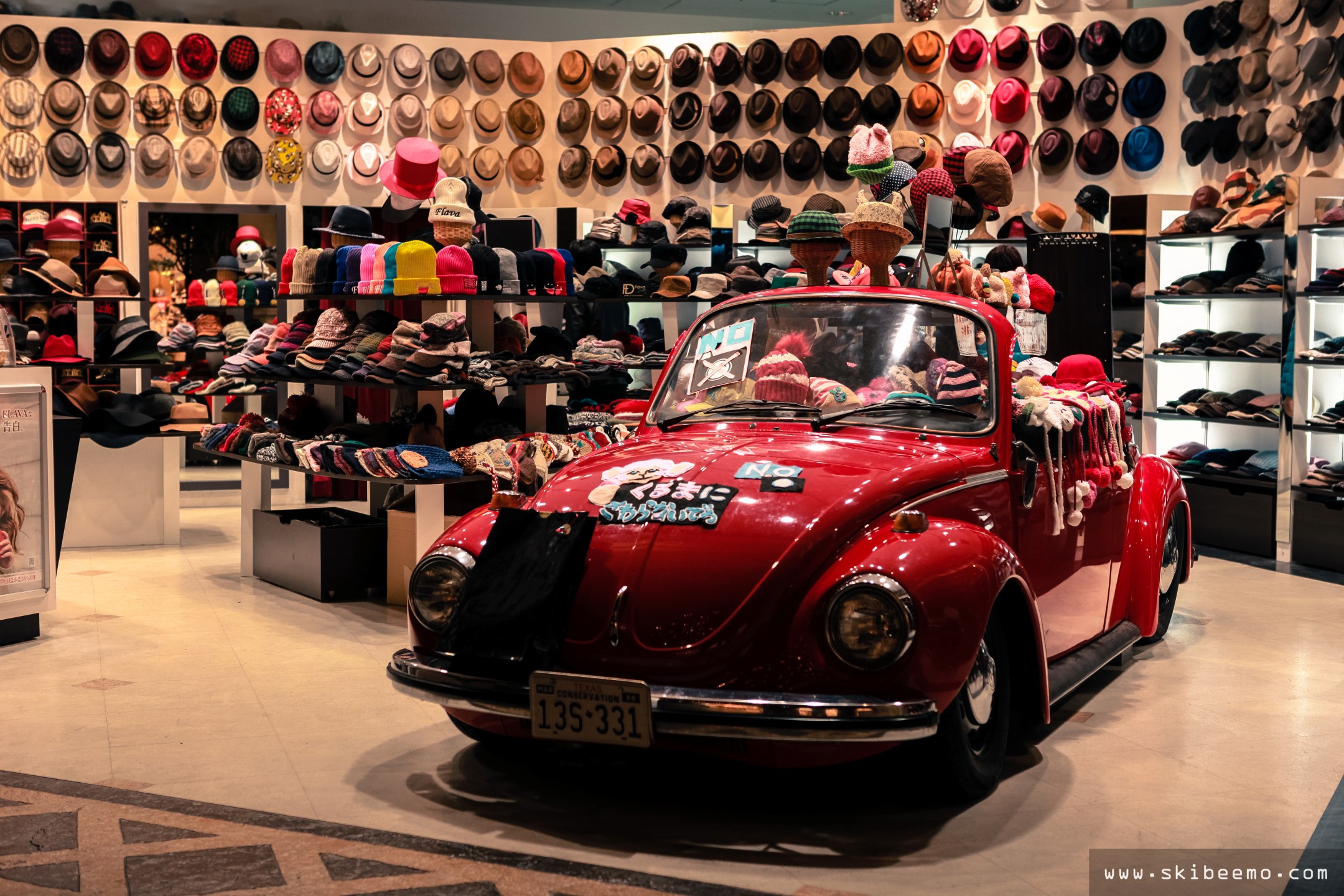
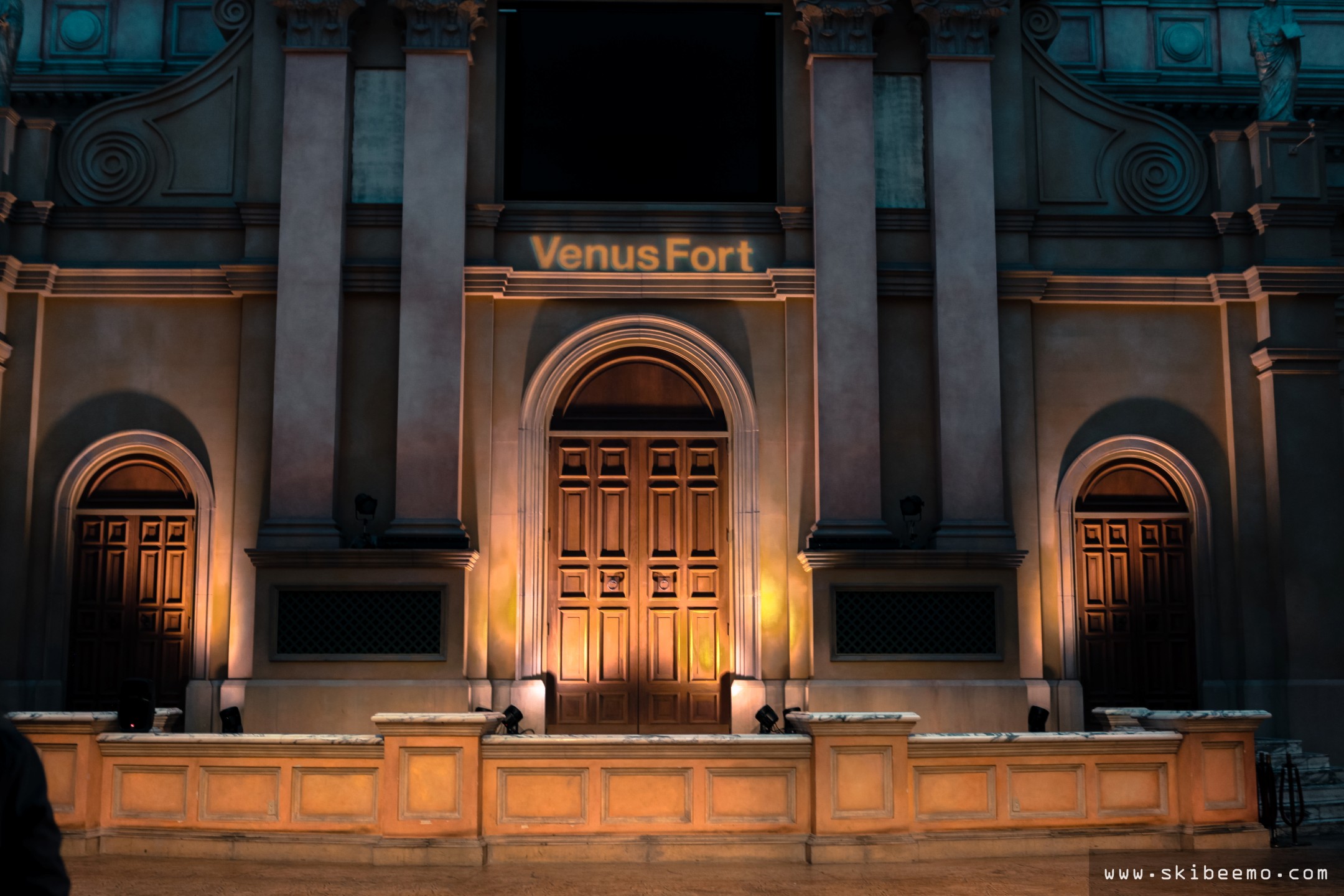
After a brisked walk, I arrived at the entrance of the History Garage. Immediately, I was greeted by a very special automobile that would go on to set a reoccurring theme throughout my stroll.
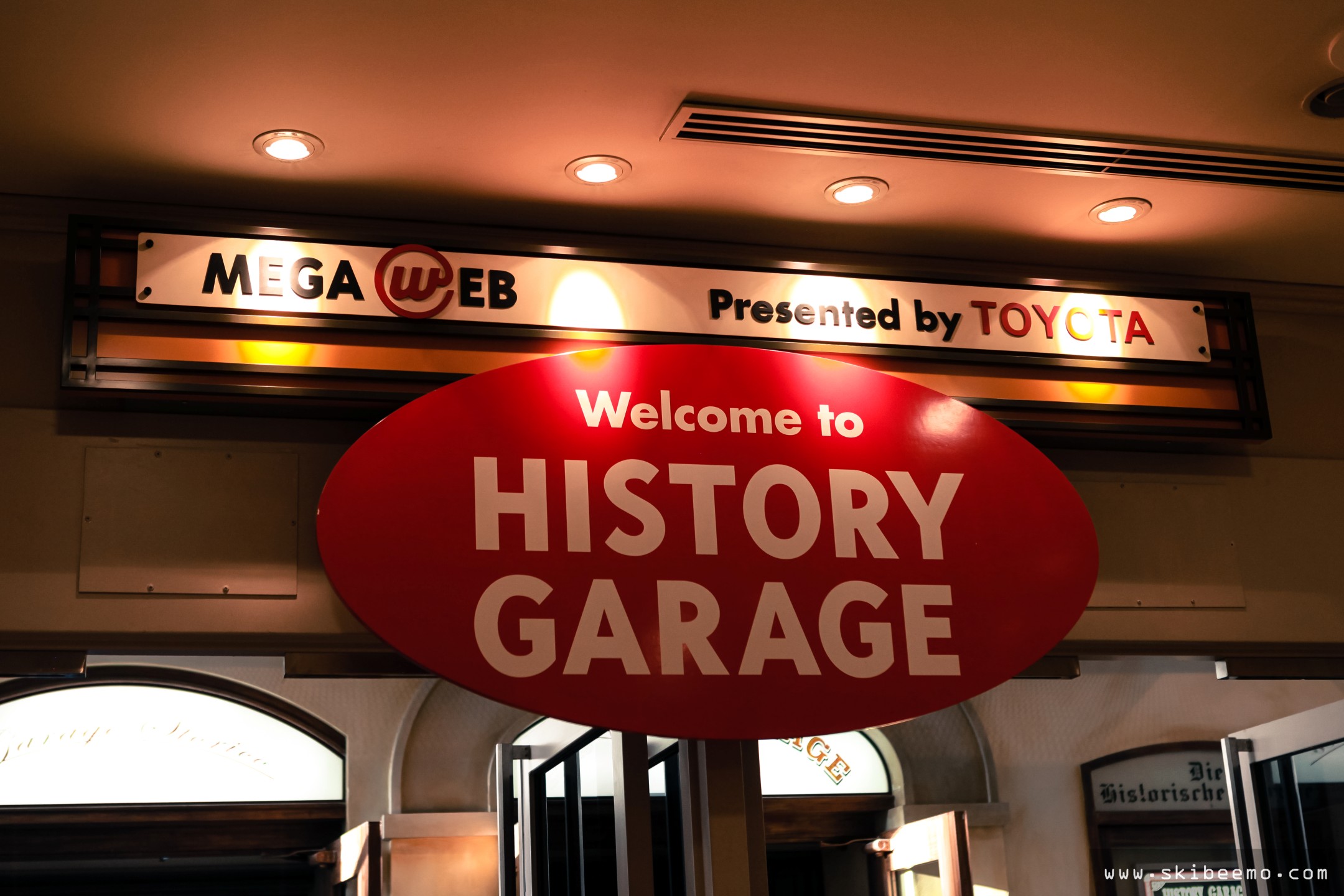

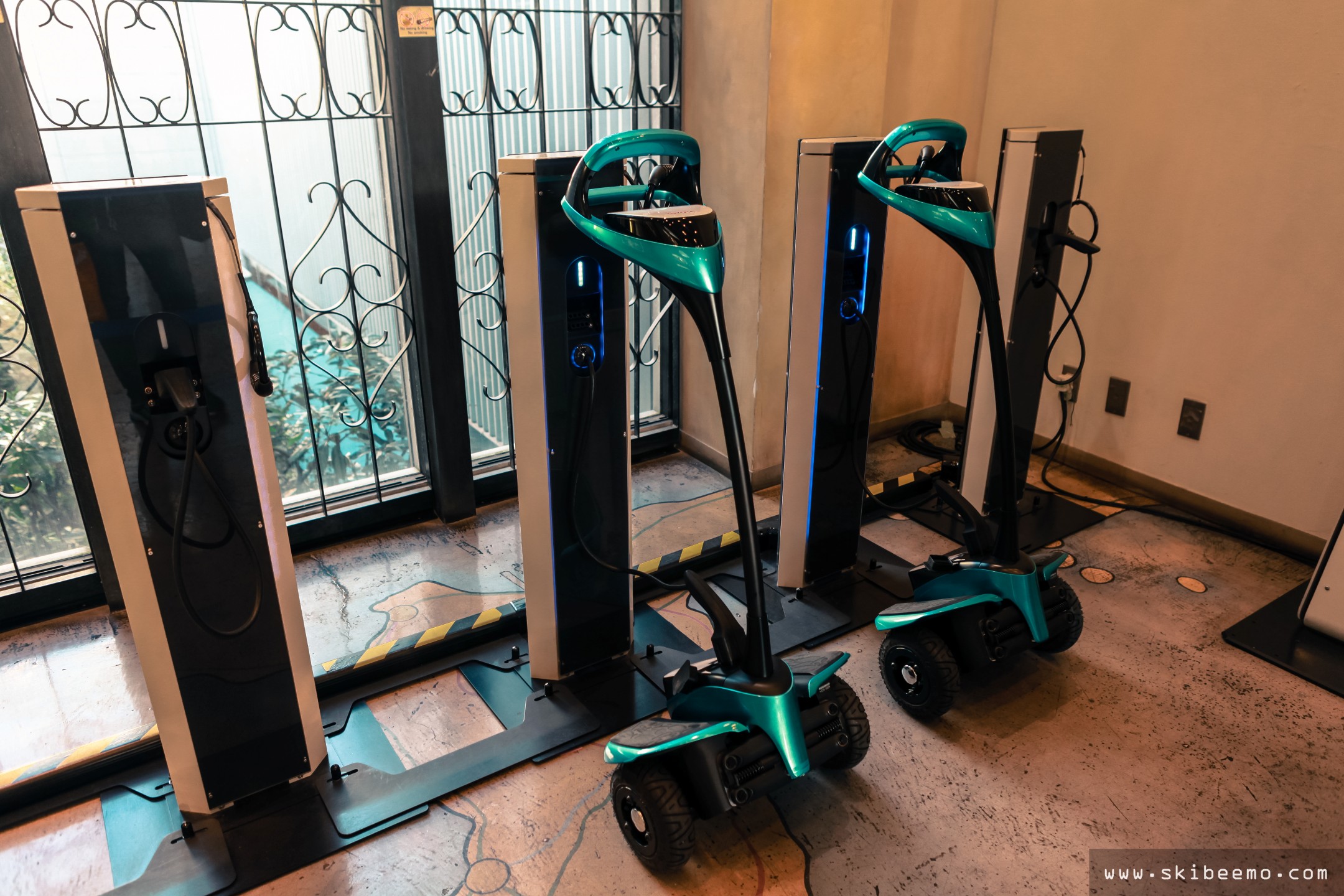
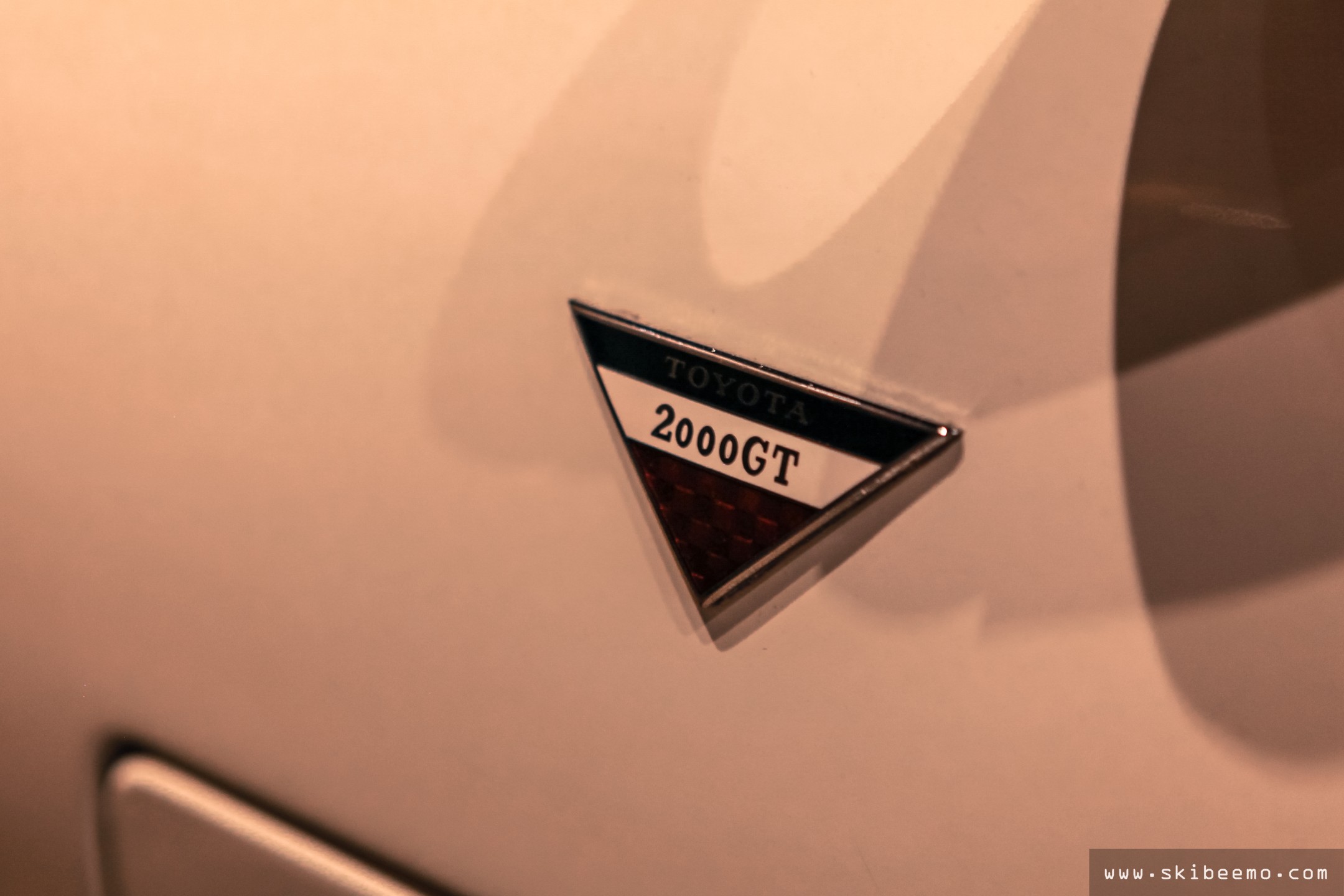
The Toyota 2000GT has to be Japan’s most important sports car of all time. Initially debuting in 1965 at the Tokyo Motor Show, the 2000GT’s birth was Toyota’s scream to the world that Japan had what it took to build a beautiful yet fast grand-touring car.
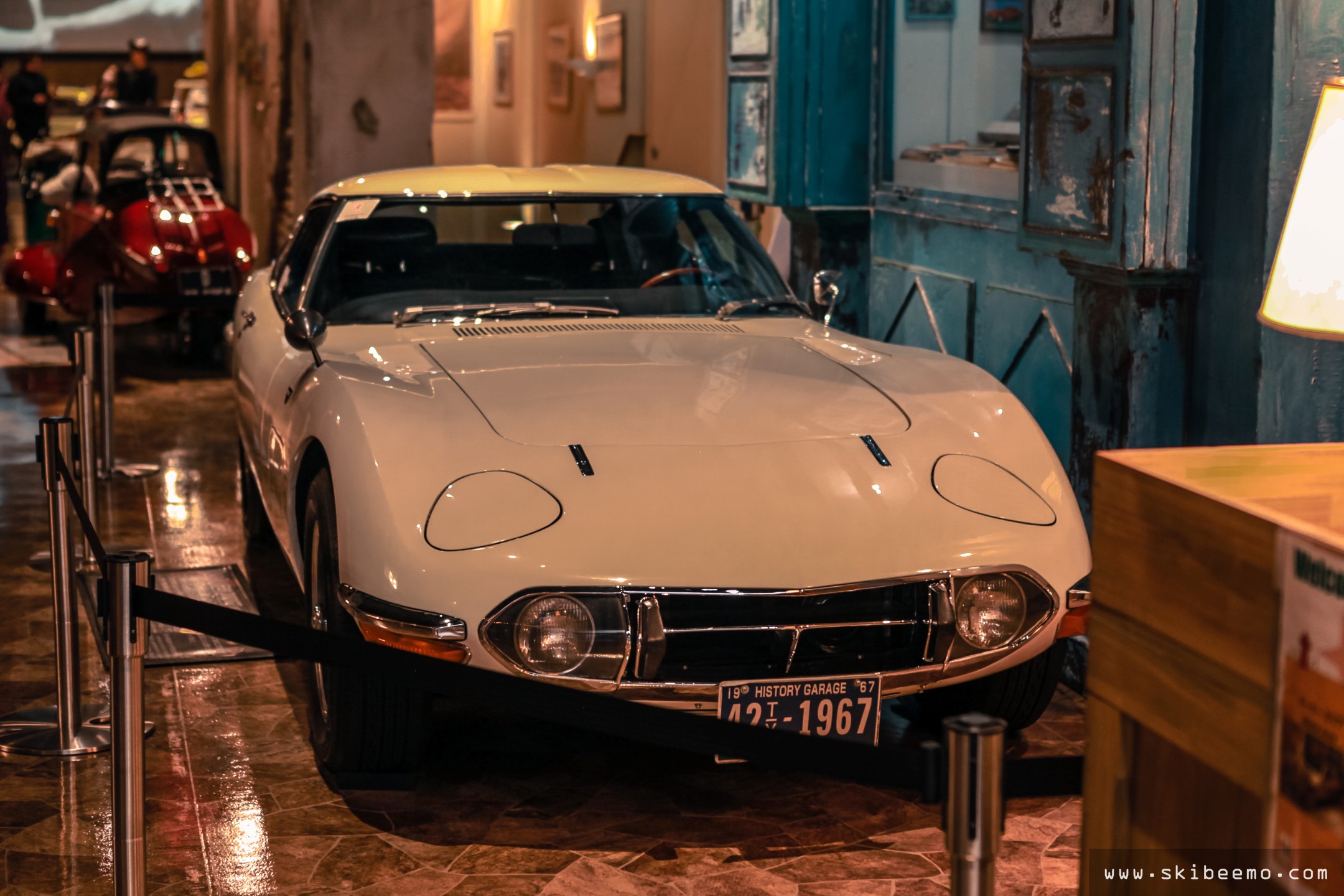
Built as joint collaboration between Toyota and Yamaha, the 2000GT is powered by a 2.0-litre, inline-6 DOHC motor pumping out 150 hp. Unconventional for its time when most exotic sports cars shifted through 4 gears, the Toyota came equipped with a 5-speed manual gearbox (or an optional 3-speed automatic in the later 1969+ models).
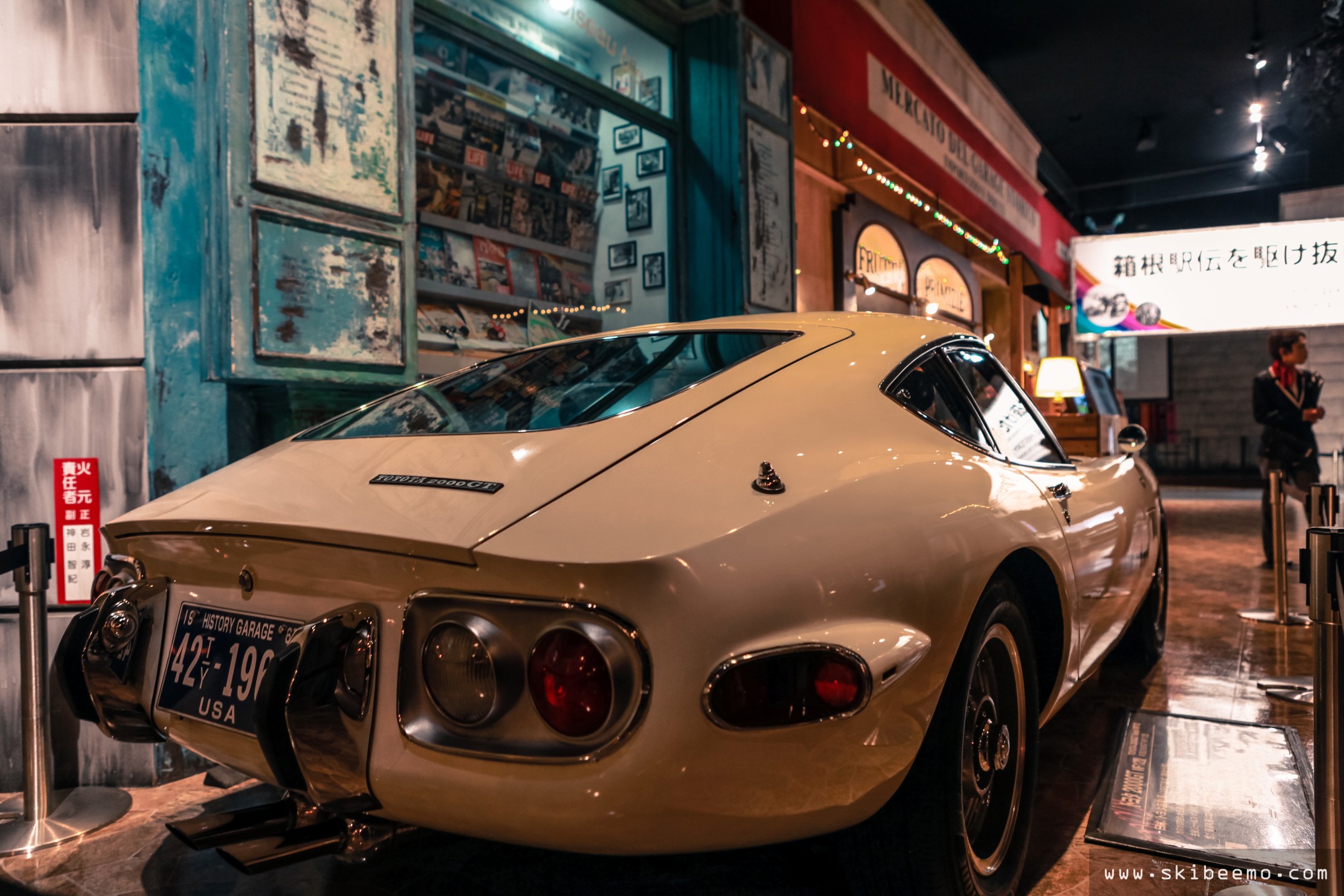
The build quality along with performance was praised by the motoring world. Combined alongside numerous speed as well as endurance world records, and an appearance on the big screen with a particular British MI5 secret-agent, the humble 2000GT became an instant classic.
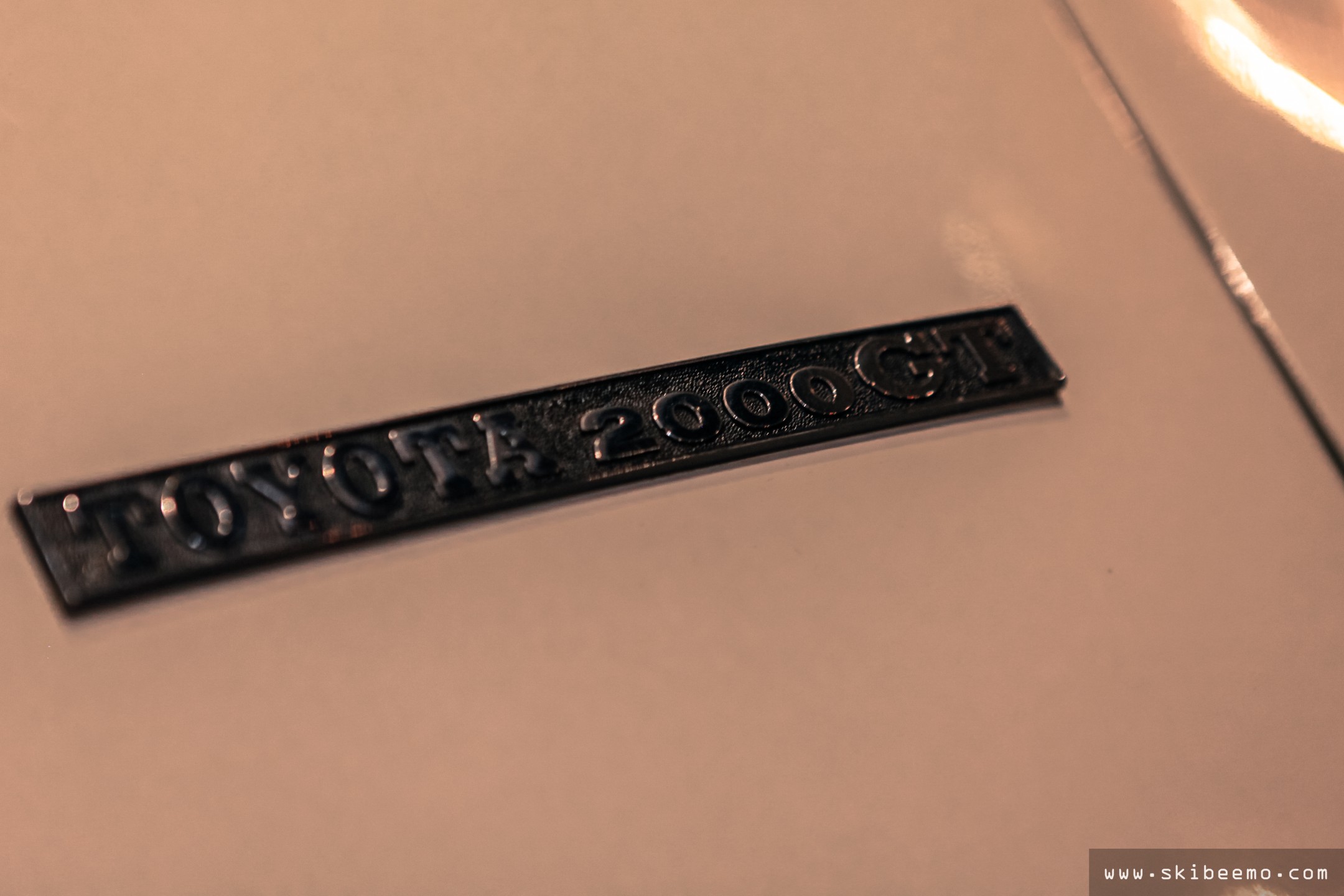
Only 351 examples were produced during its three year run between 1967 and 1970. Considered to be the holy-grail of all Japanese sports cars, the market price for a 2000GT is now well over a million dollars. As you’ll see throughout this post, the importance of this car is reflected throughout the History Garage.
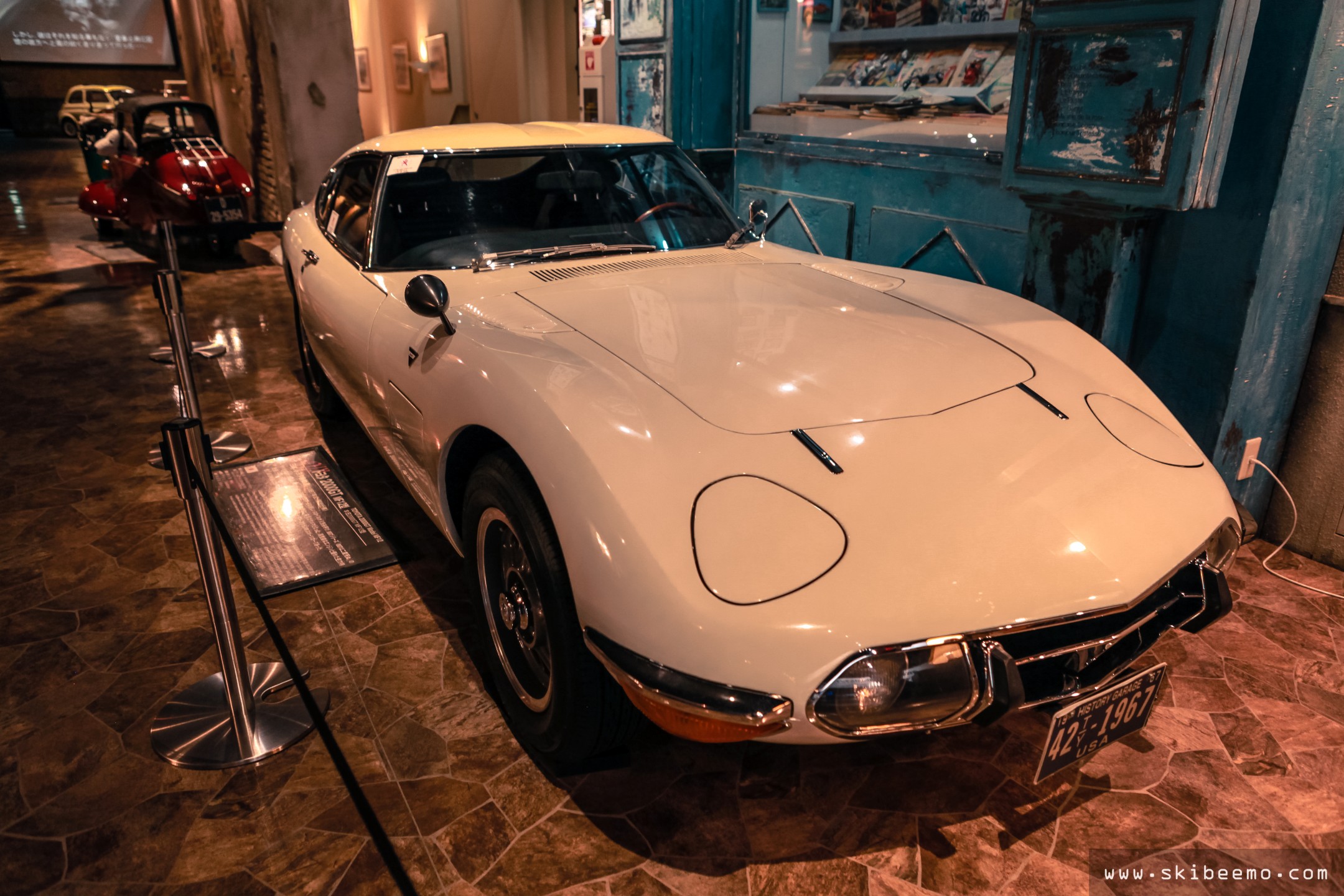
After soaking in the 2000GT for longer than I should have, I continued my stroll. A mix of cars were thrown in my face but aside from the Ford Model T, nothing really caught my eye.

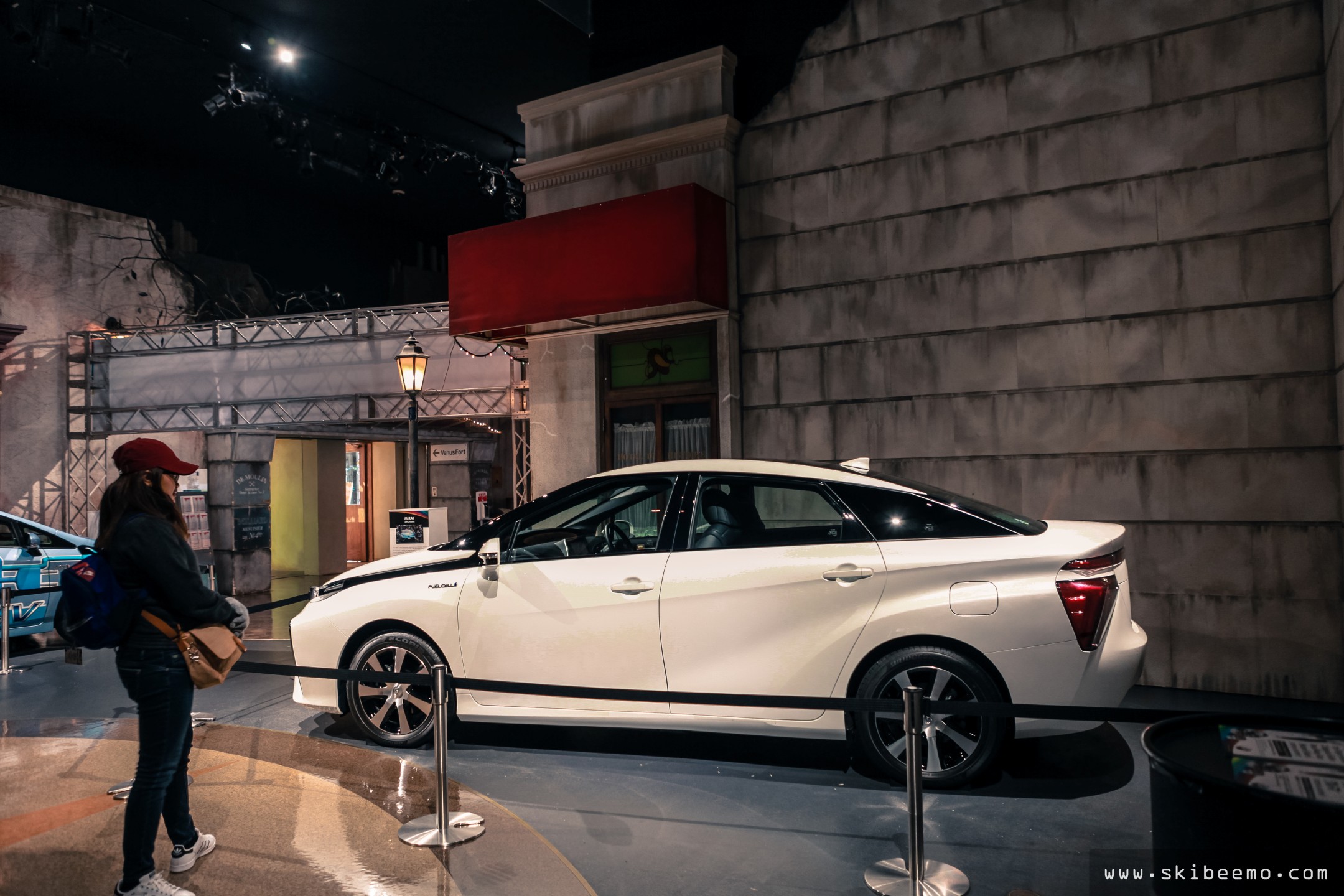
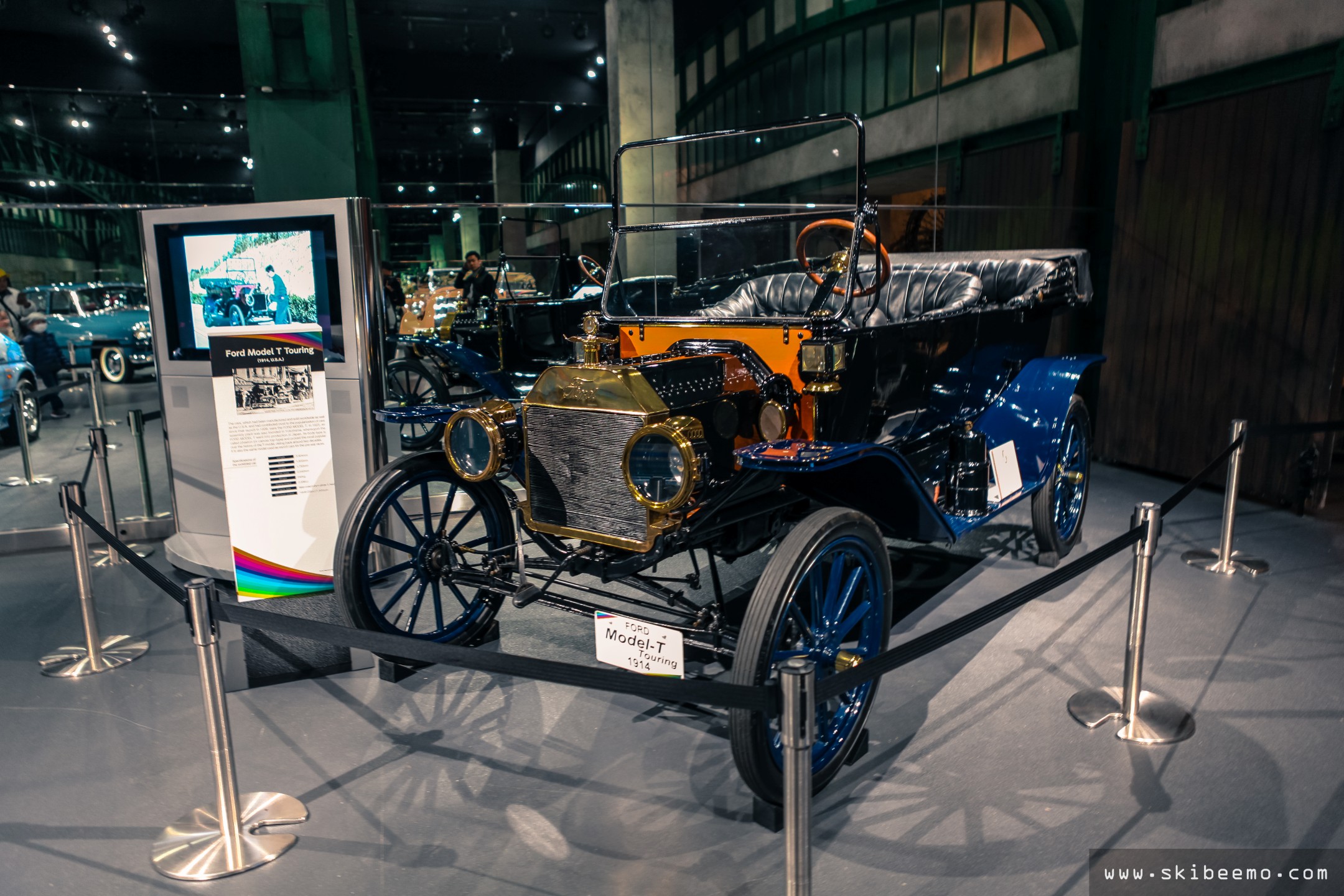
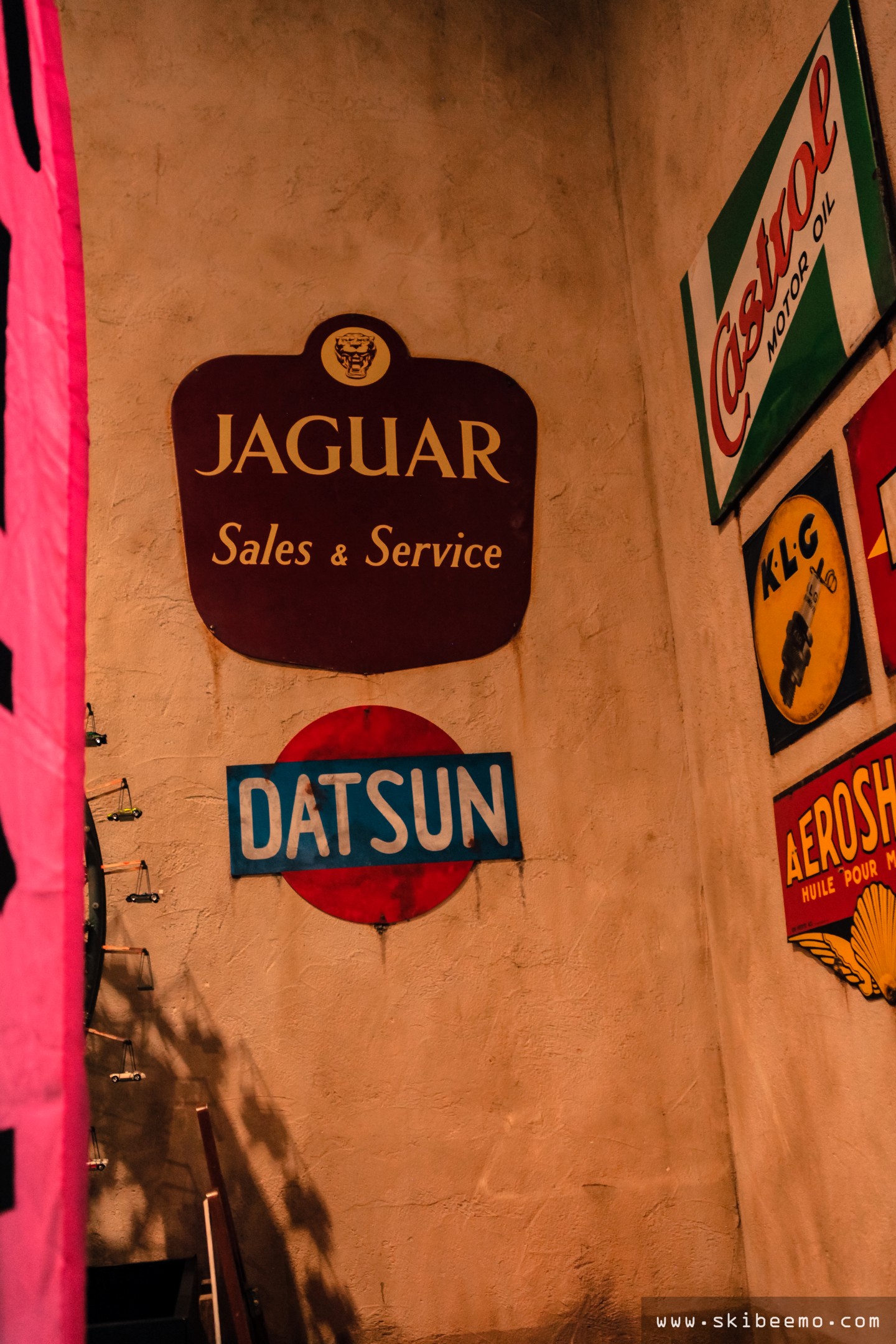
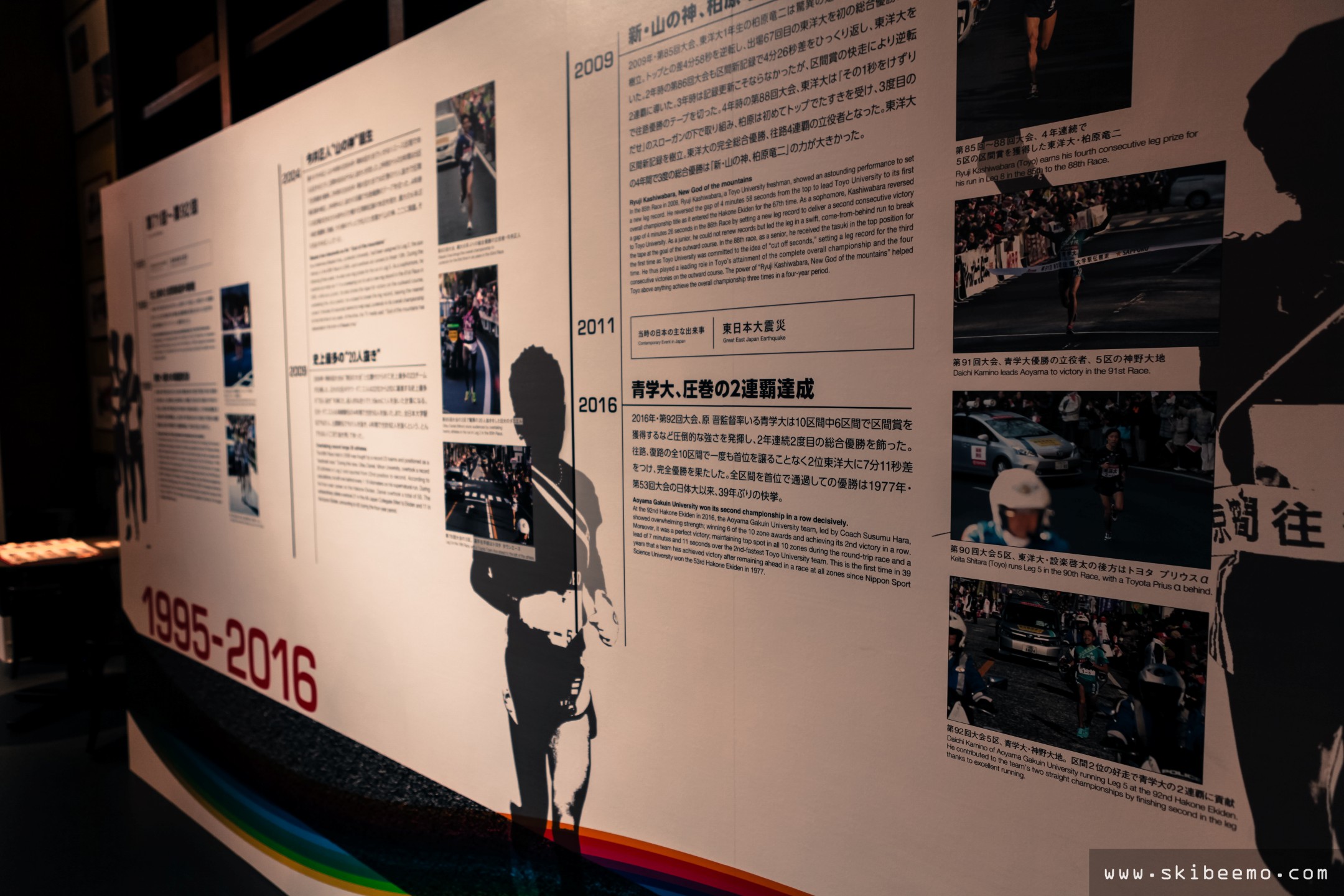
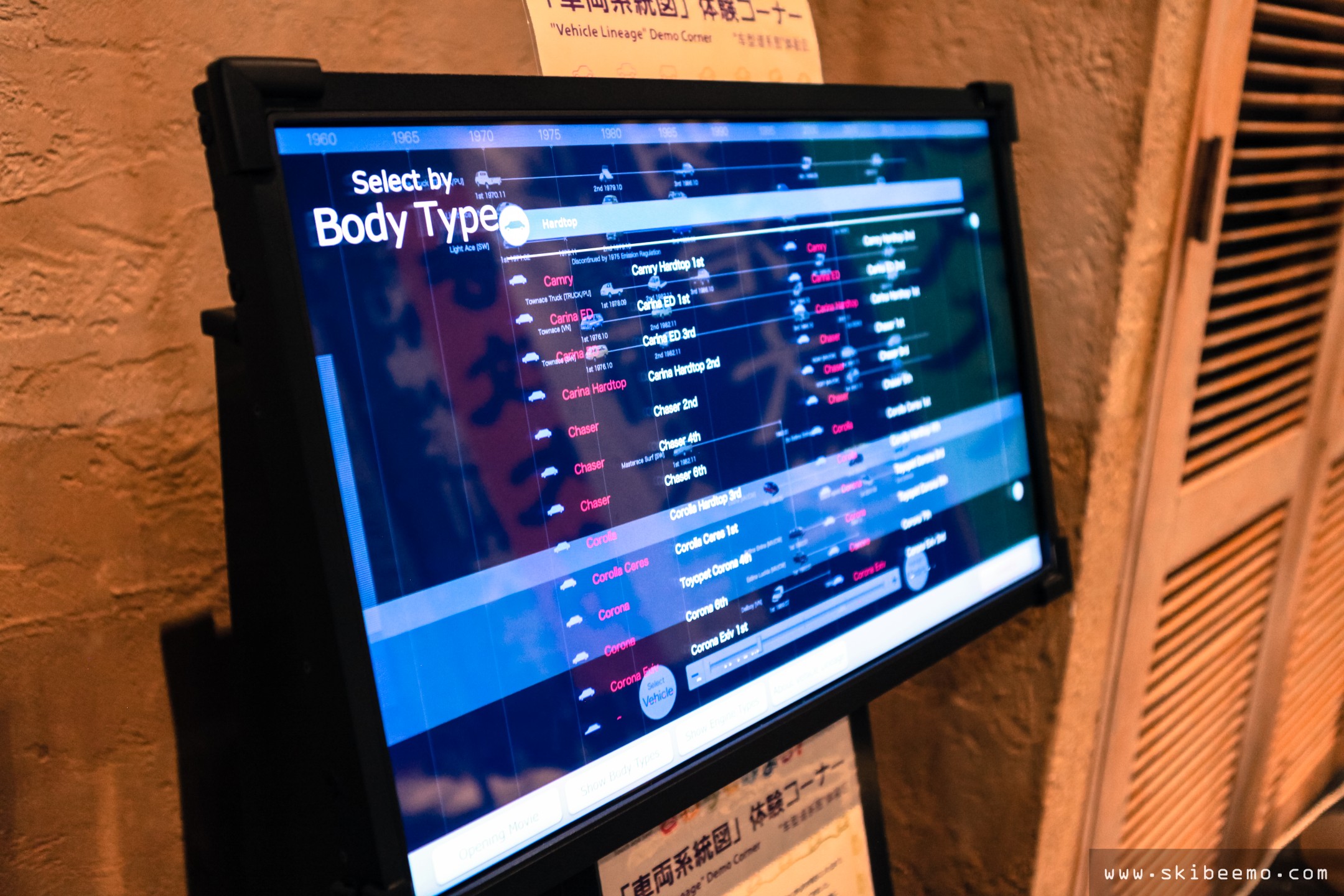
The next area was a hallway back to the brim with historical cars in die-cast form. As a die-cast model car collector myself (which car enthusiasts isn’t?) I was fairly excited to spend the time appreciating and admiring all of the different shrunken-down cars that were on display.
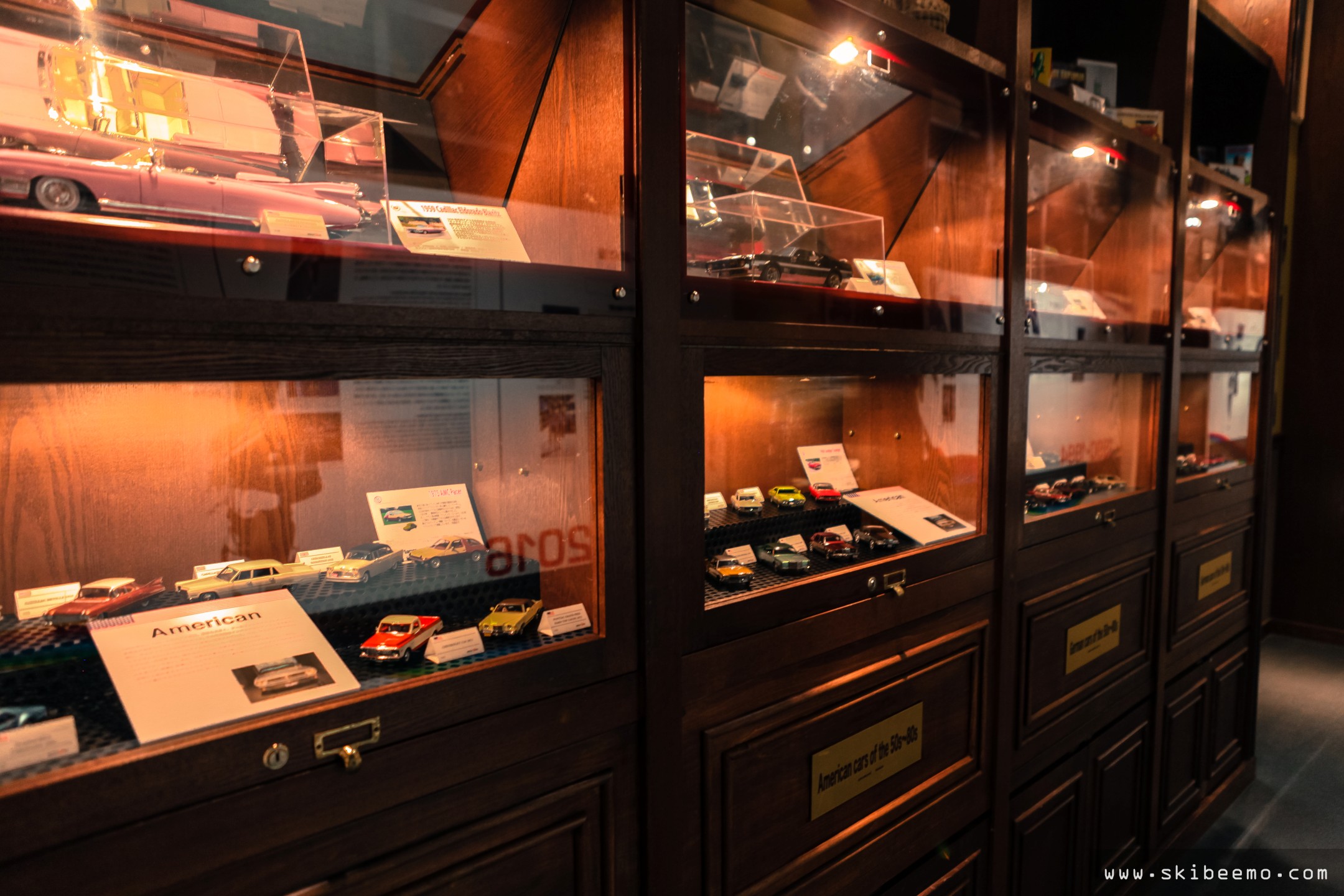
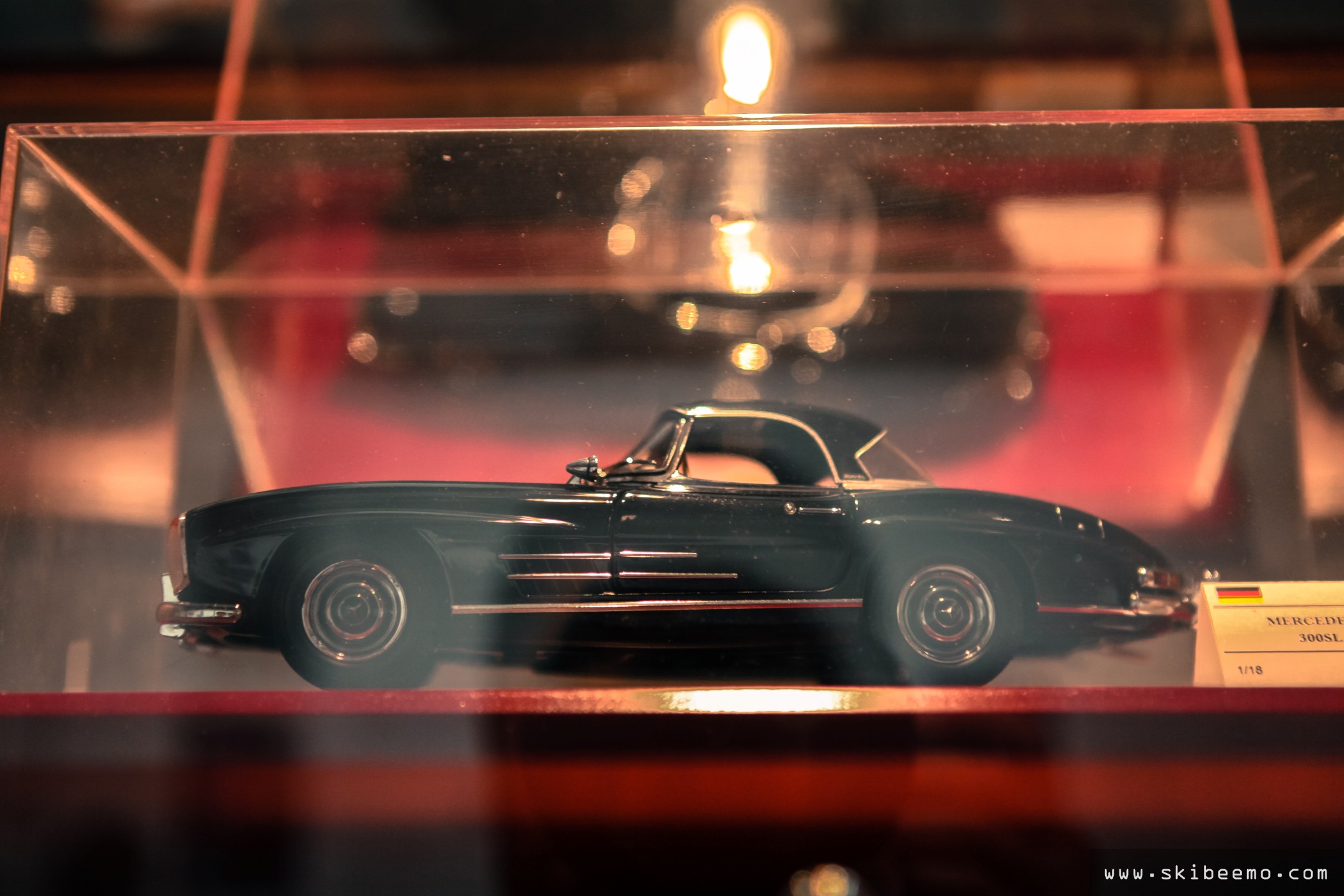
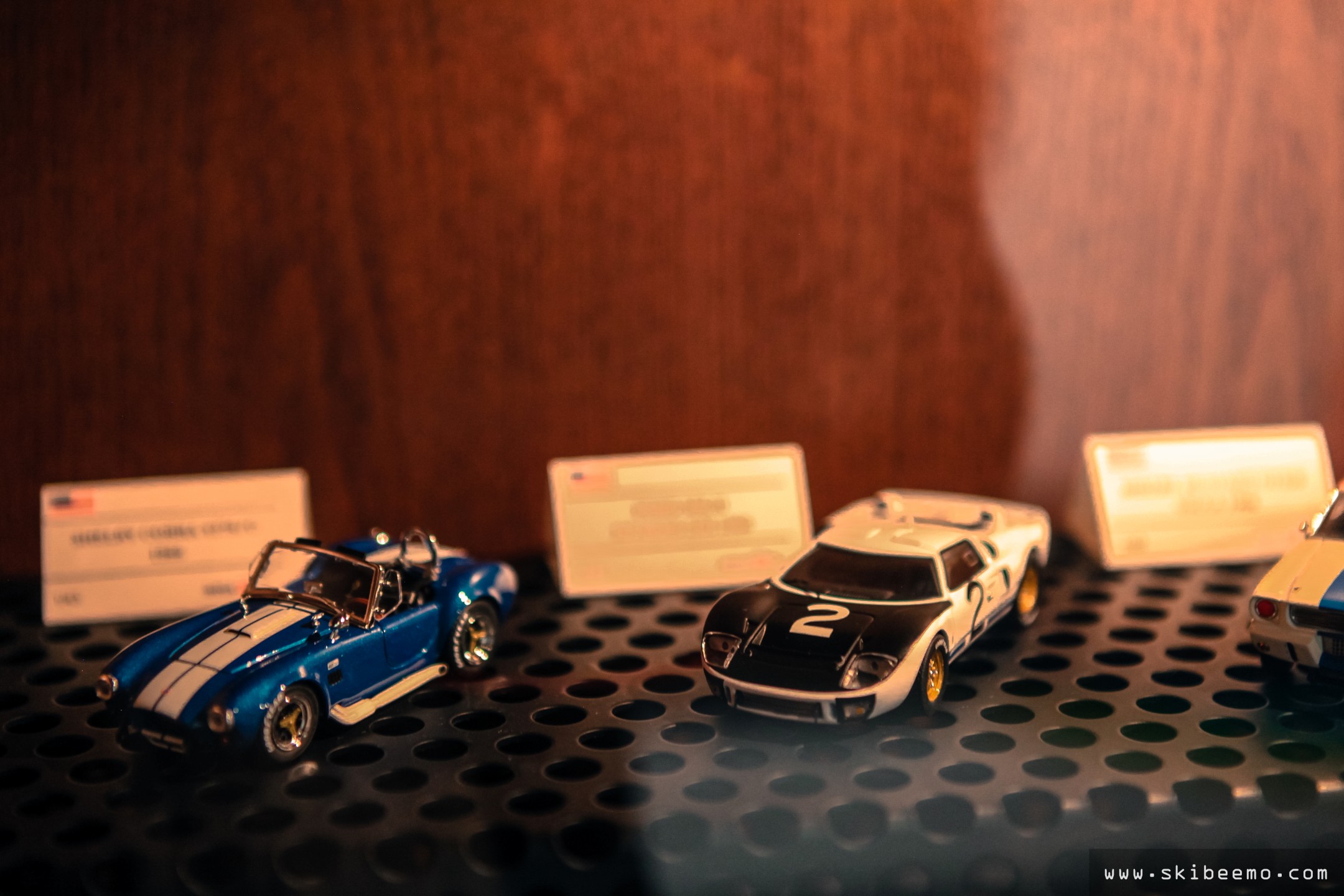
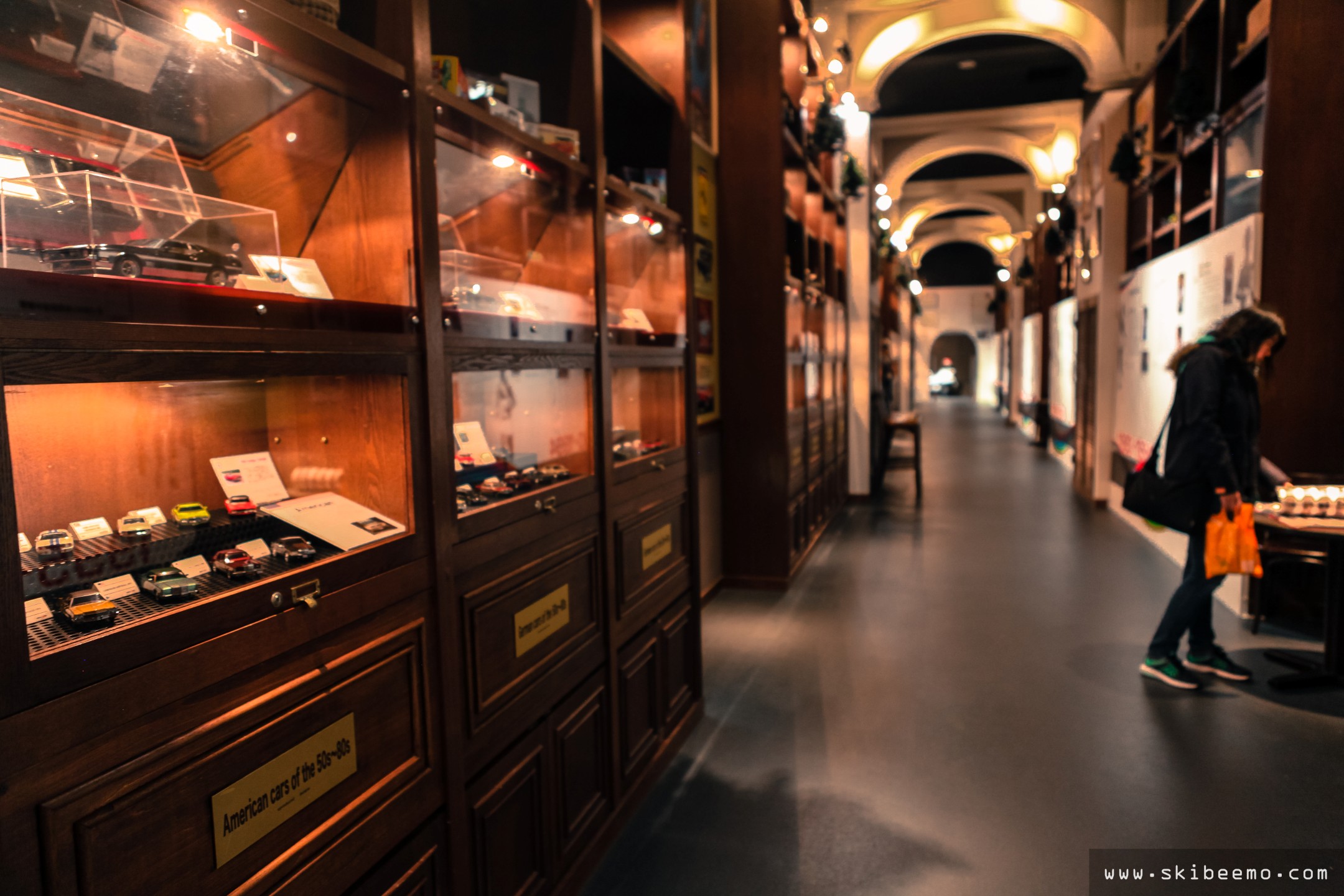
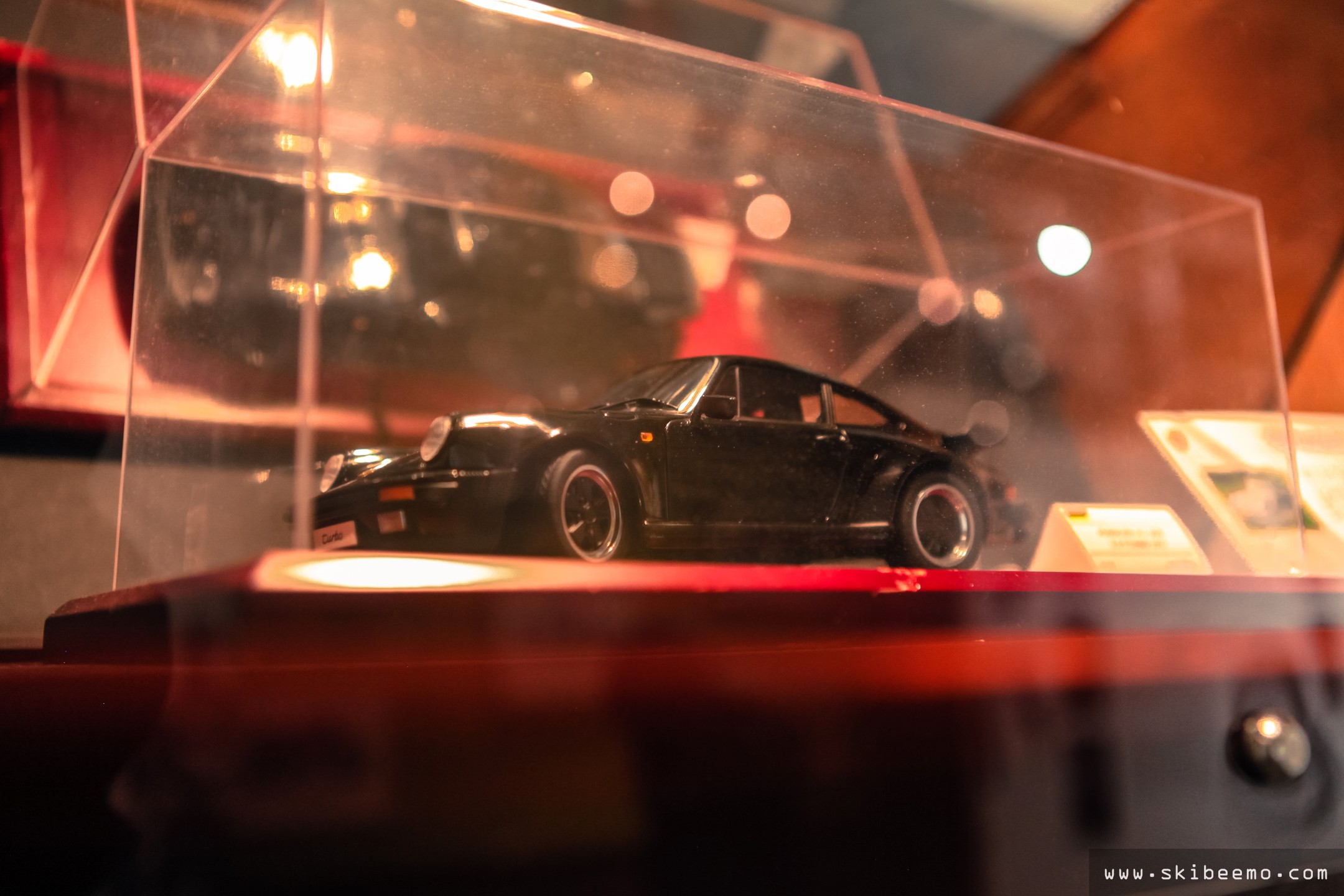
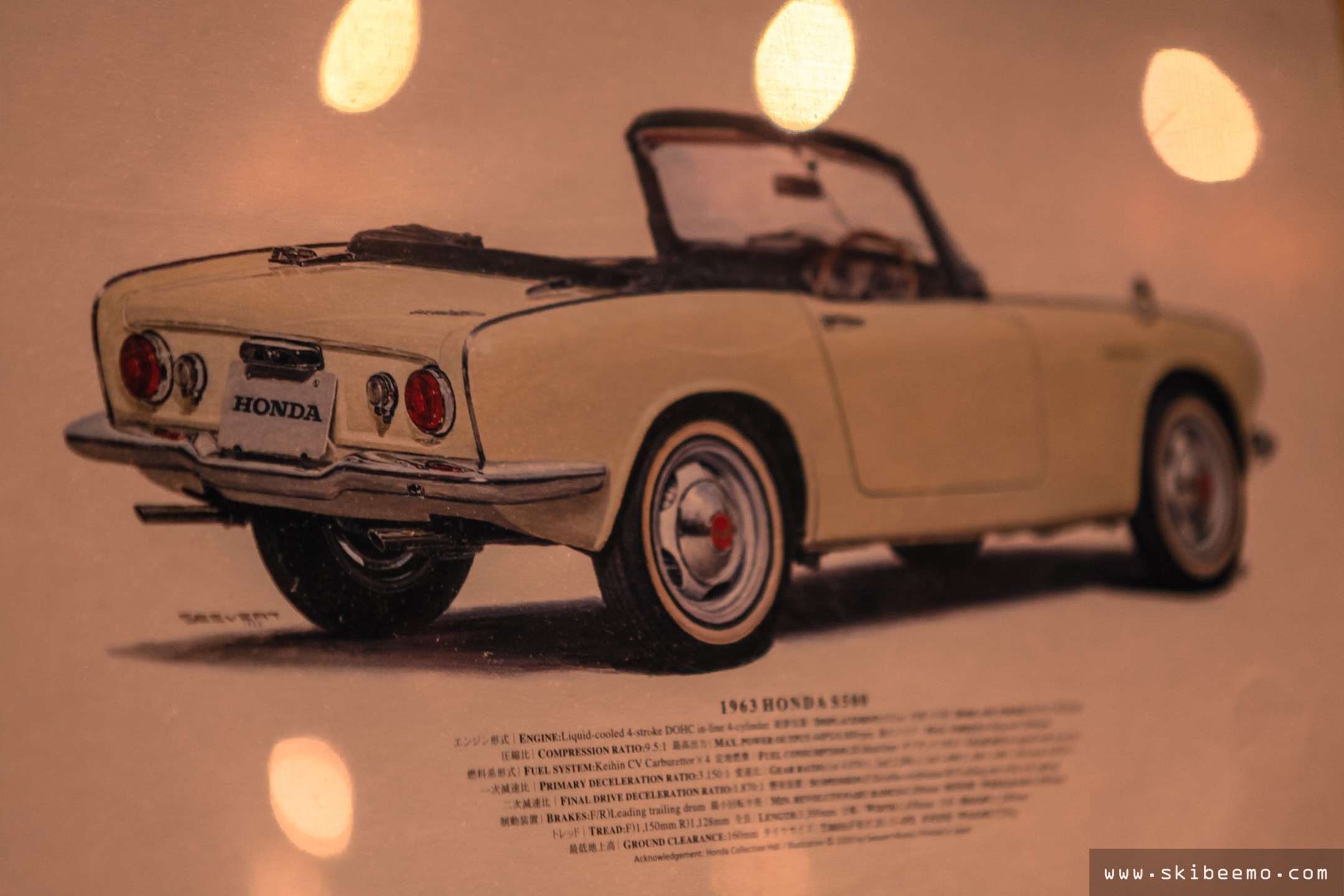
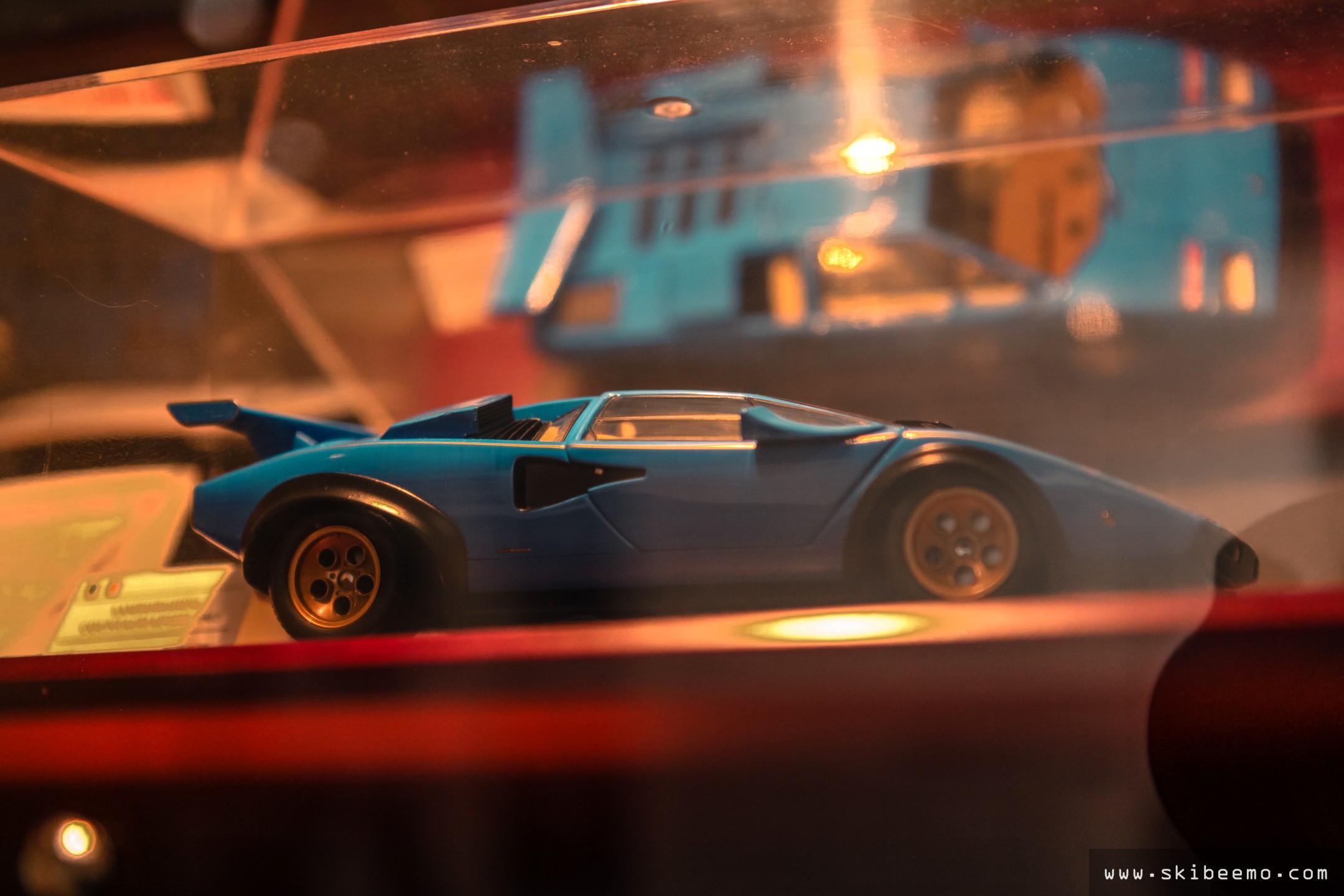
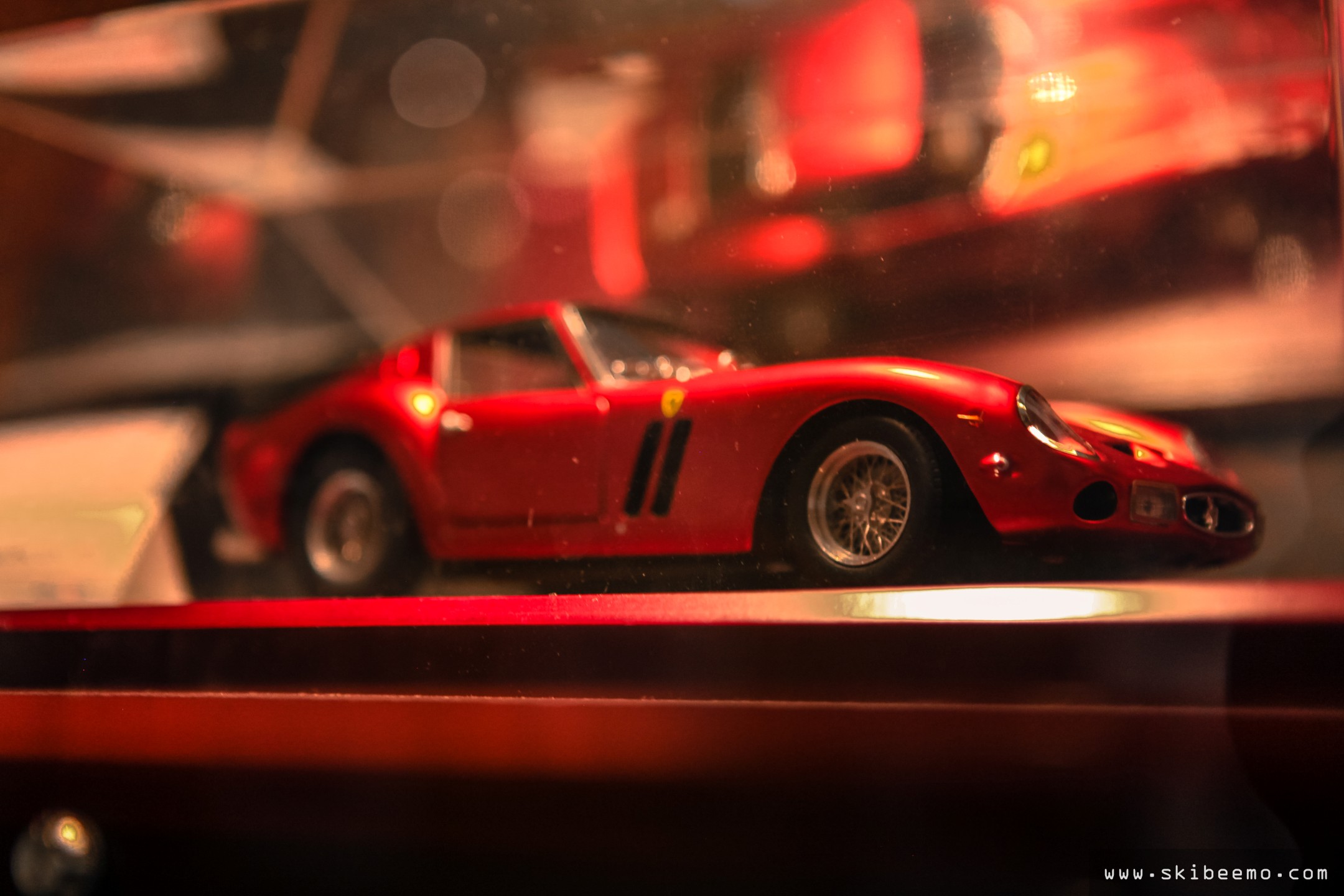
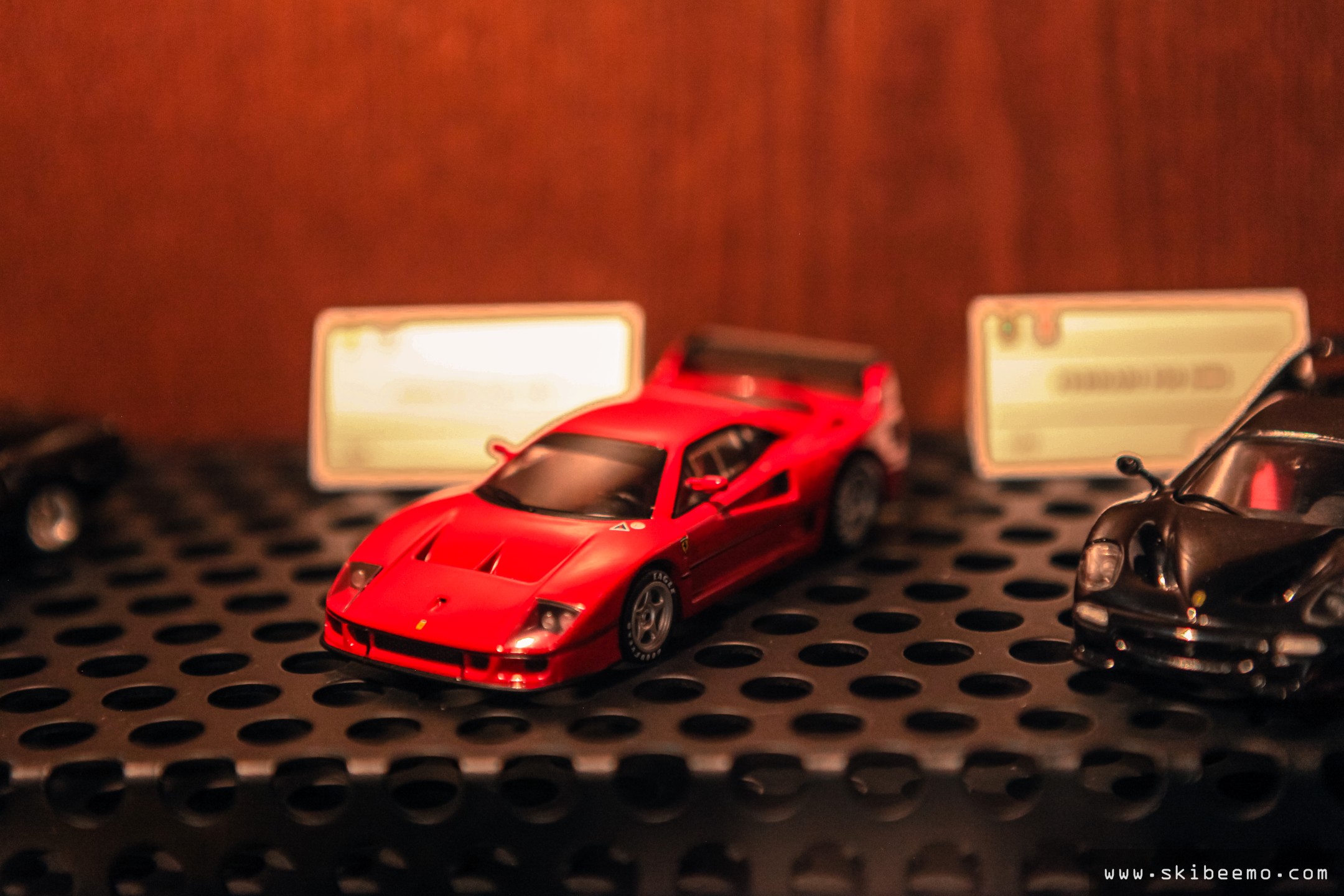
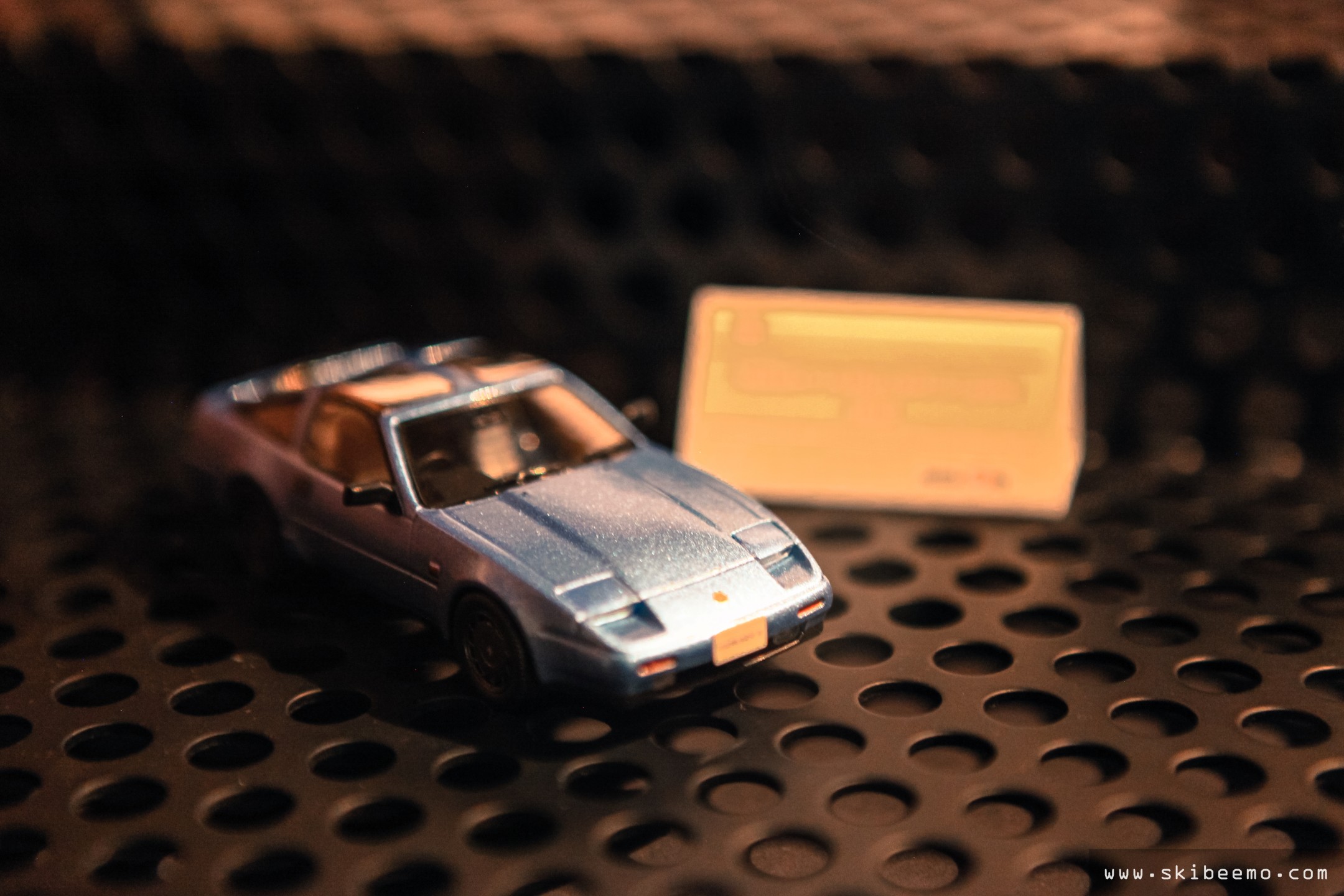
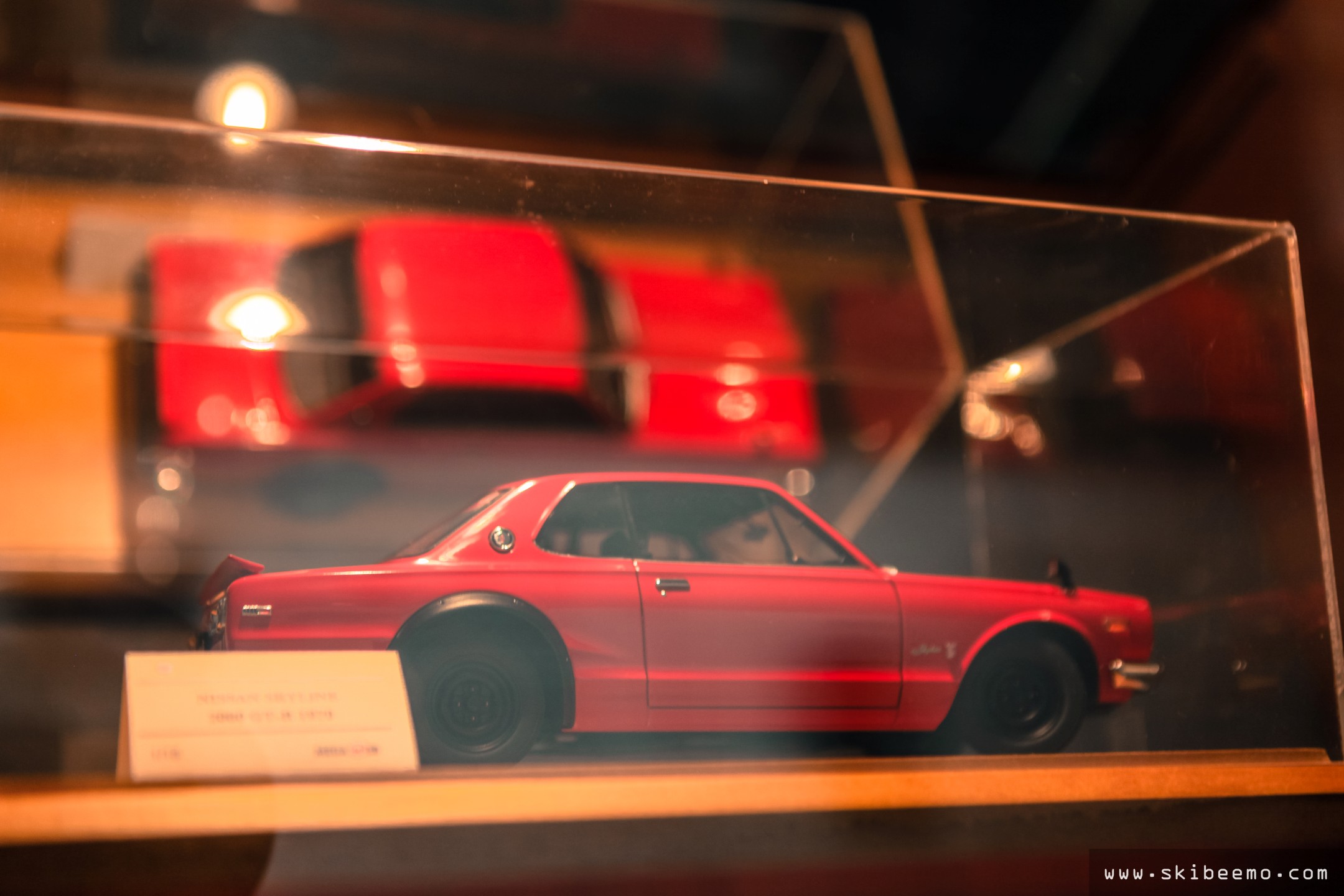
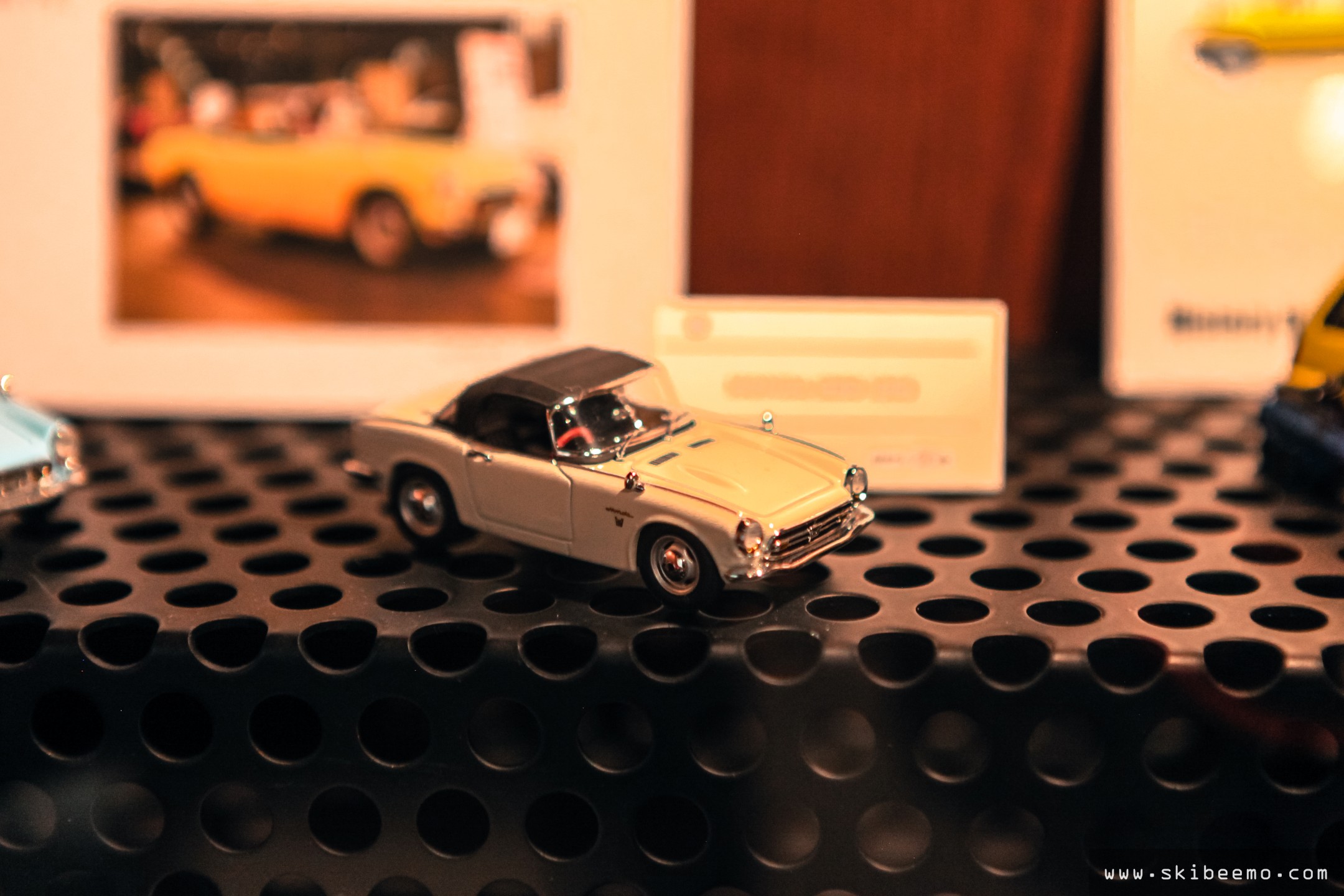

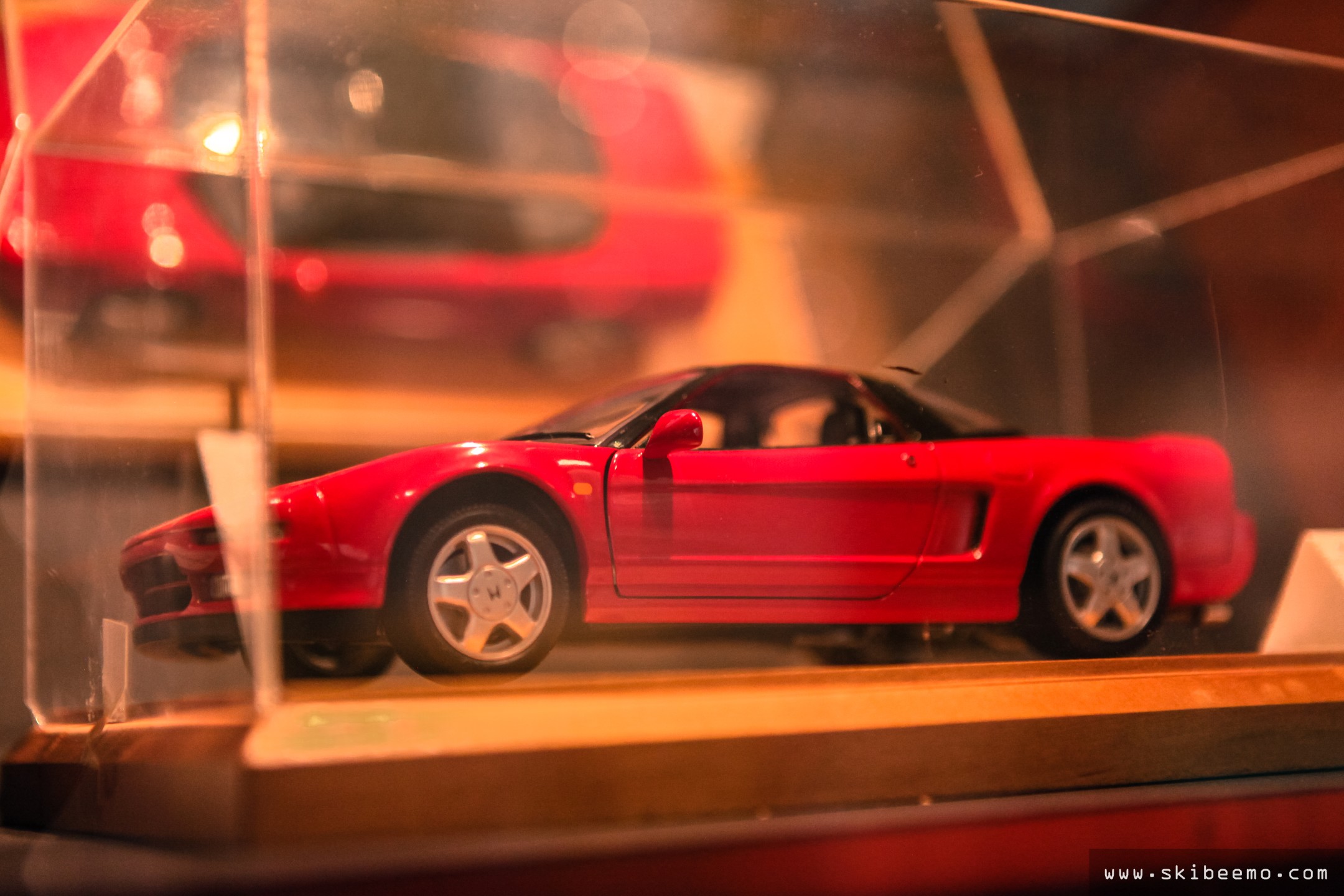
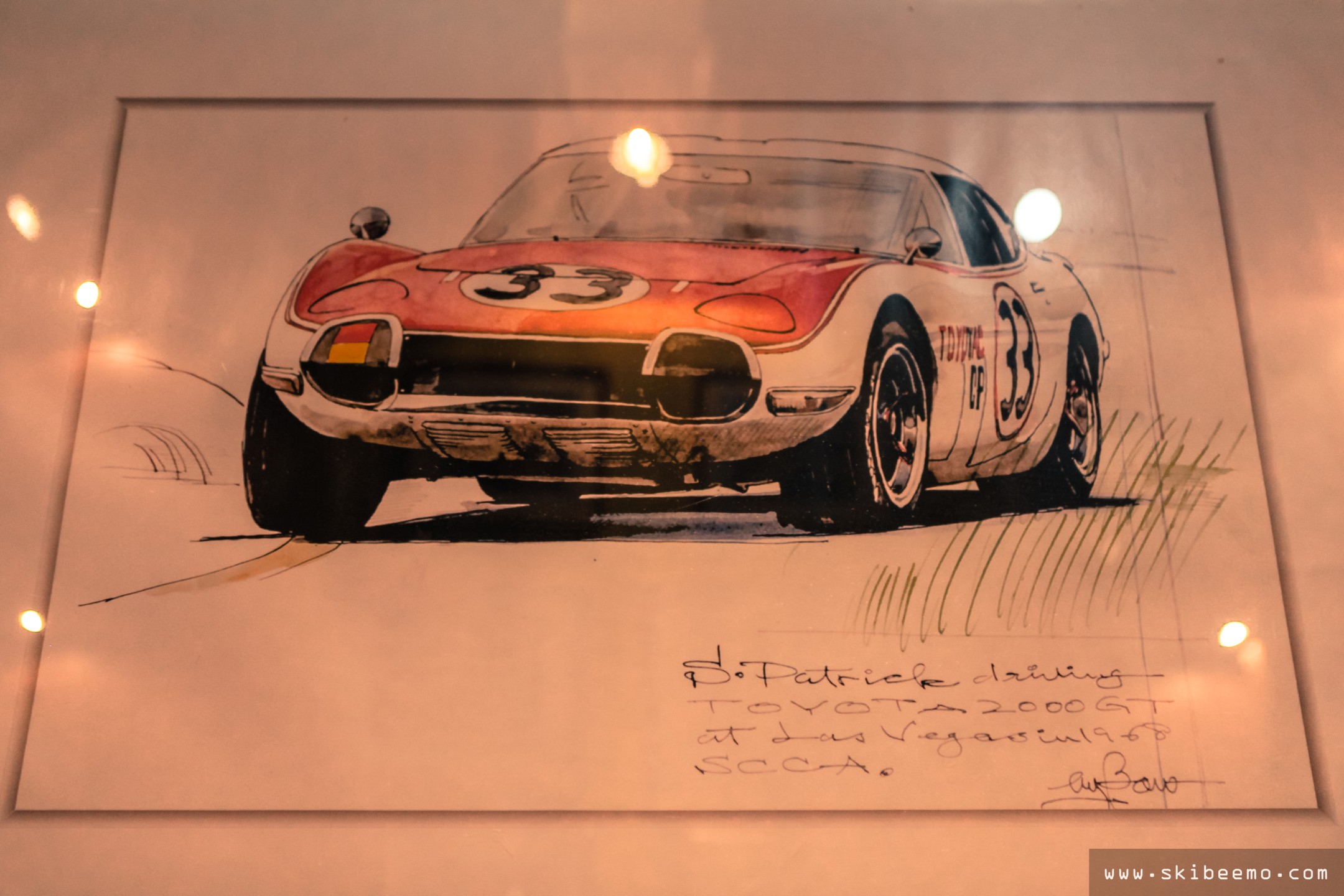
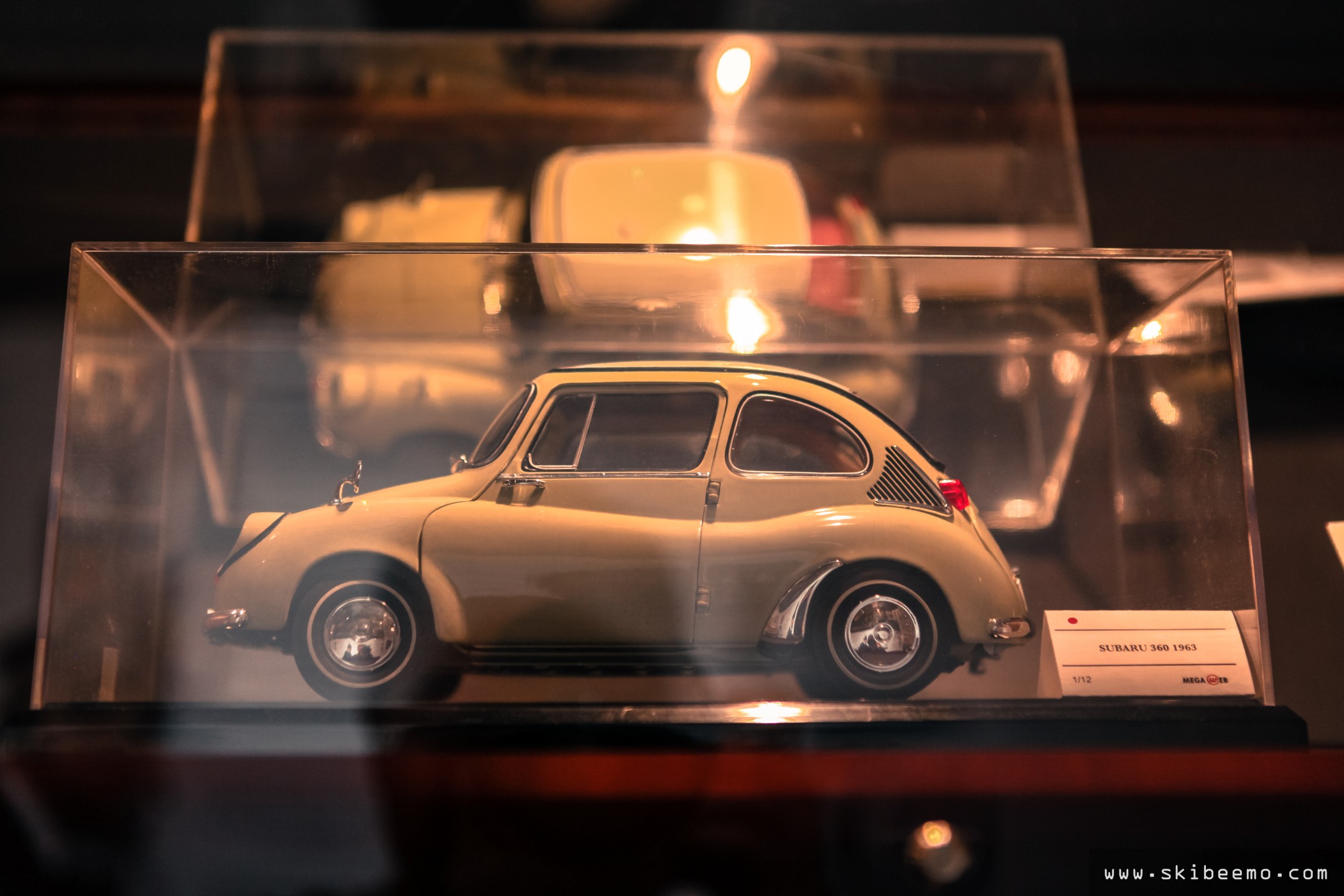
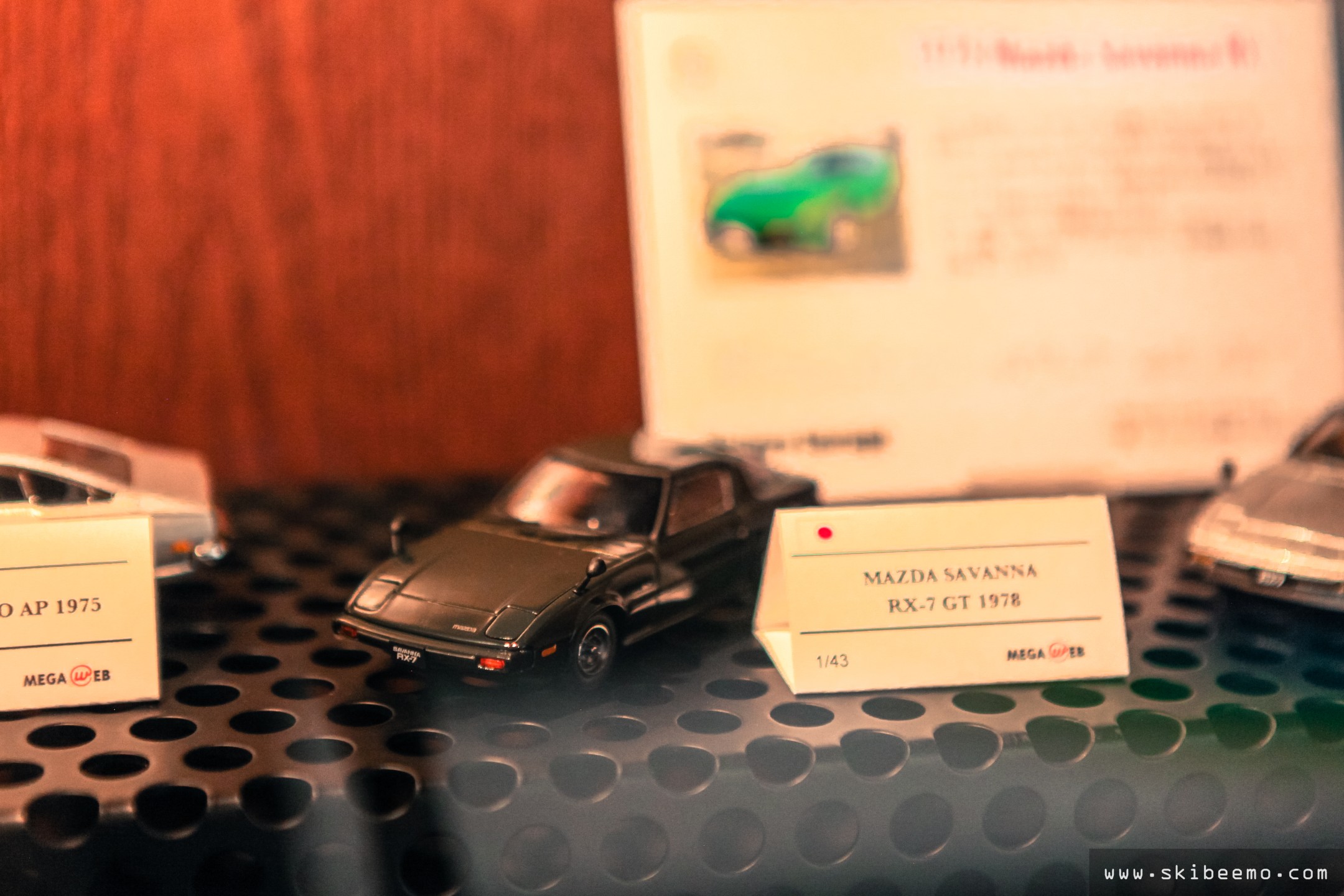

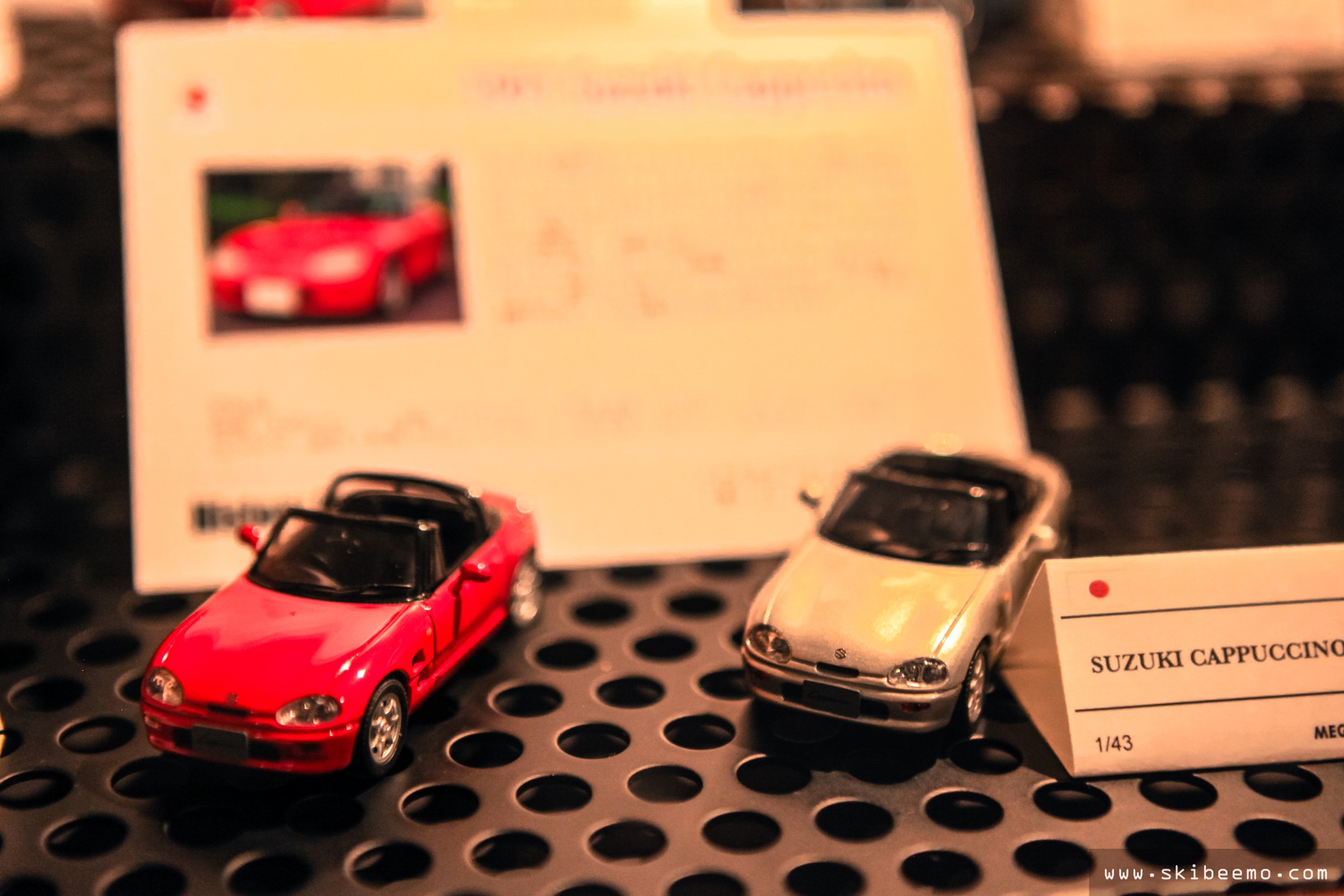
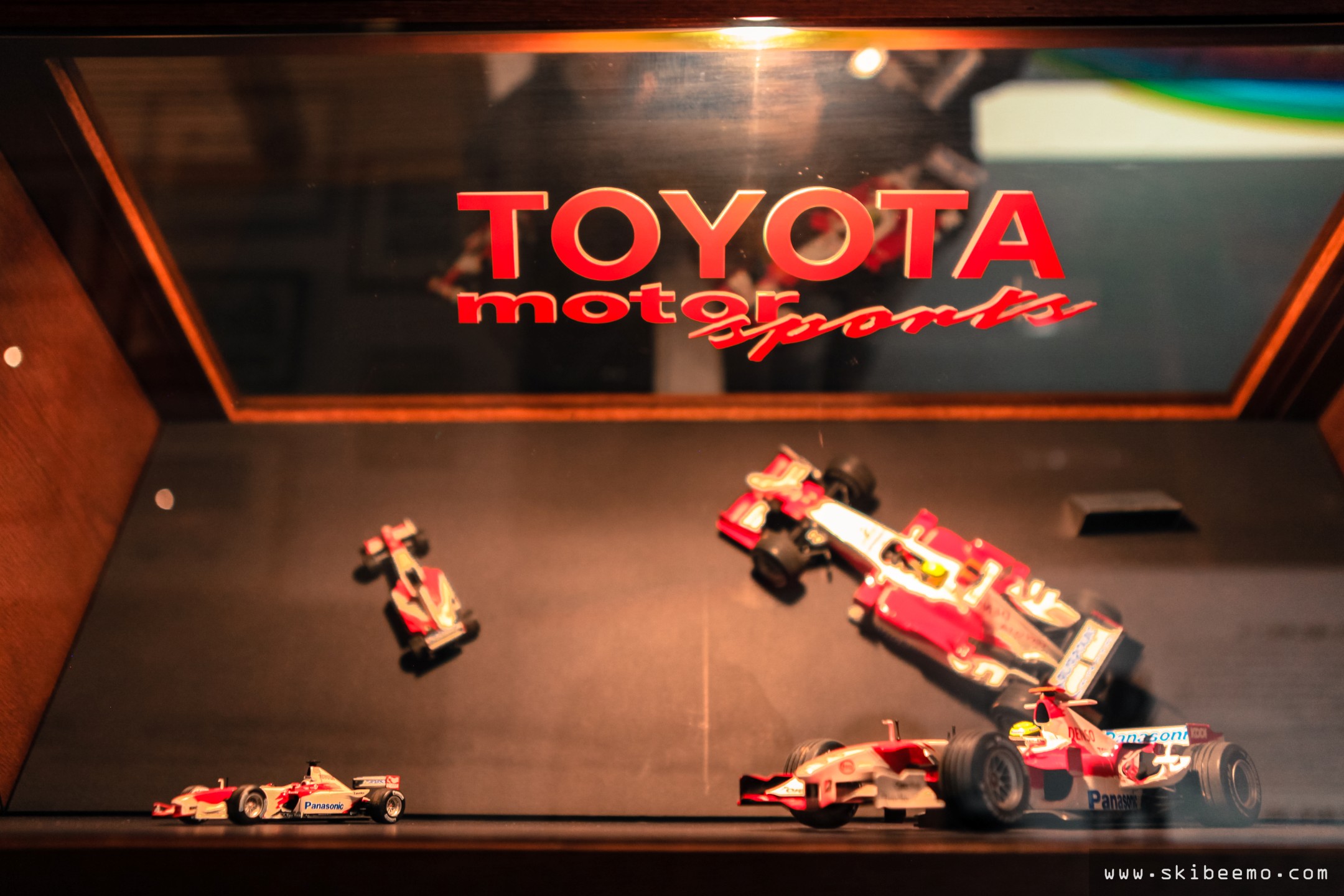

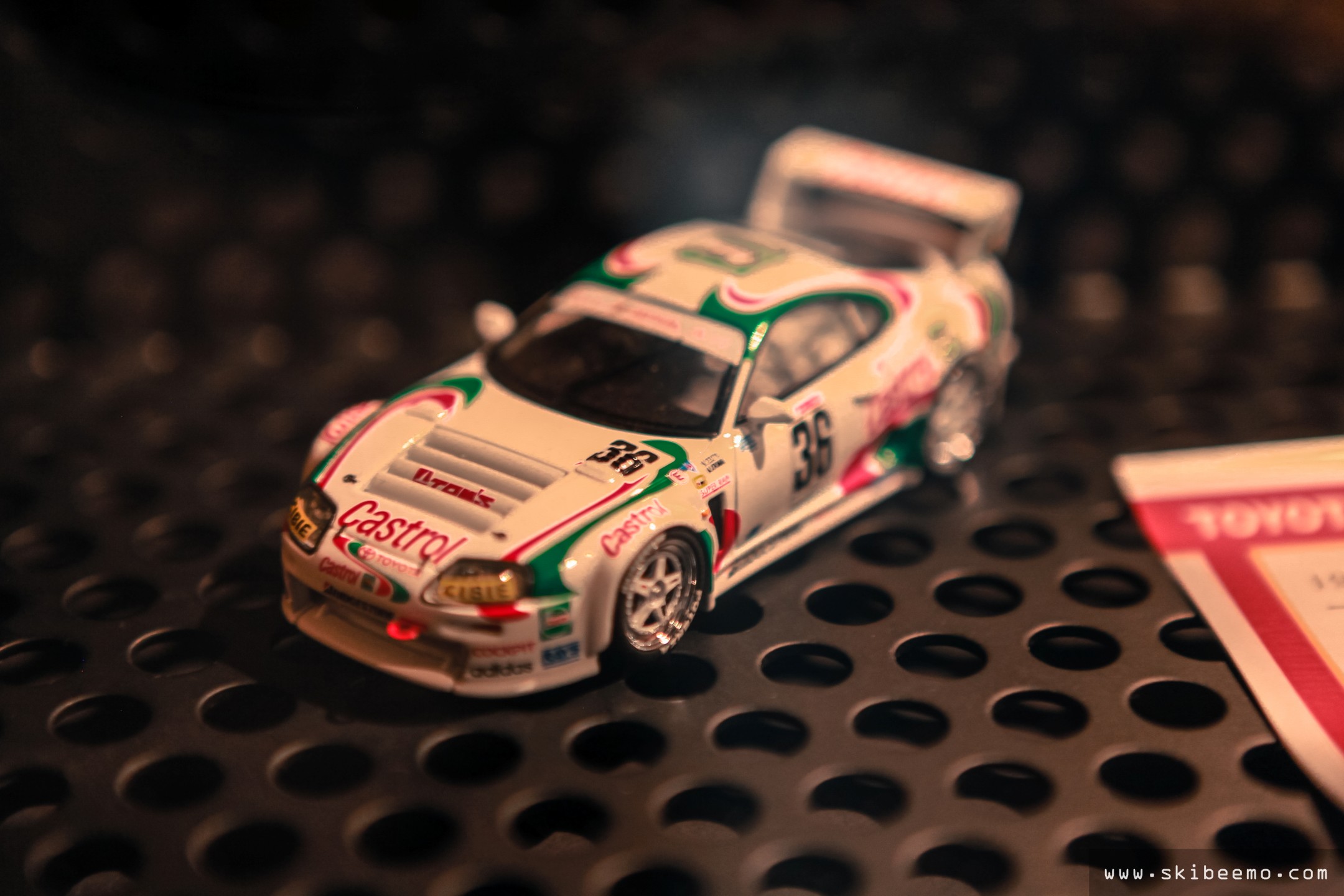
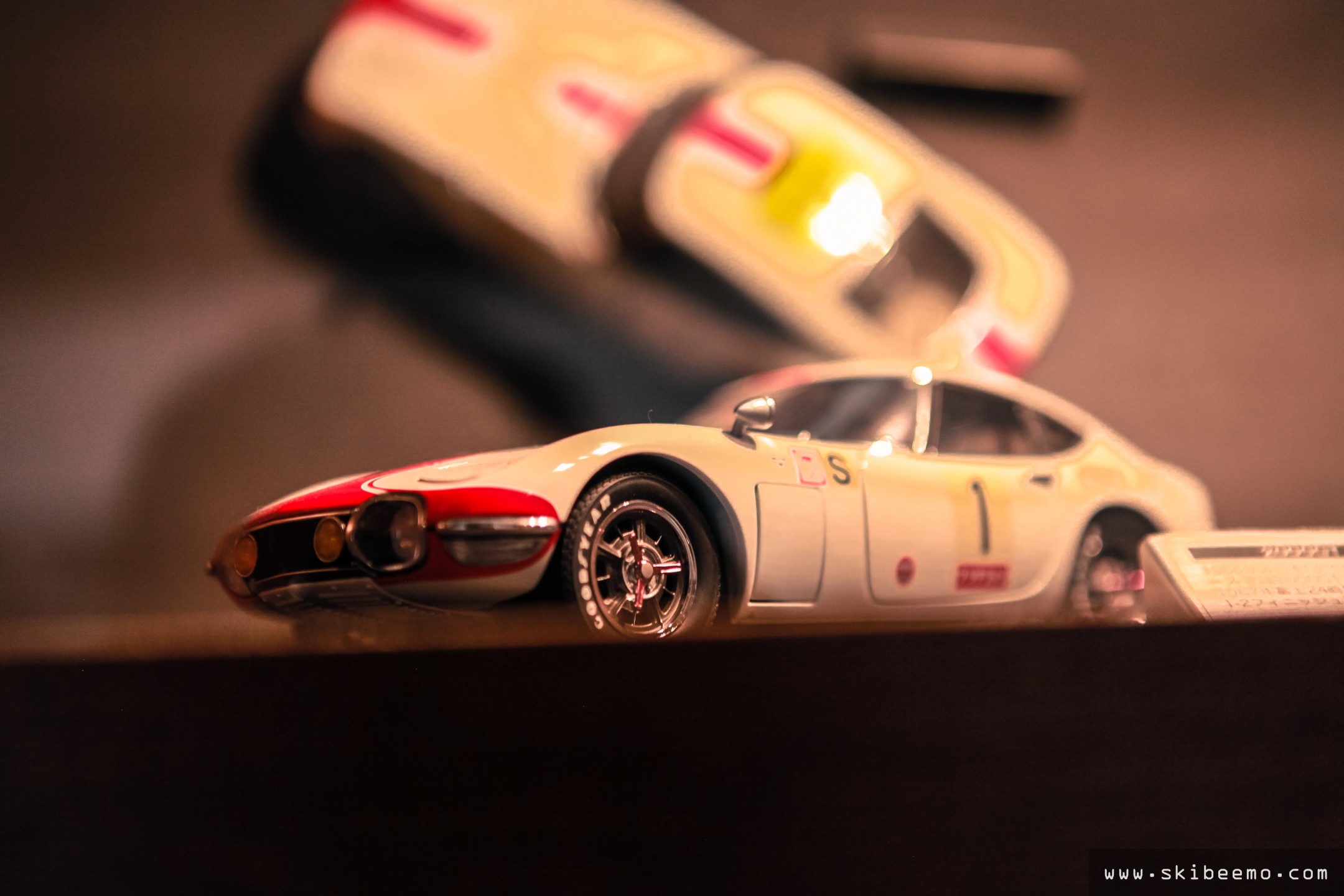
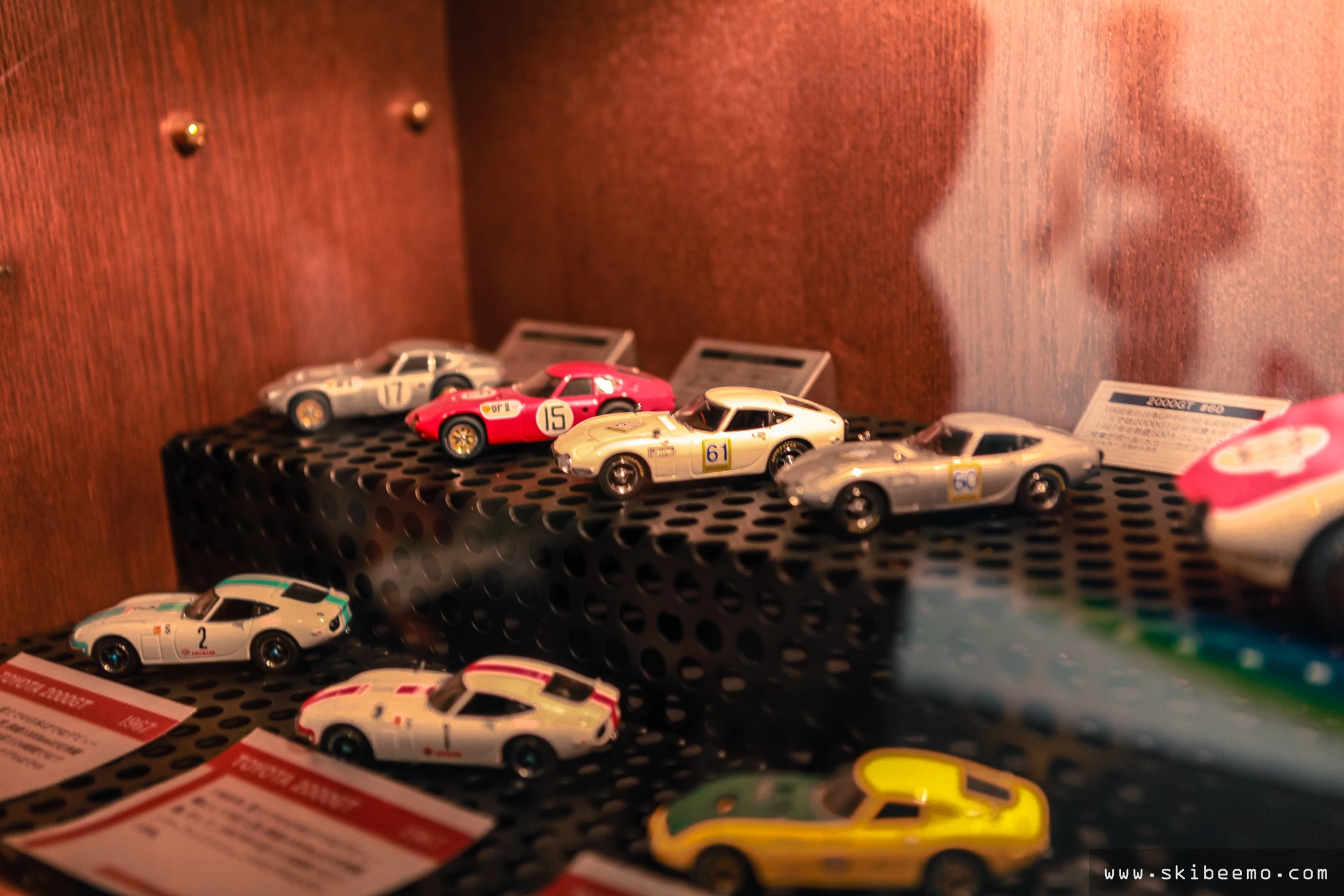
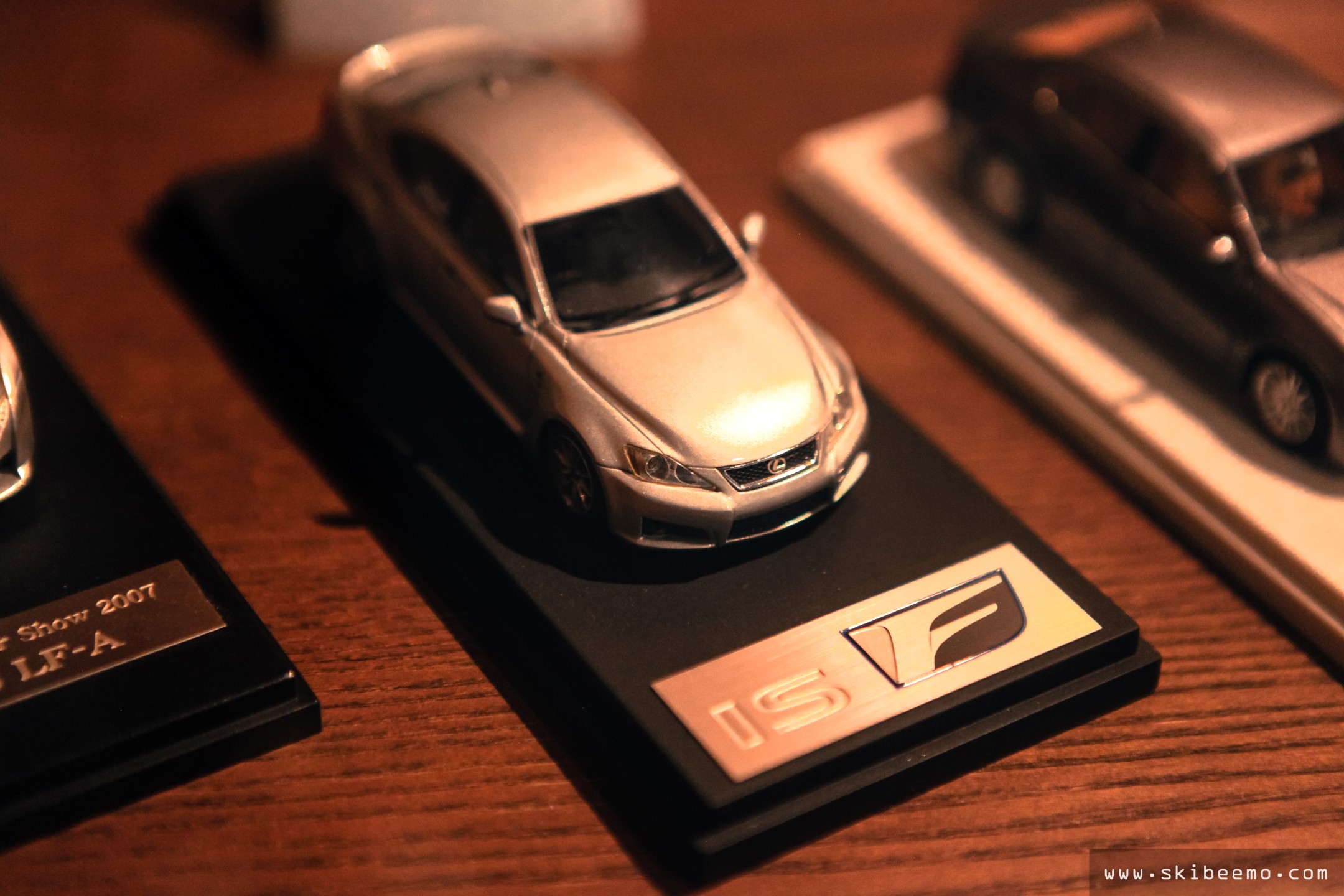
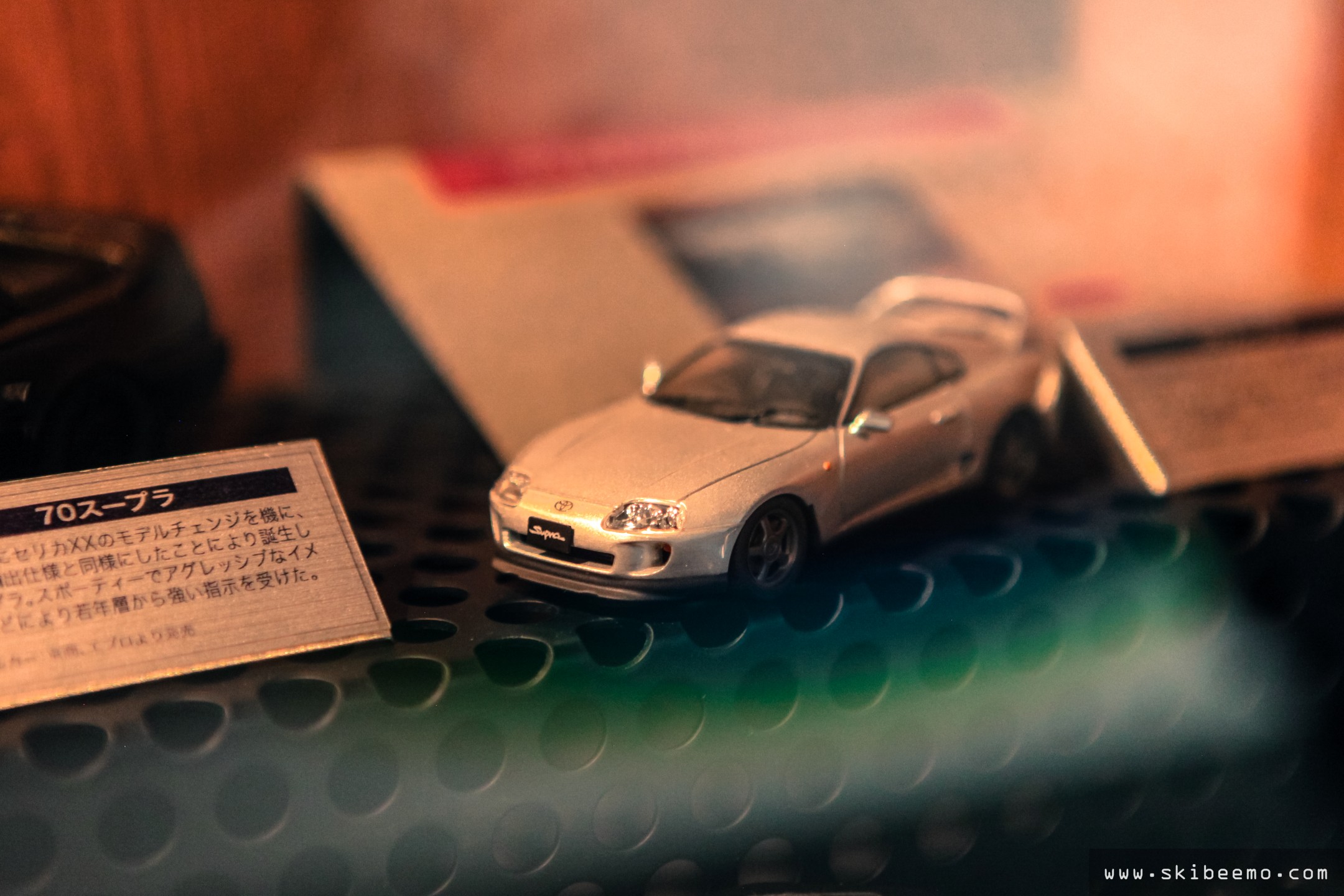
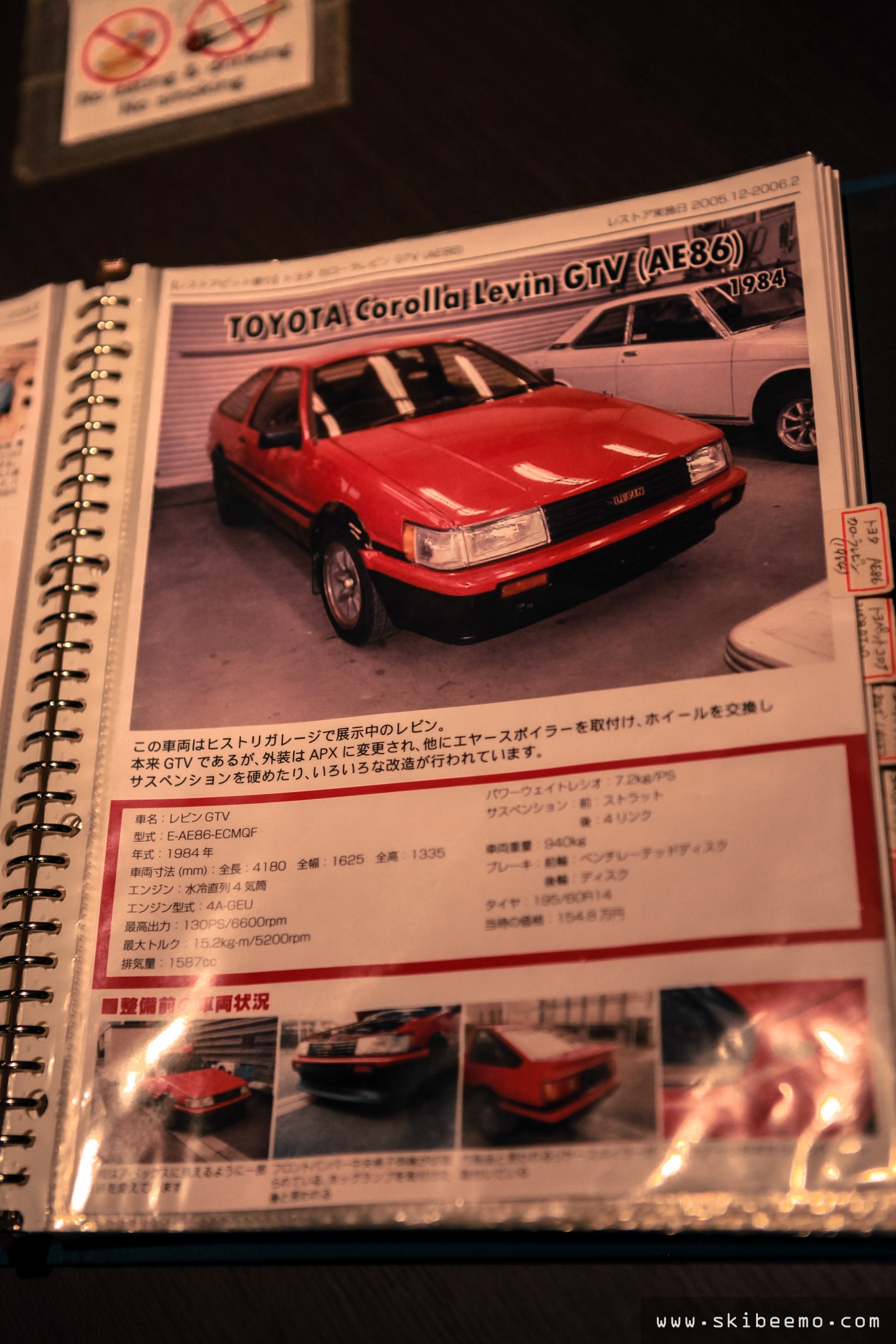
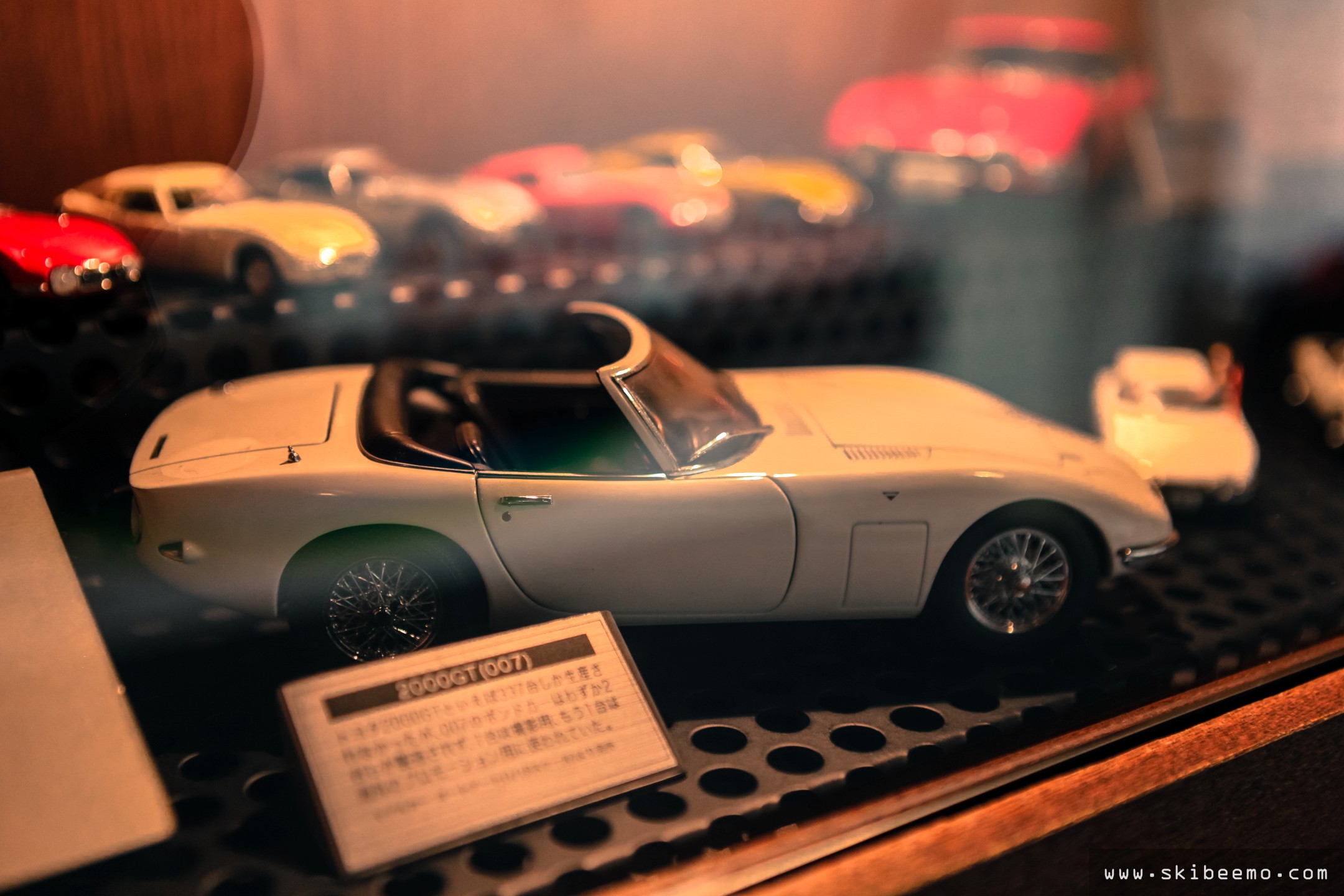
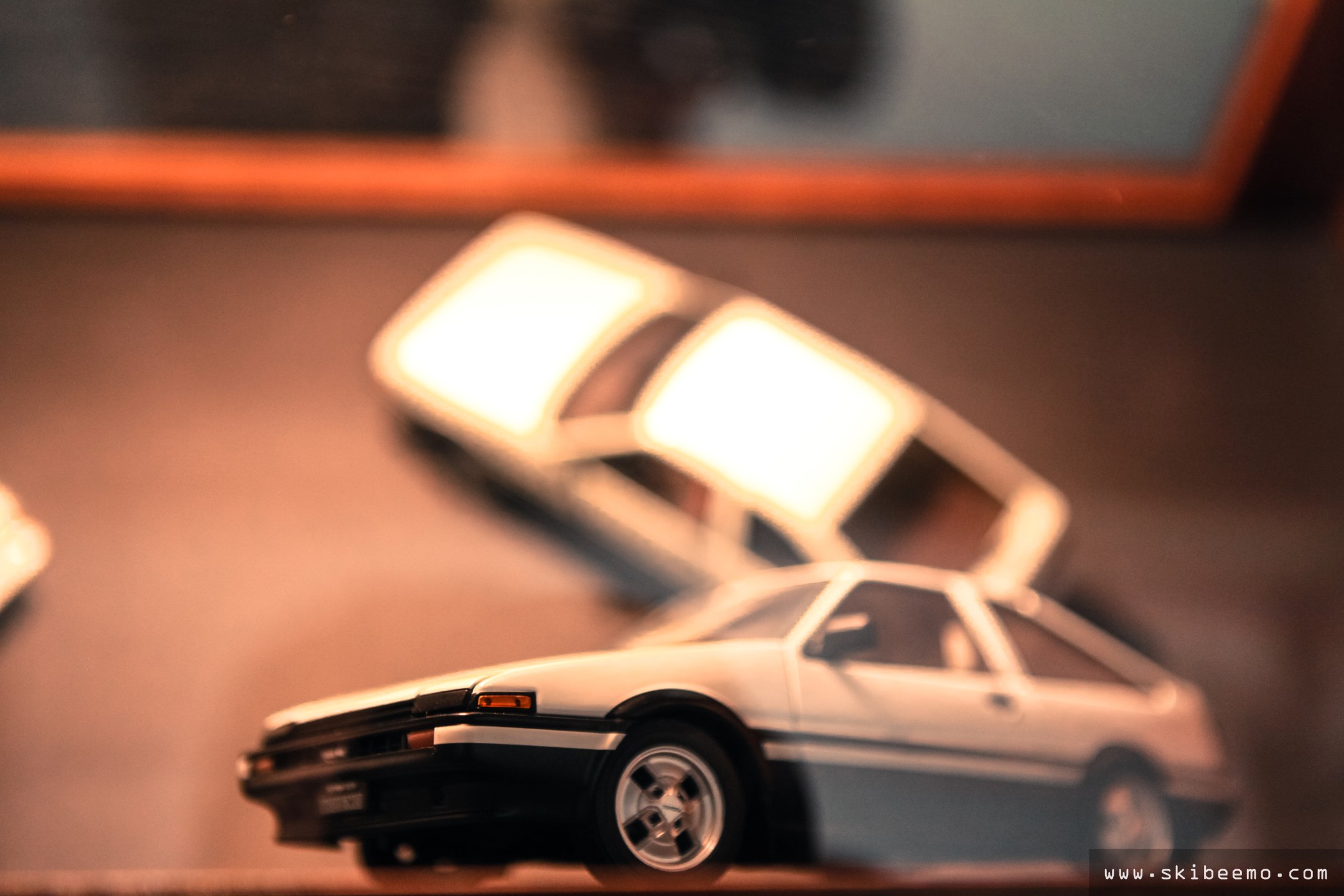
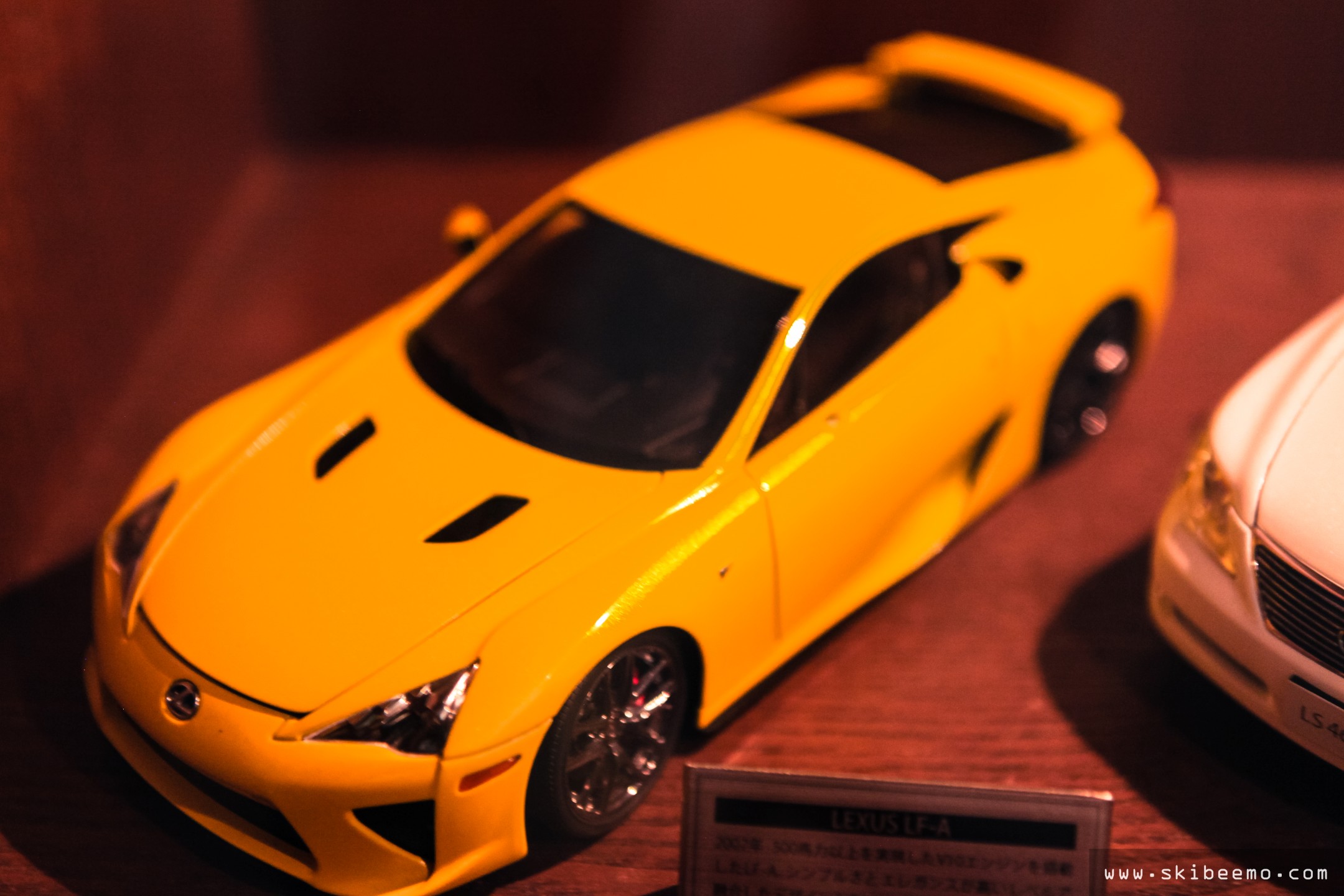
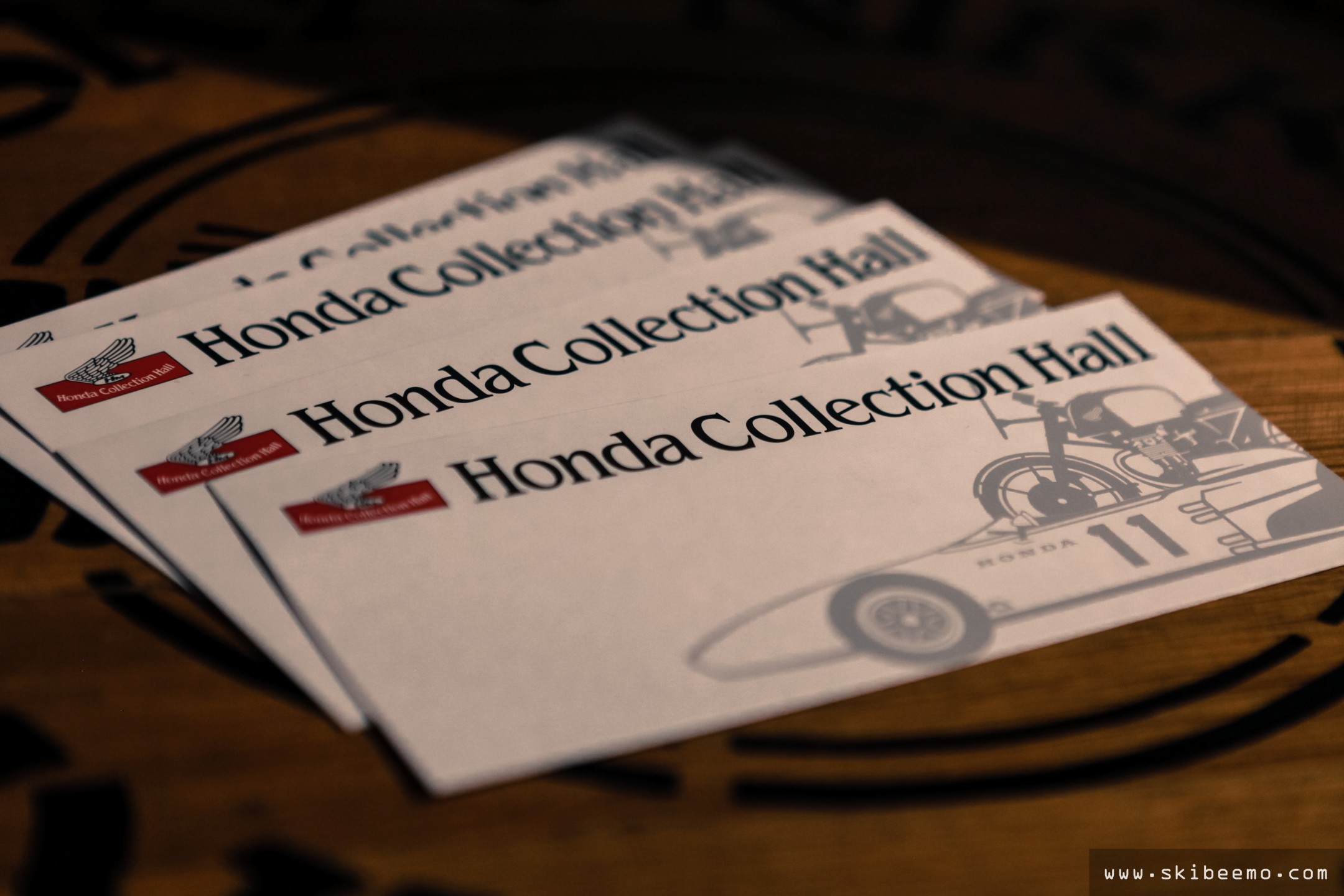
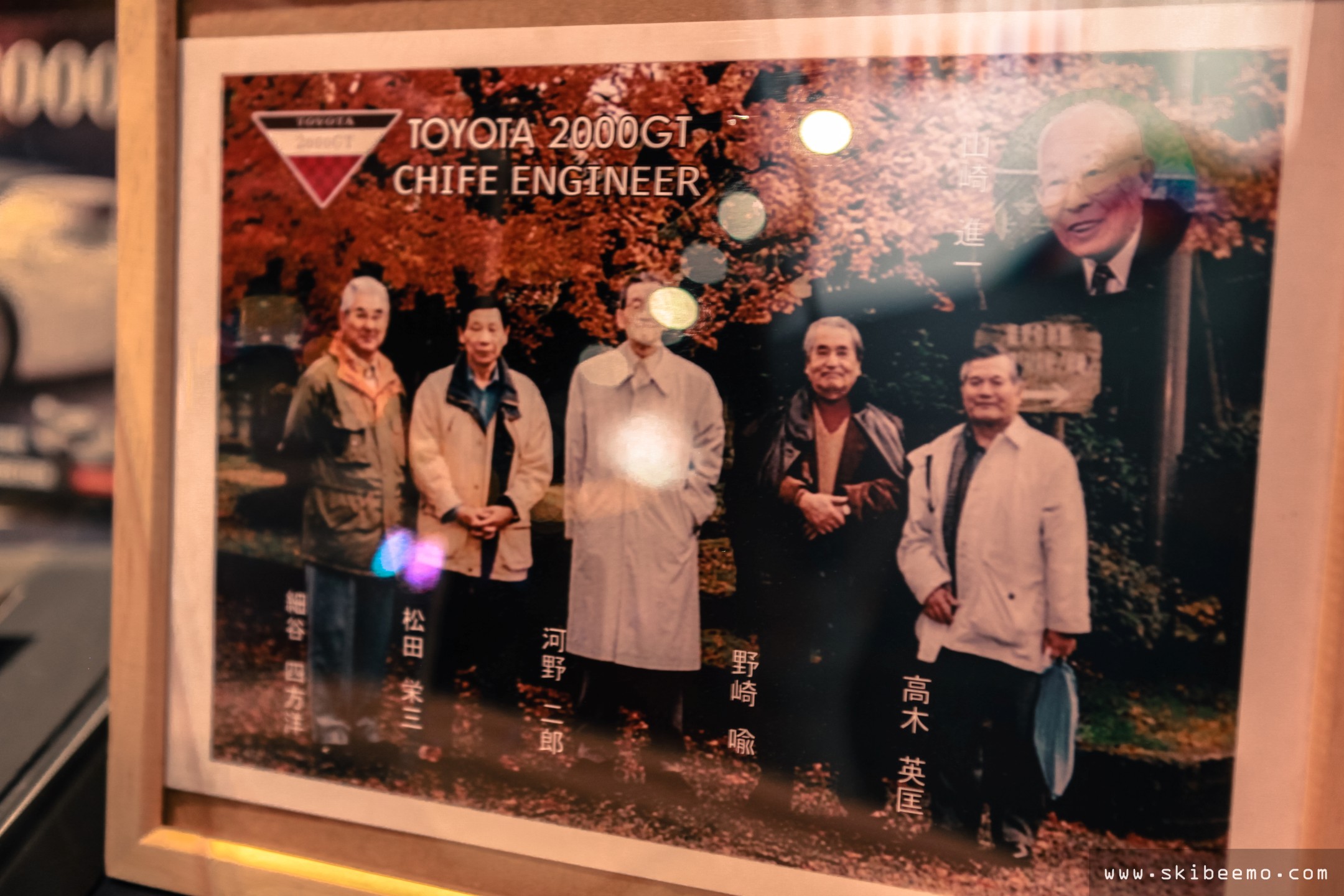
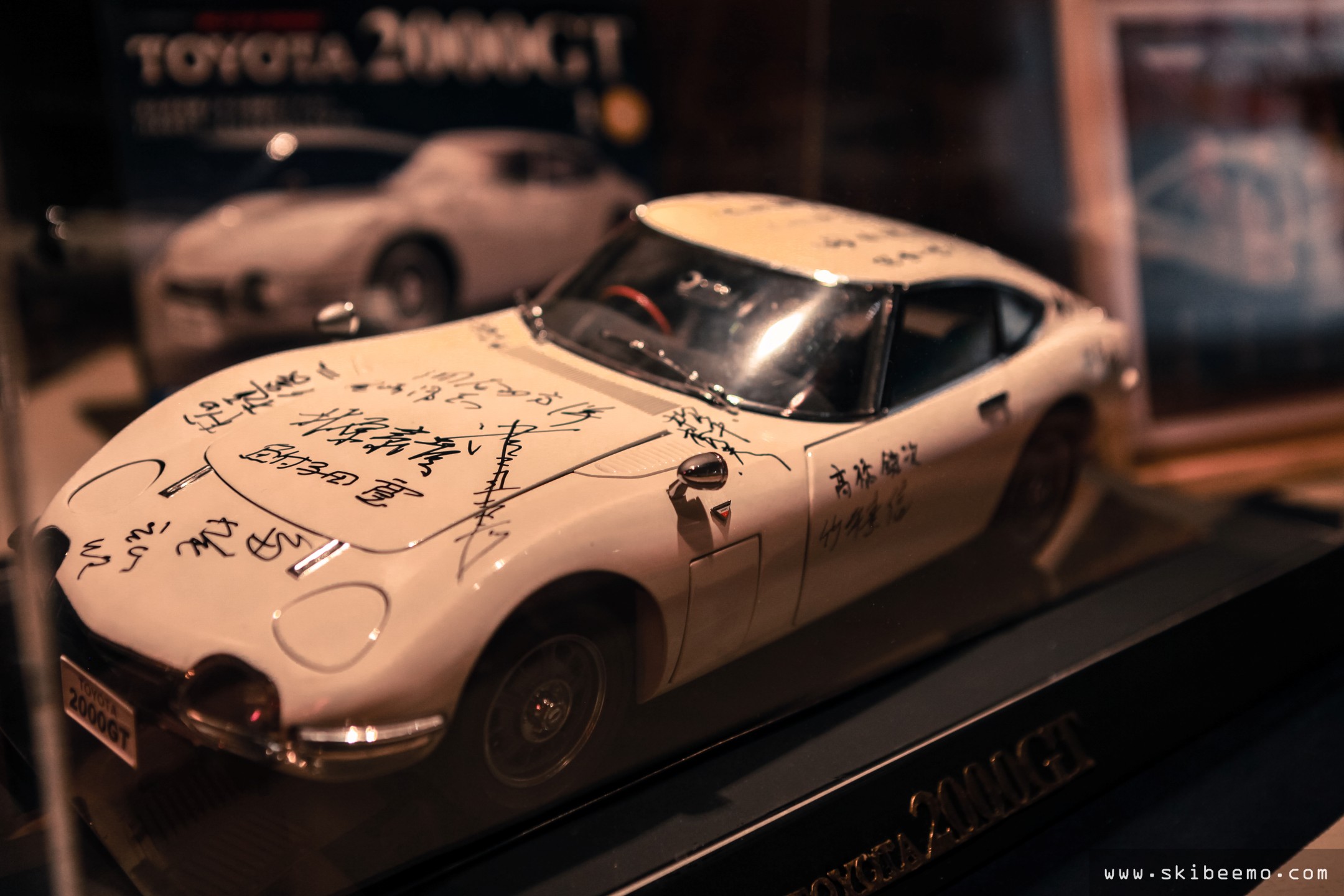
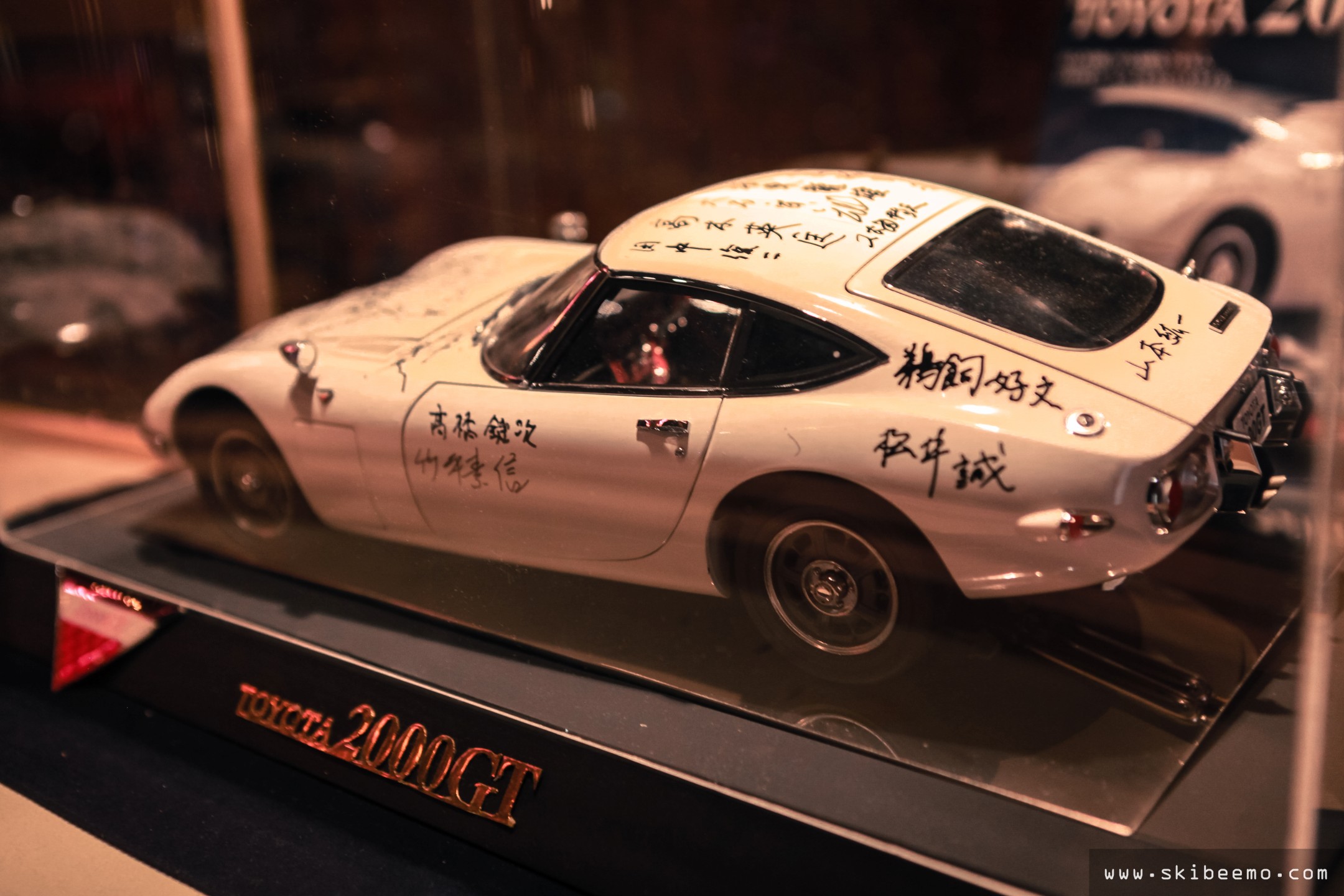
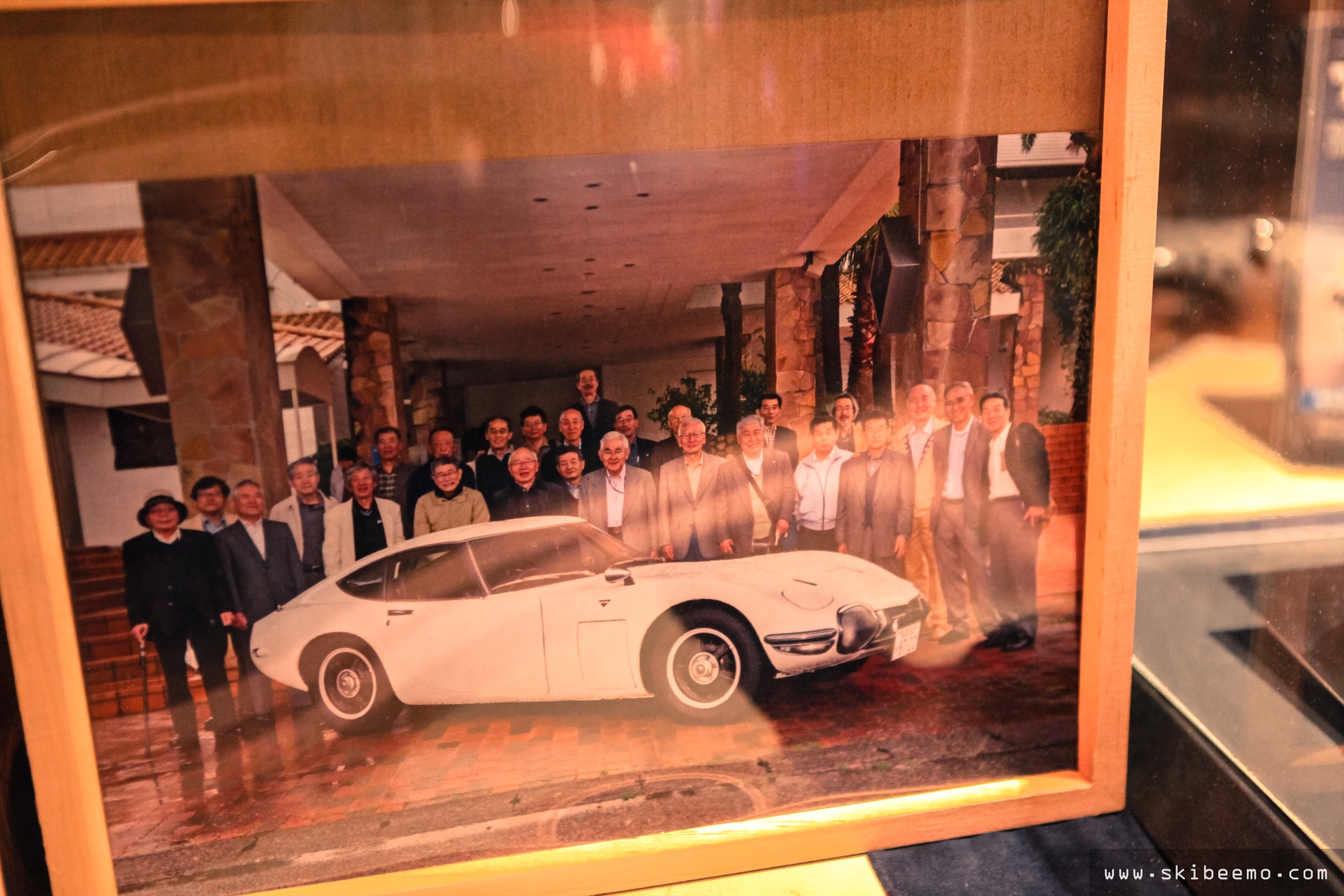
Travelling along…singing our song.
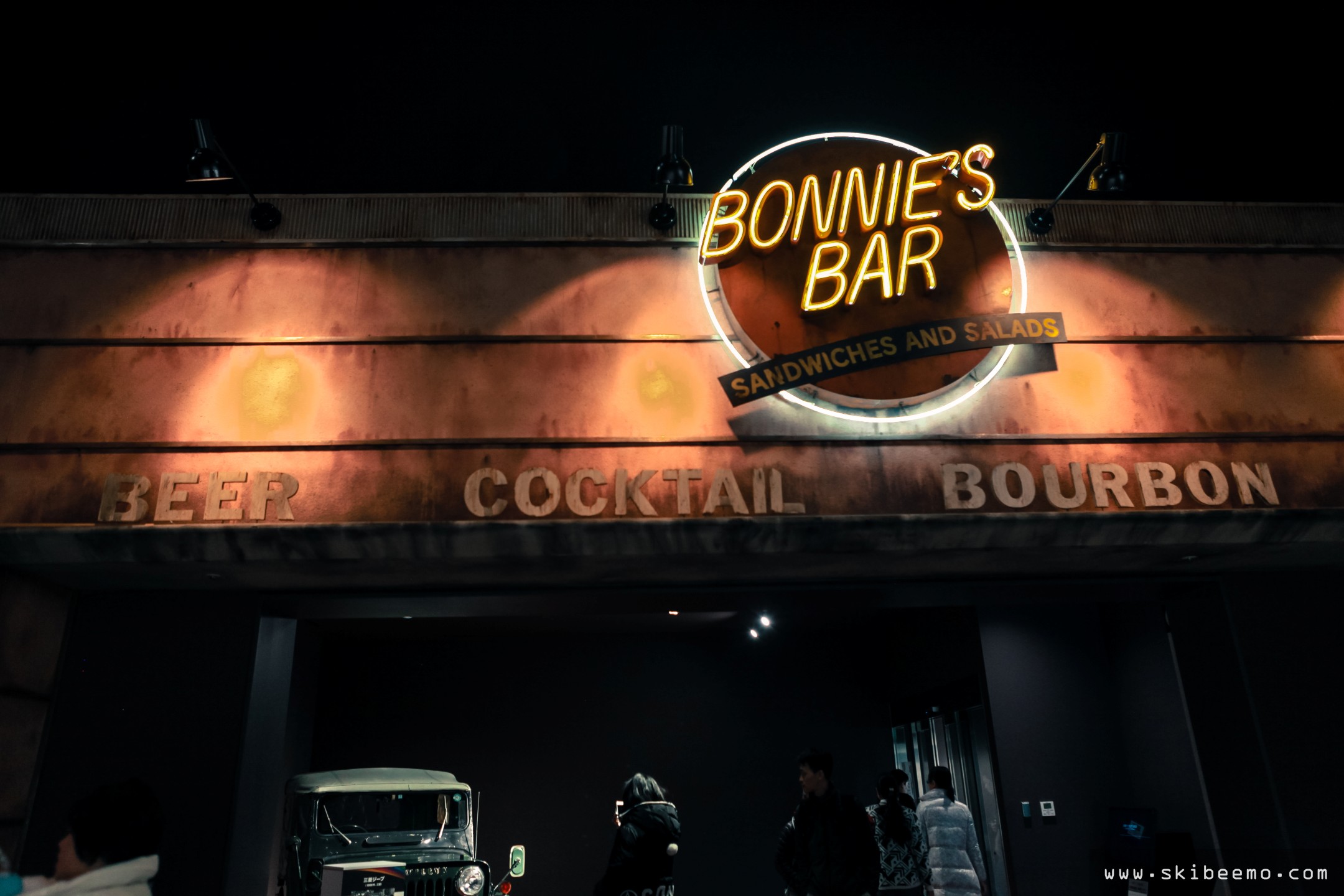
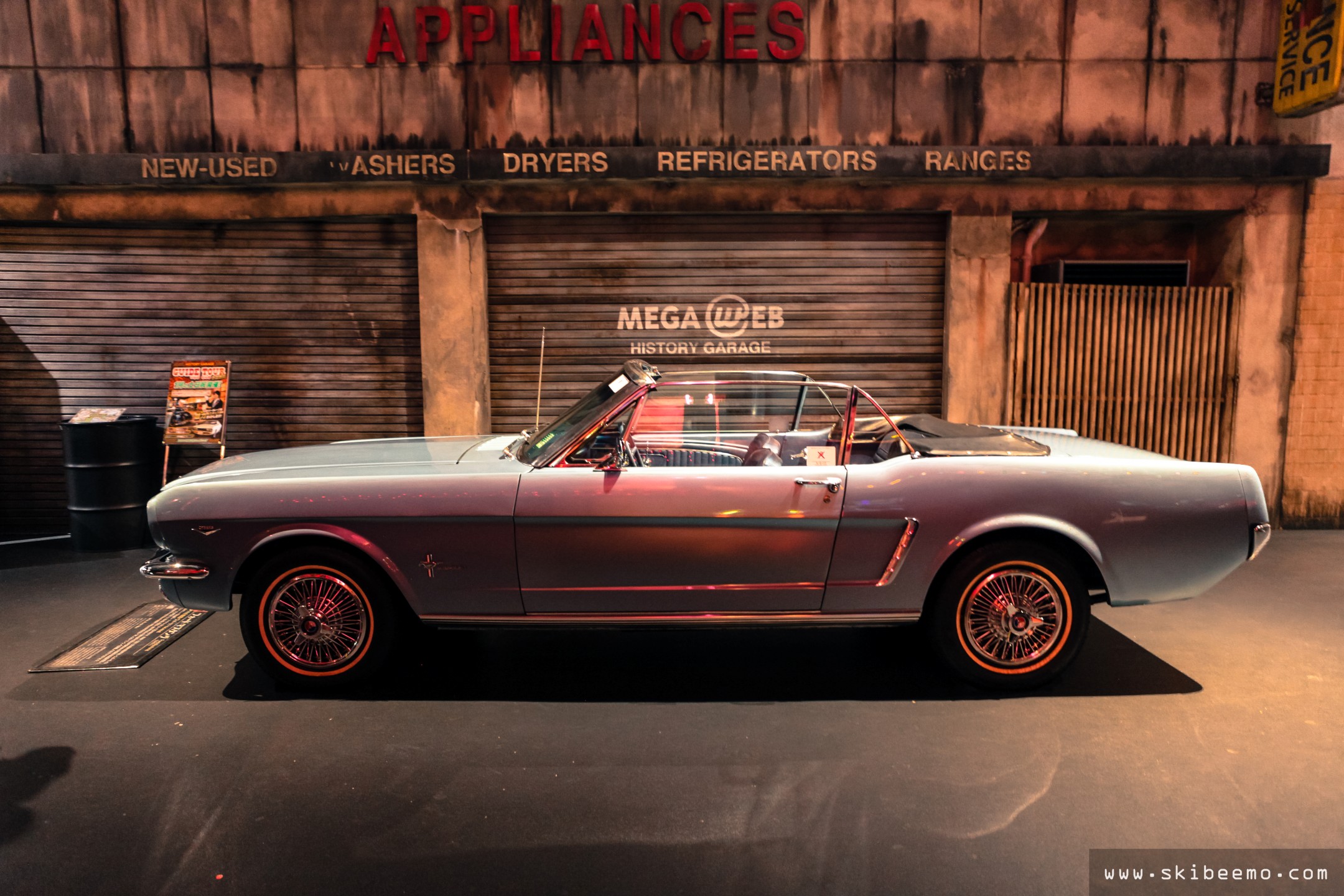
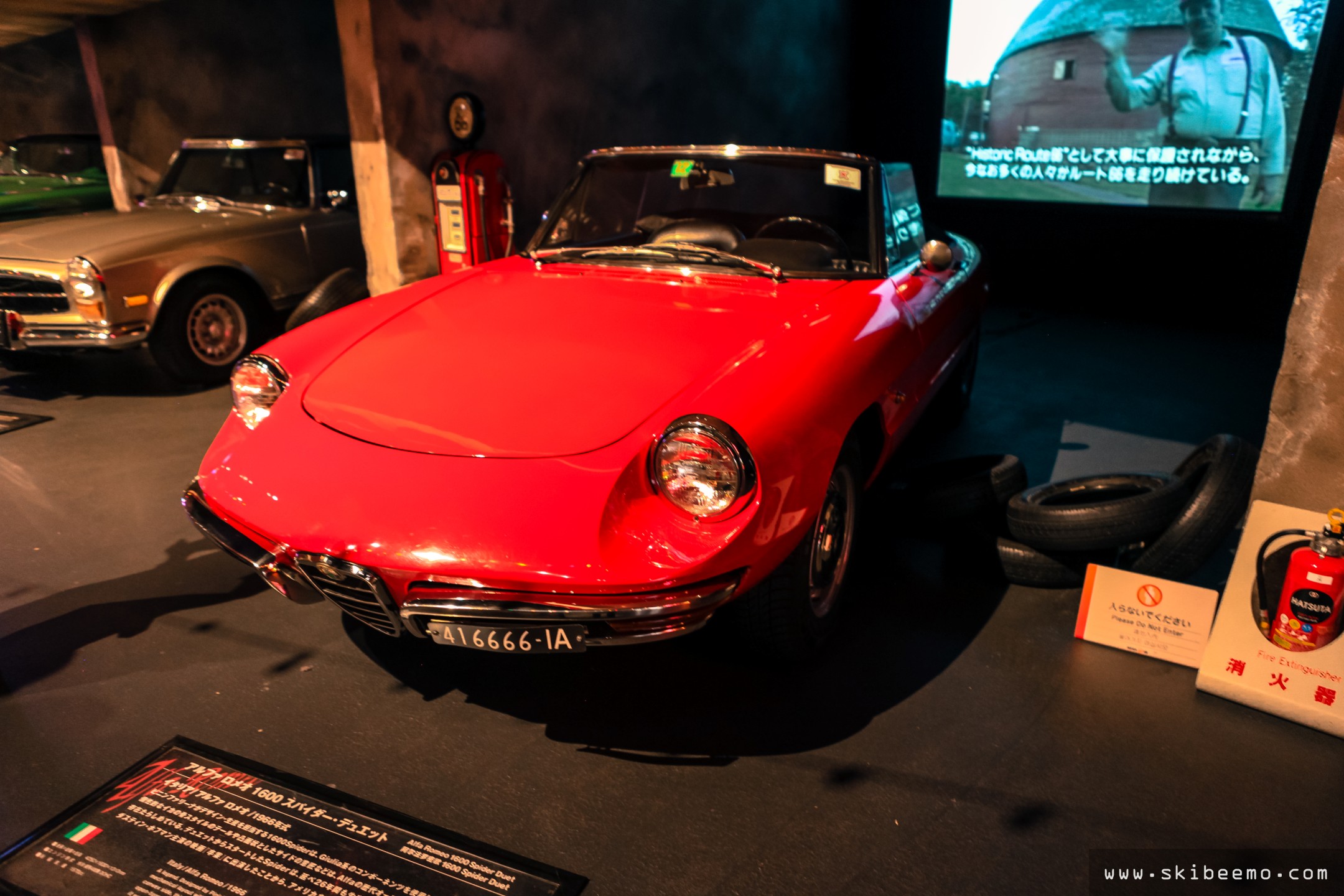
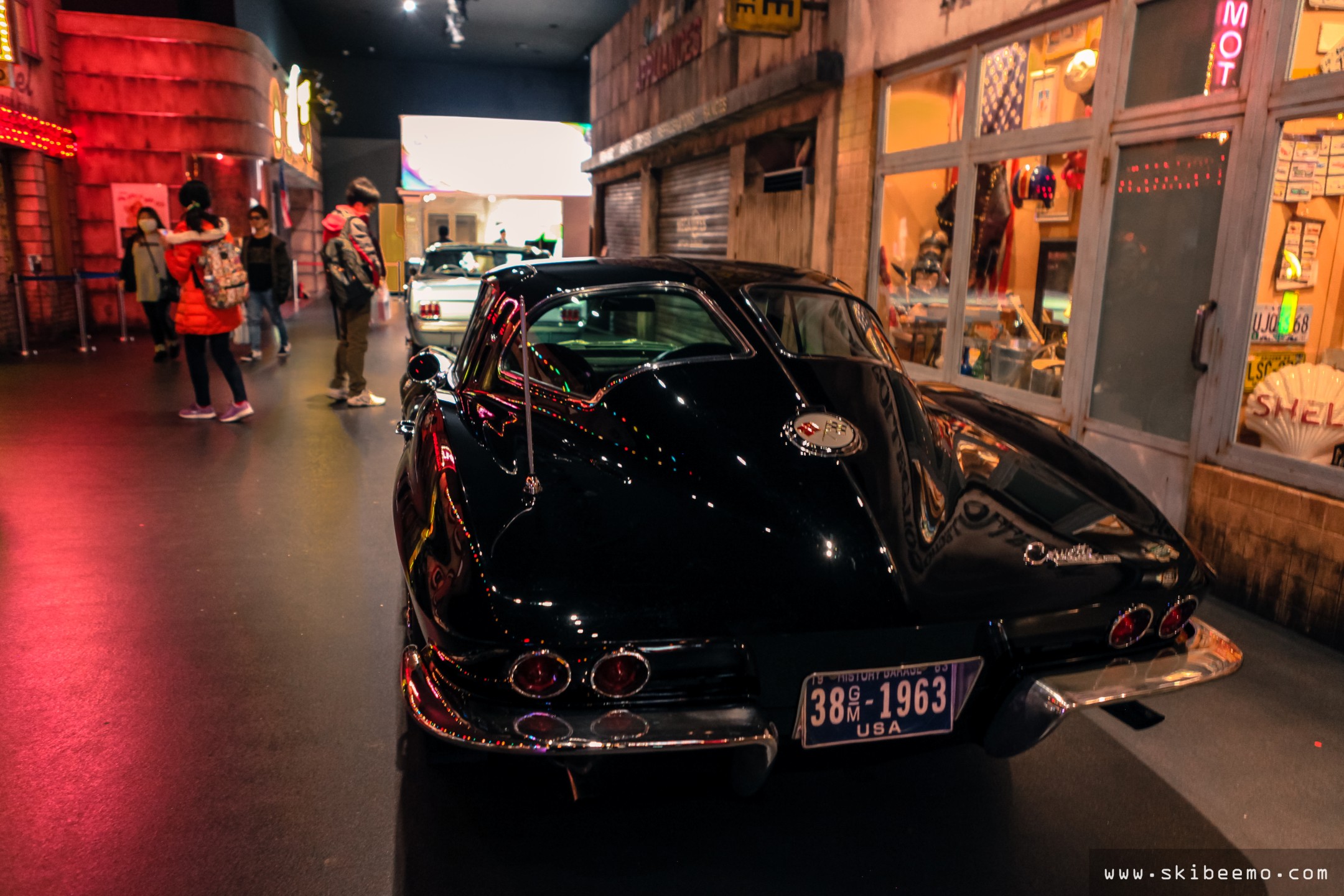
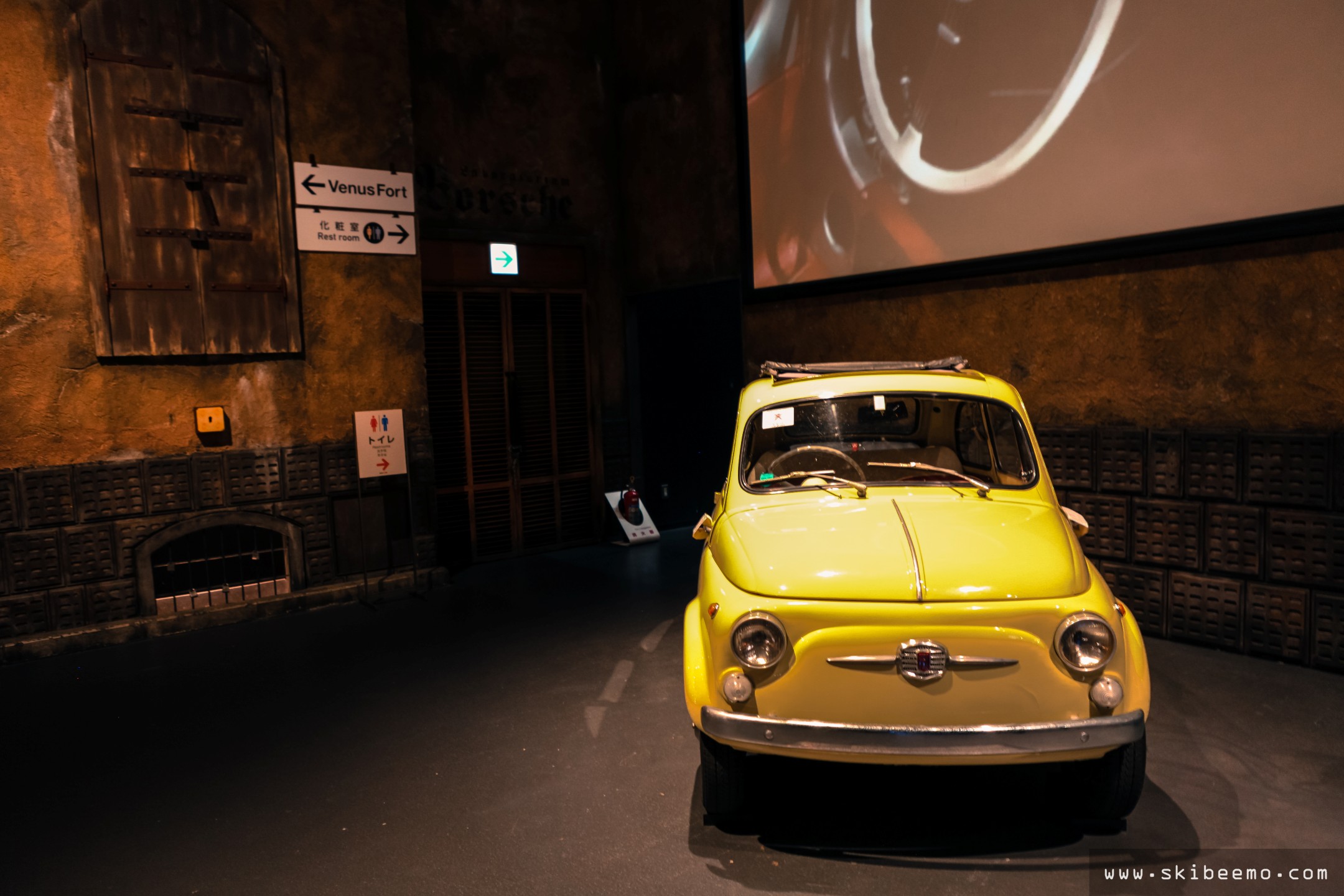
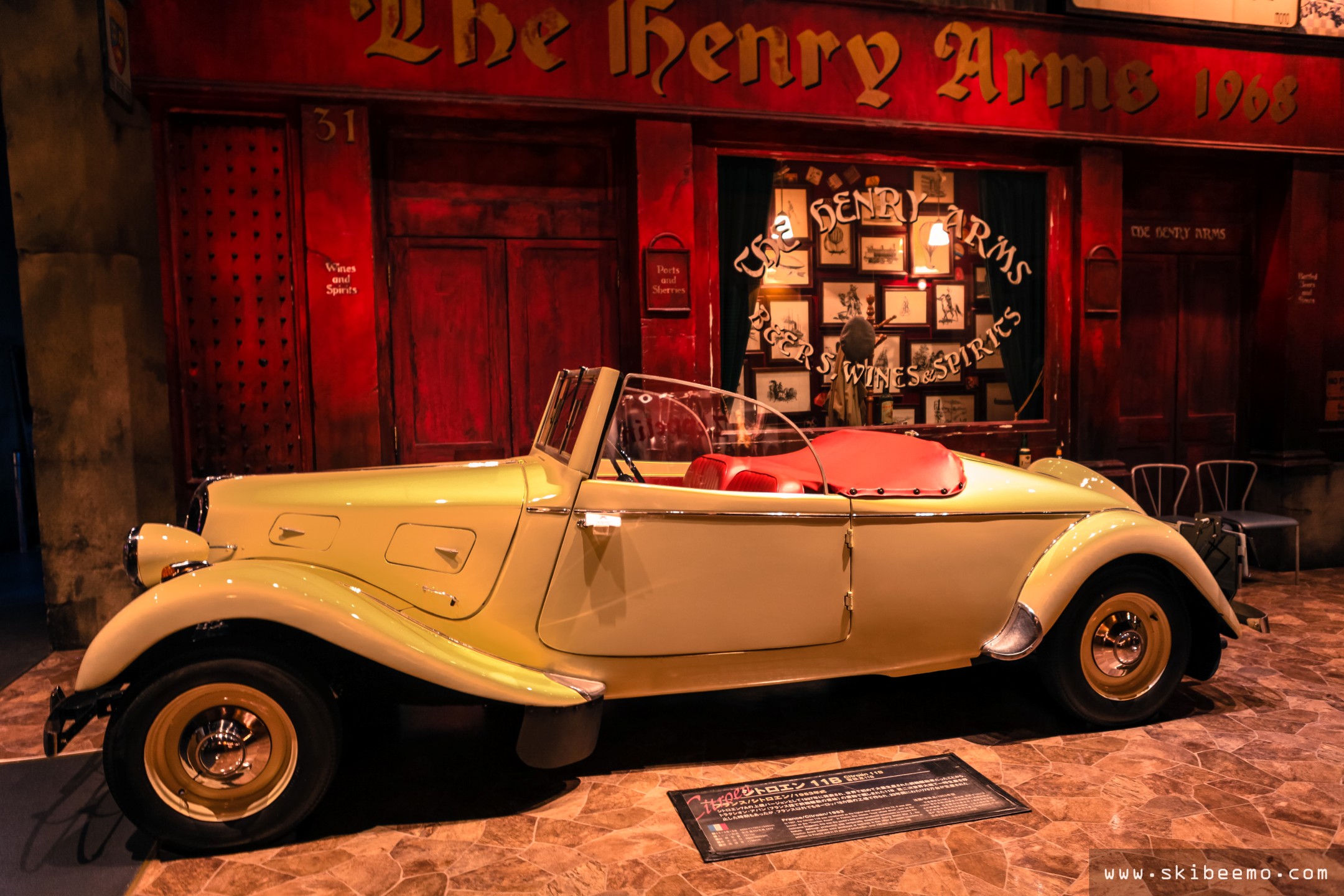
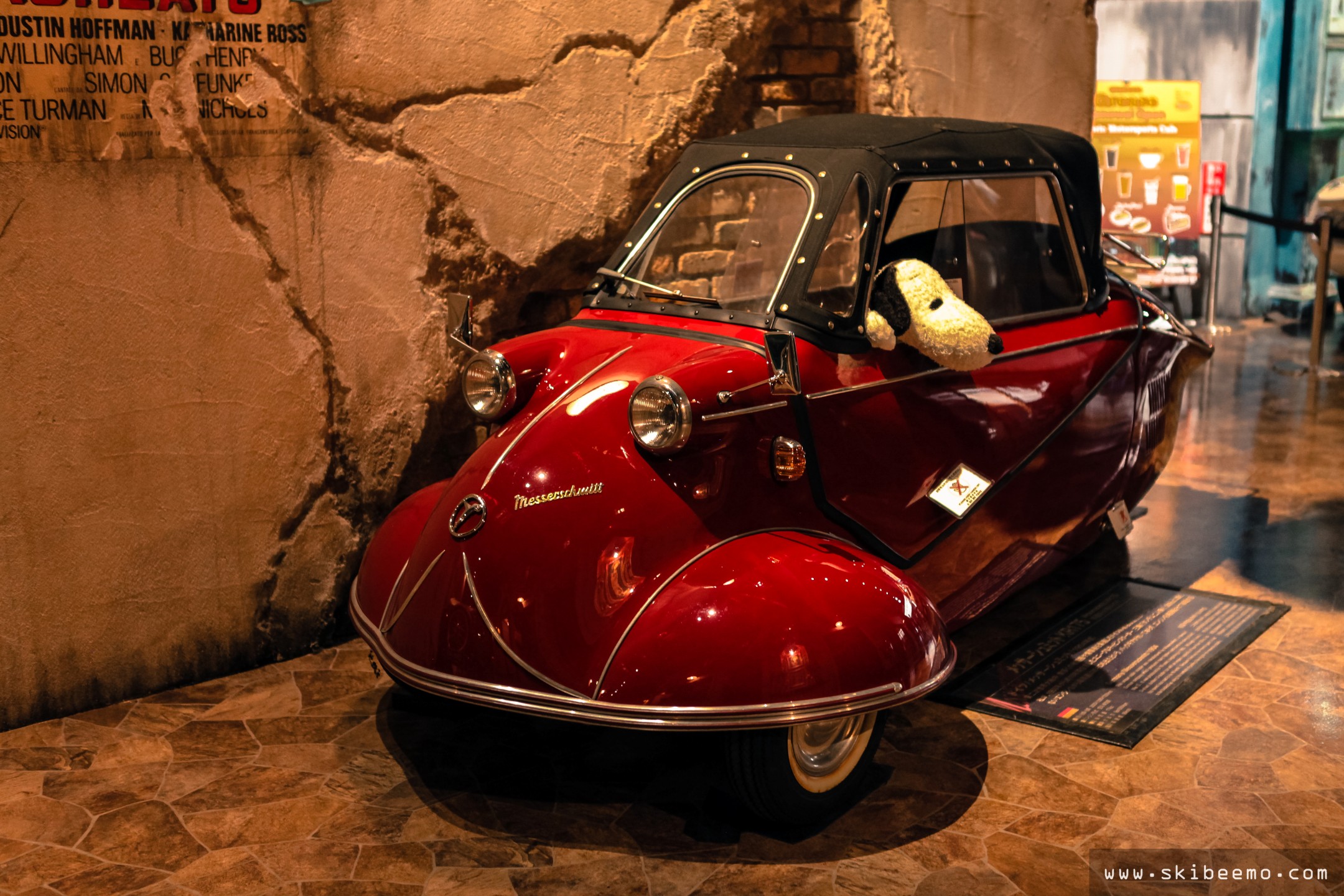
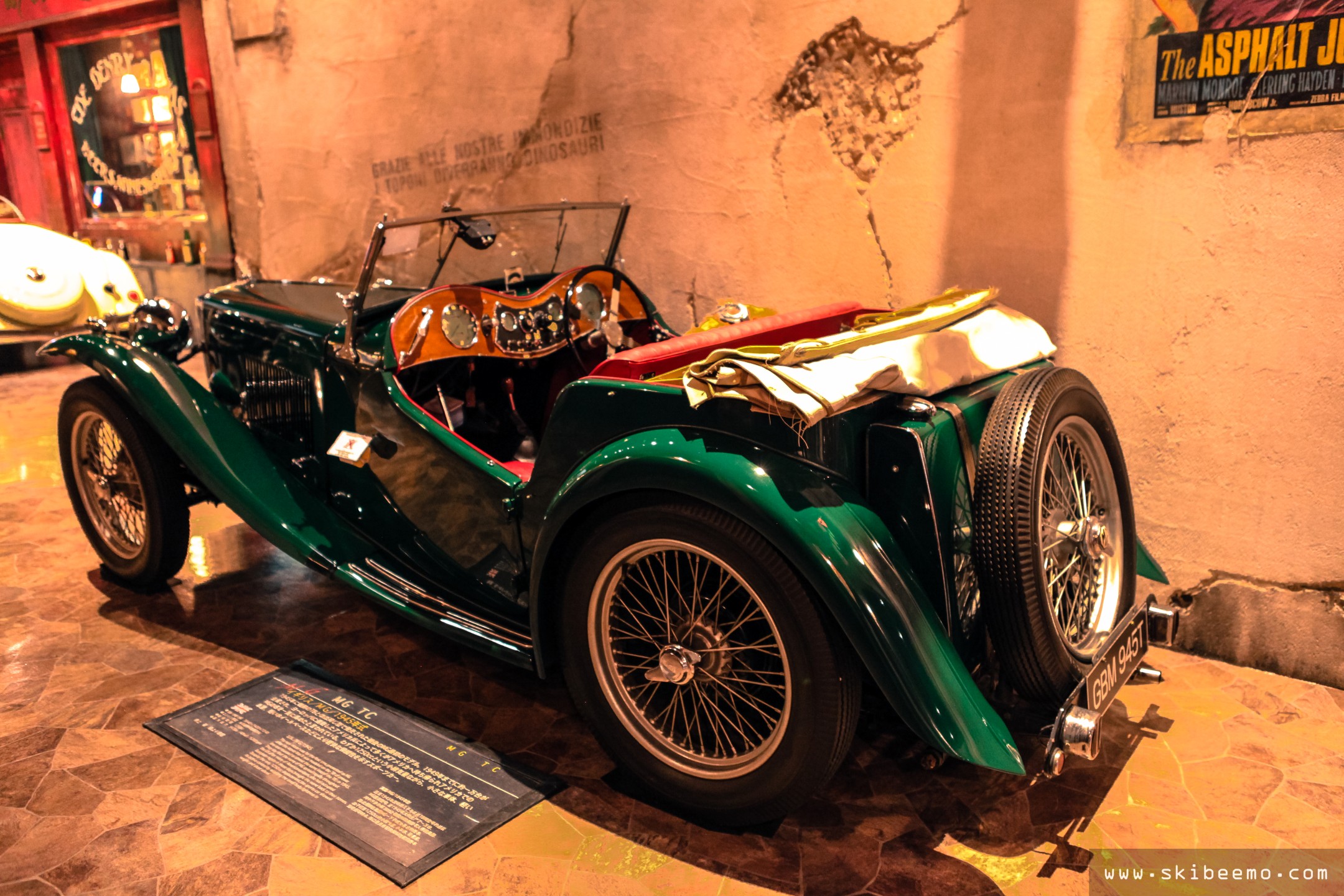
From this in-door spot, you can view a section of the circuit used as part of the Mega Web’s test drive activity.
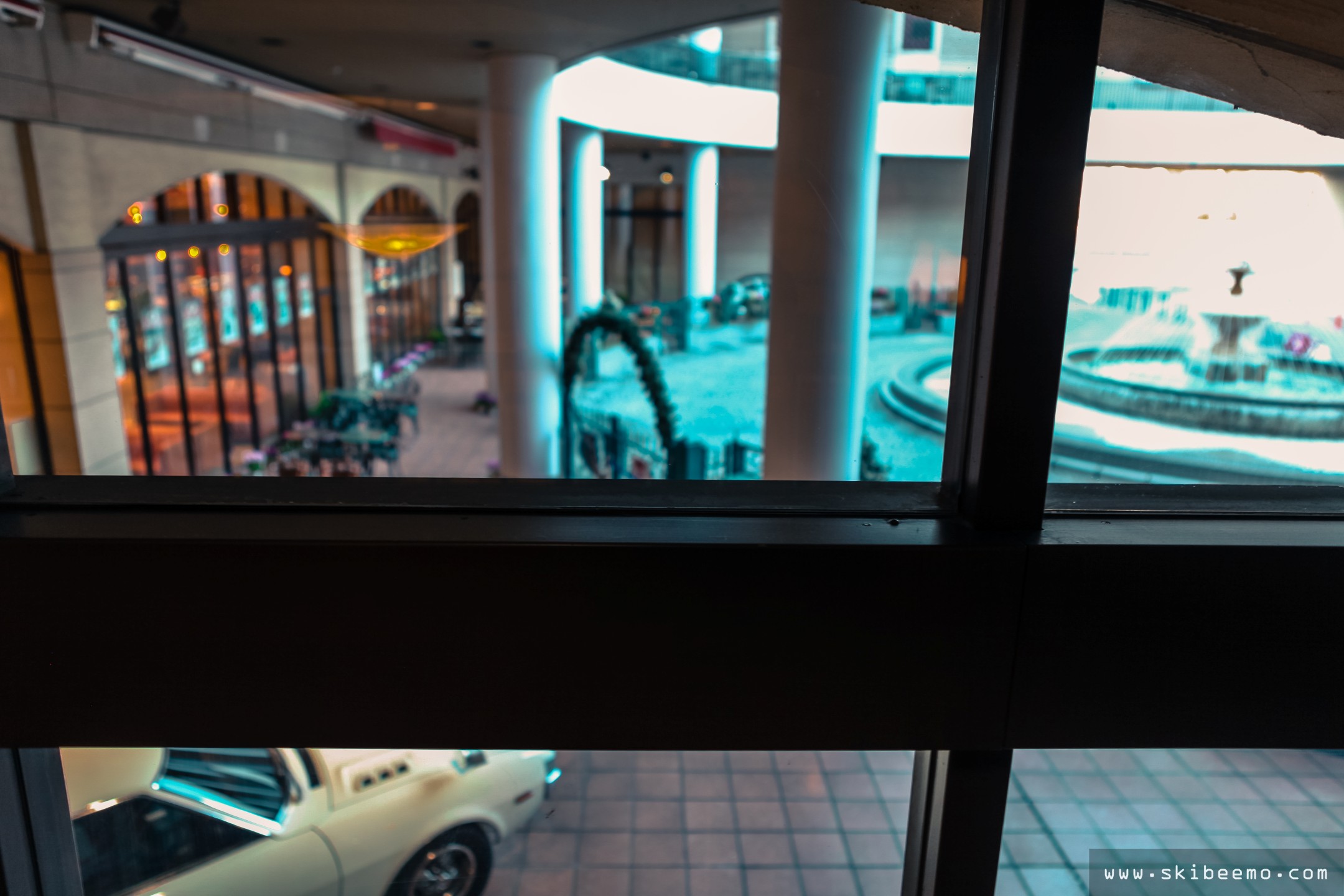
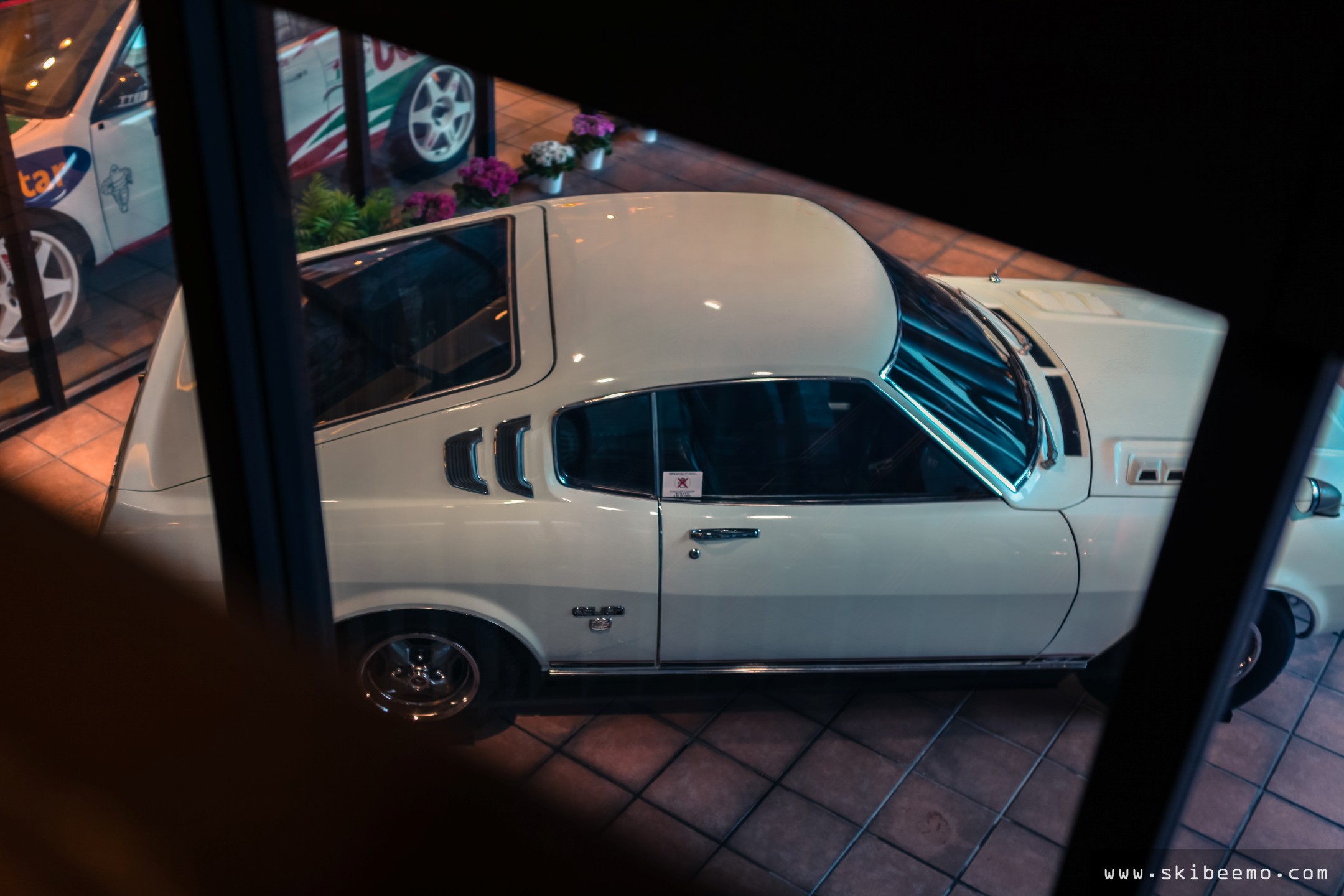
What’s an attraction without a souvenir shop? It took a lot of discipline to browse through everything without any cash evaporating from my wallet. Casually parked near by was the Corolla WRC of French duo, Dider Auriol and Denis Giraudet from the 1998 season. How delightful!
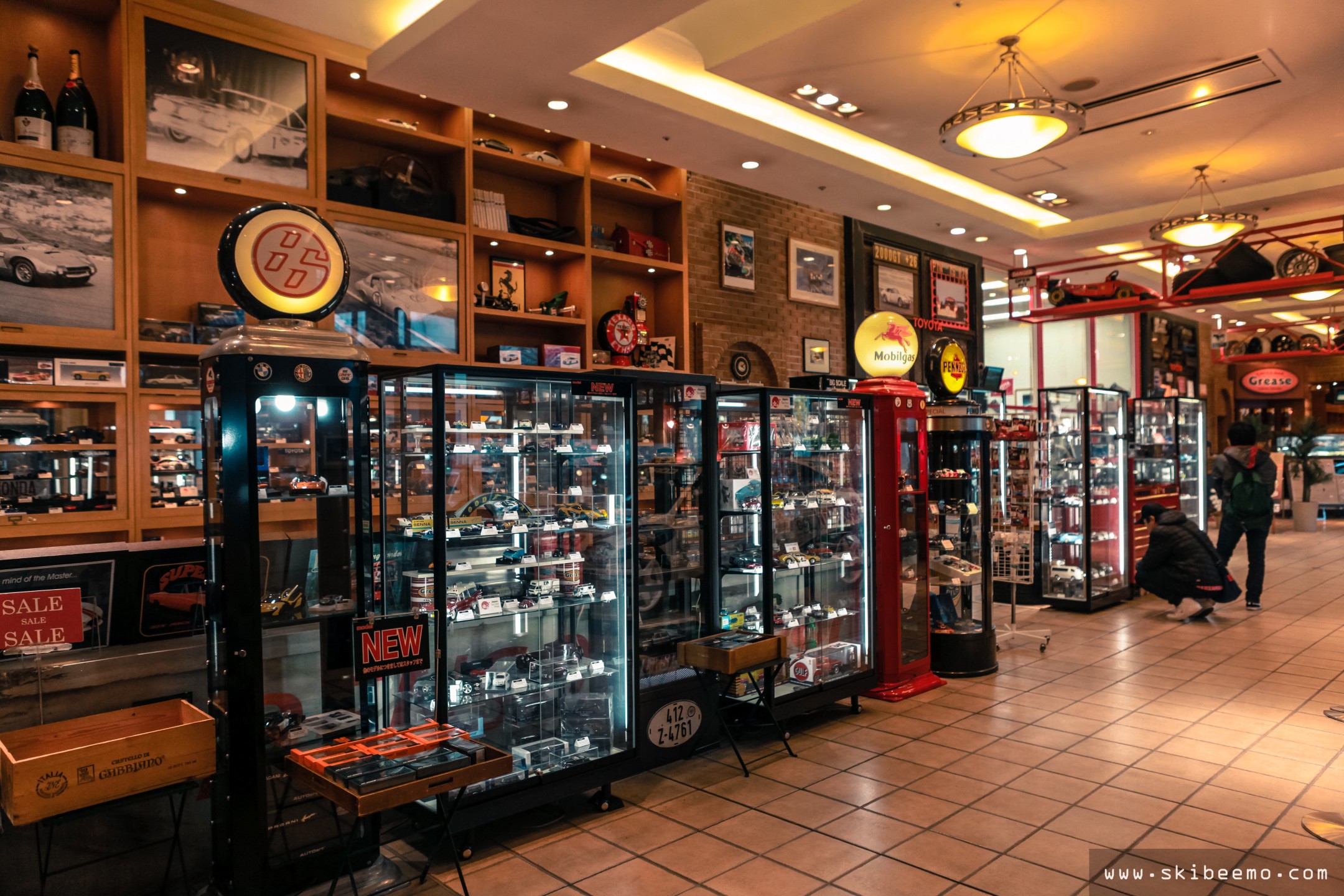
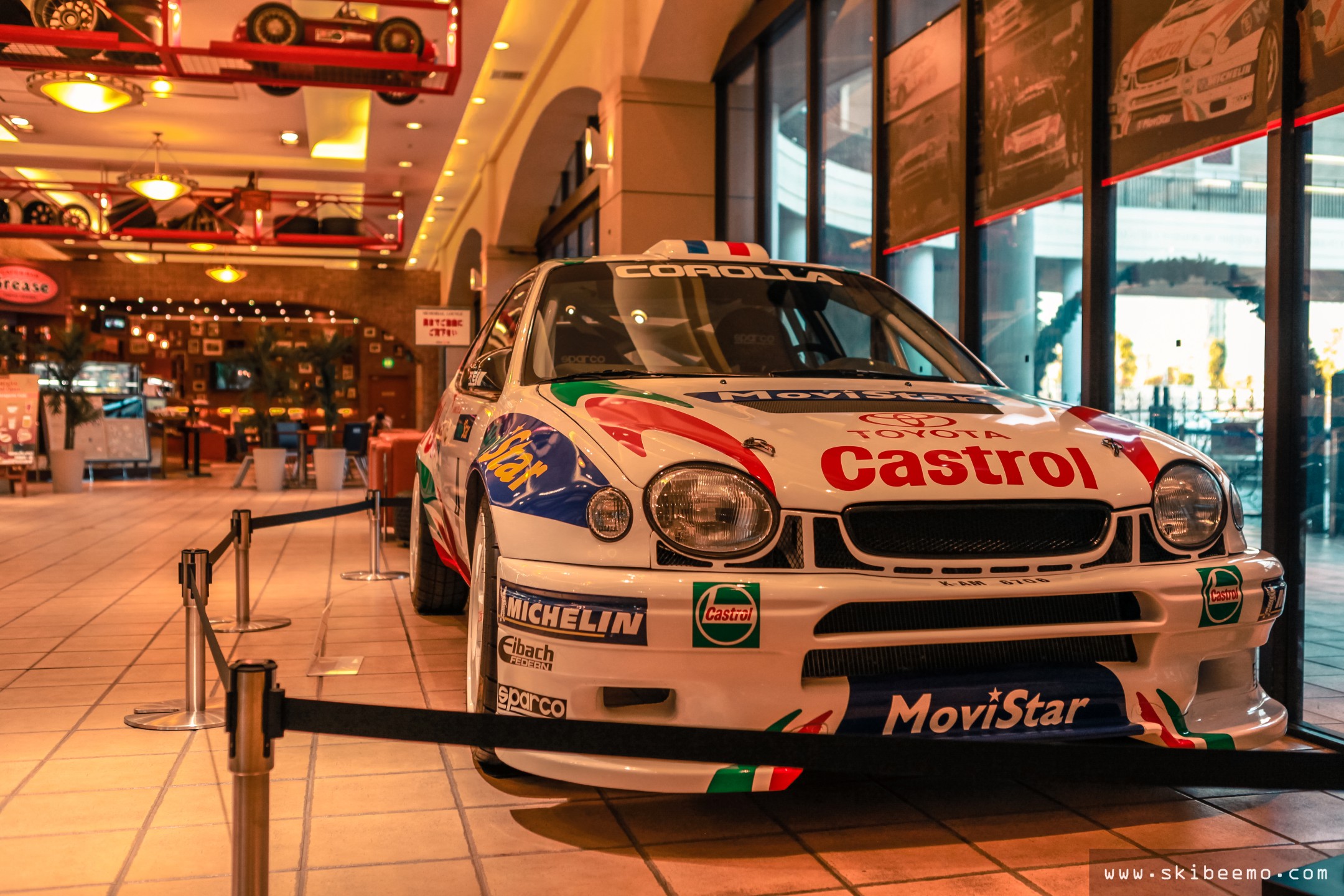
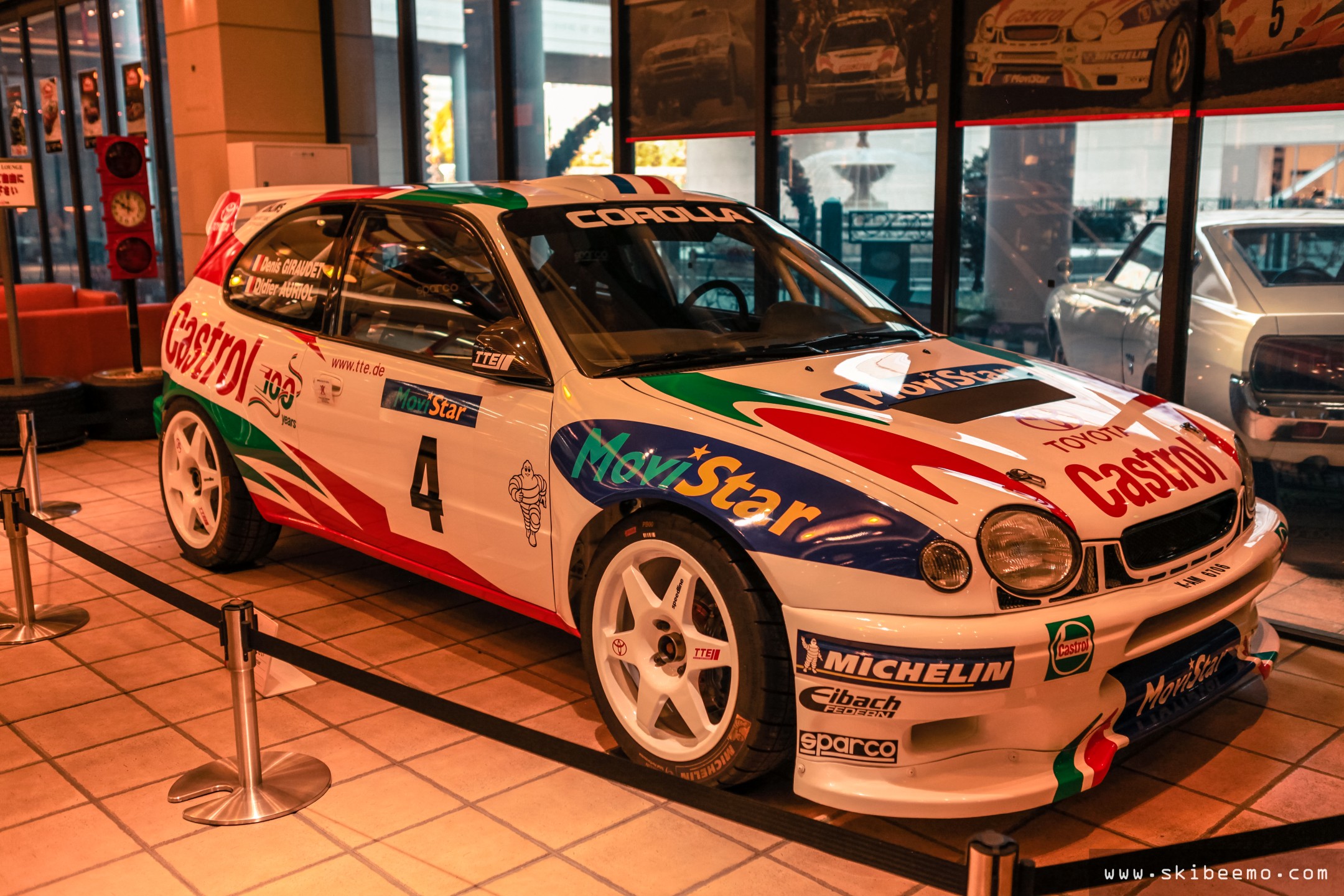
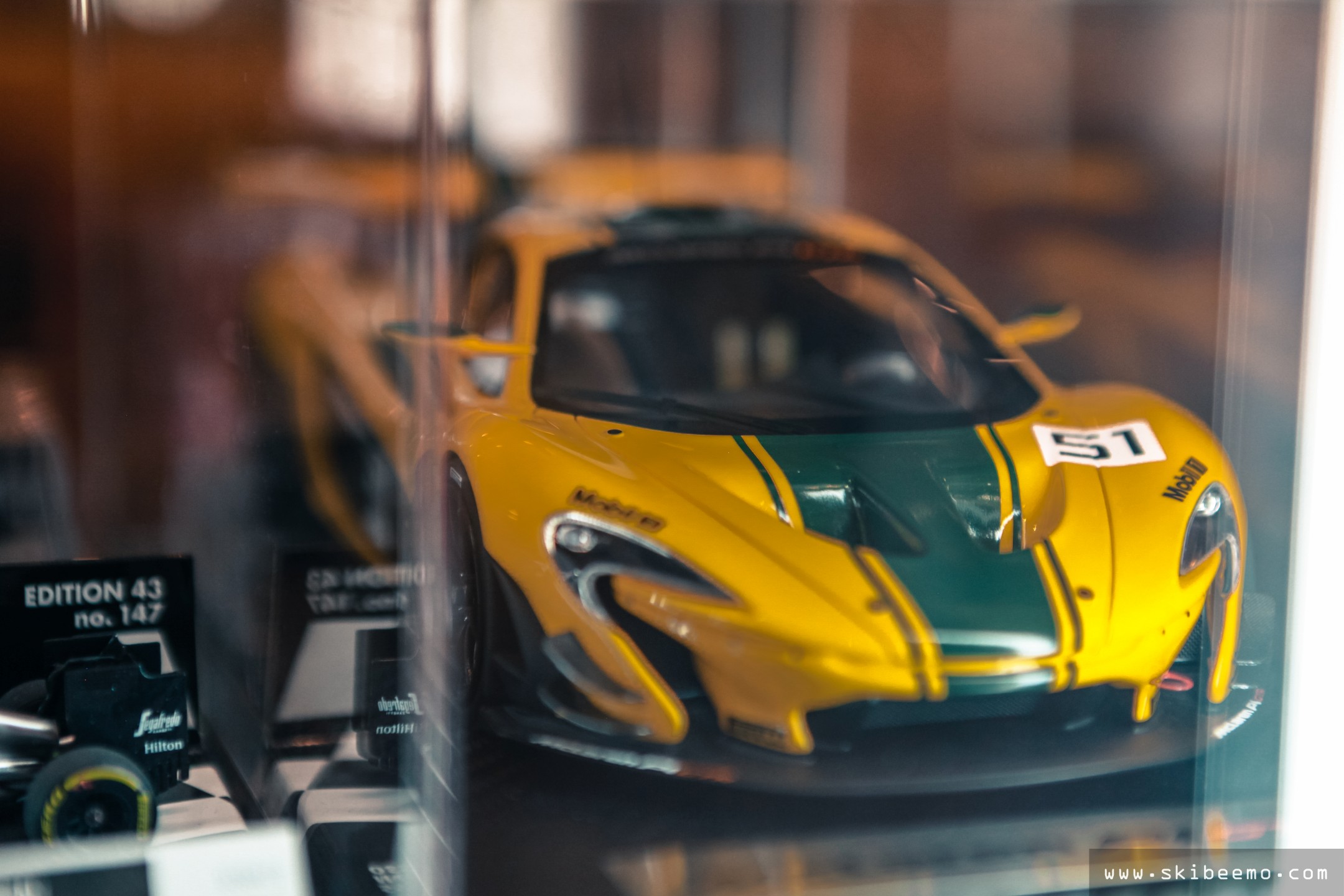
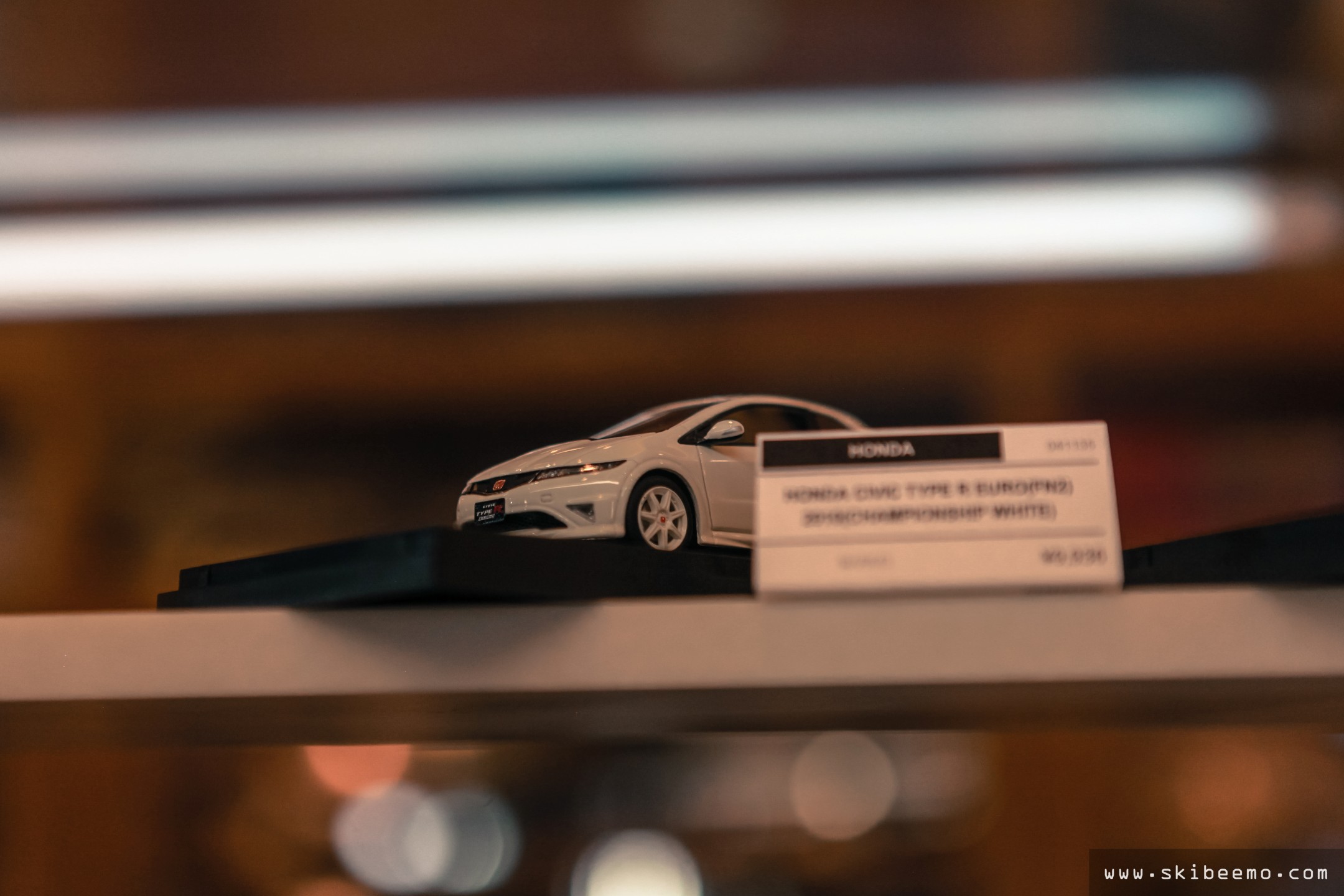
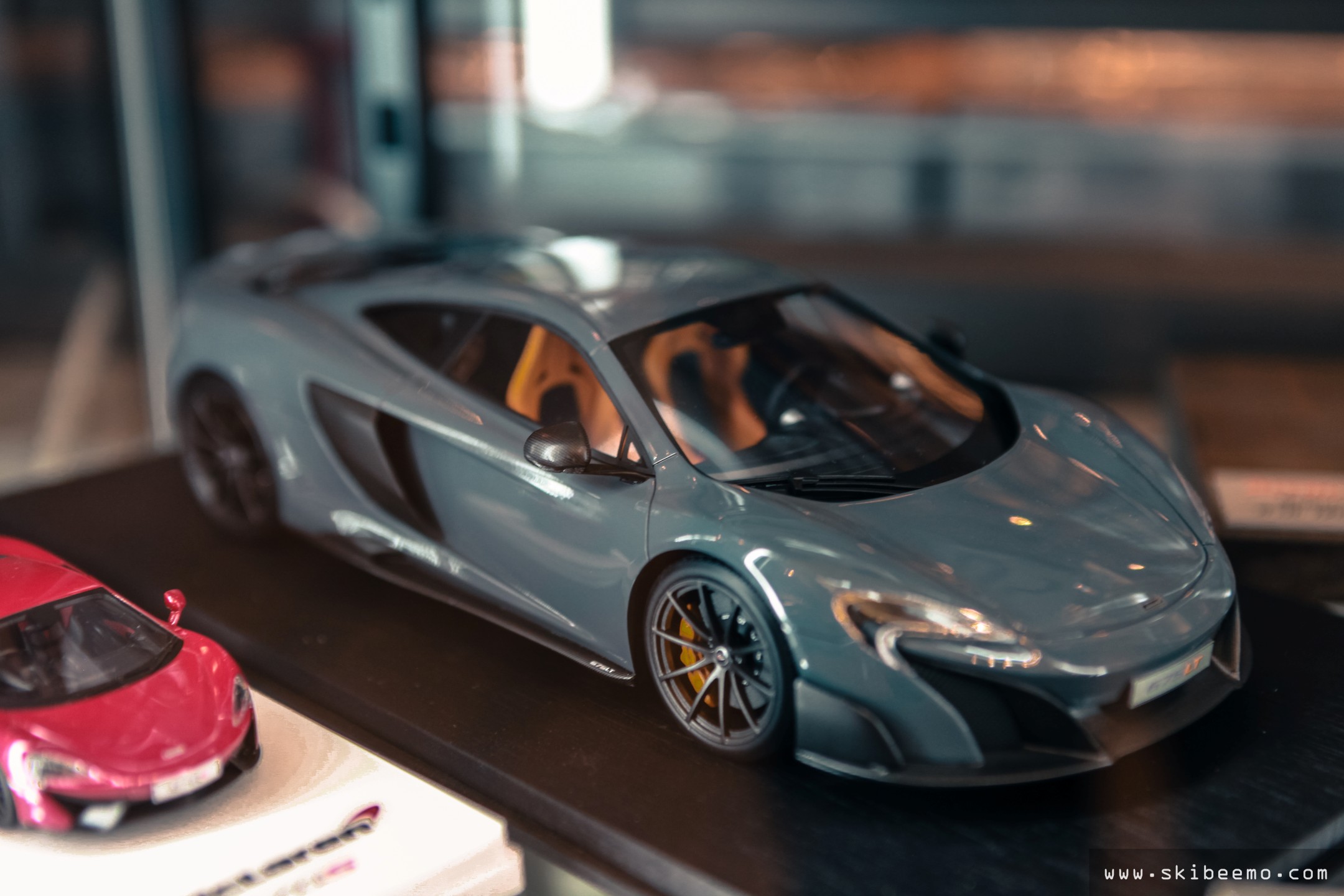
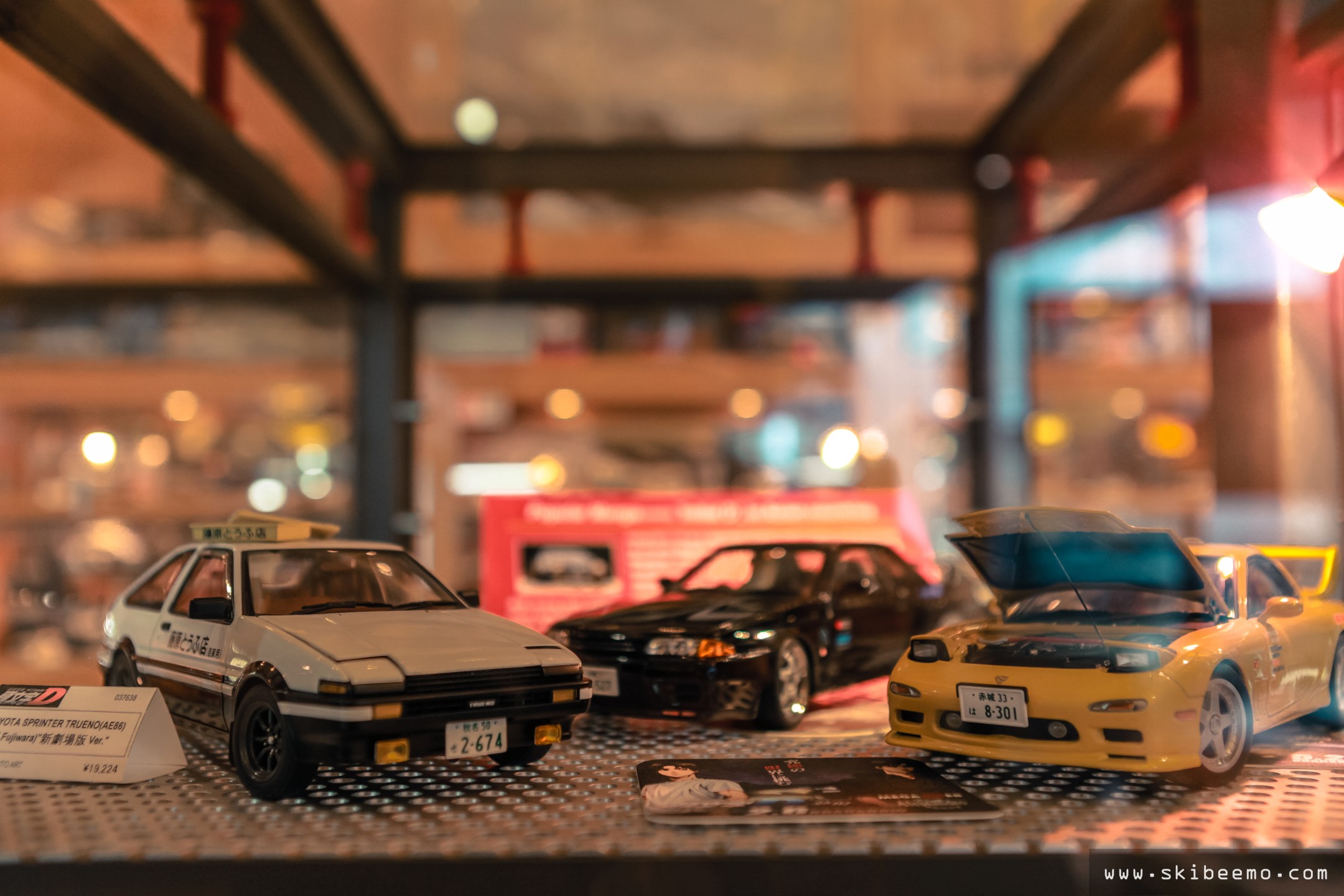
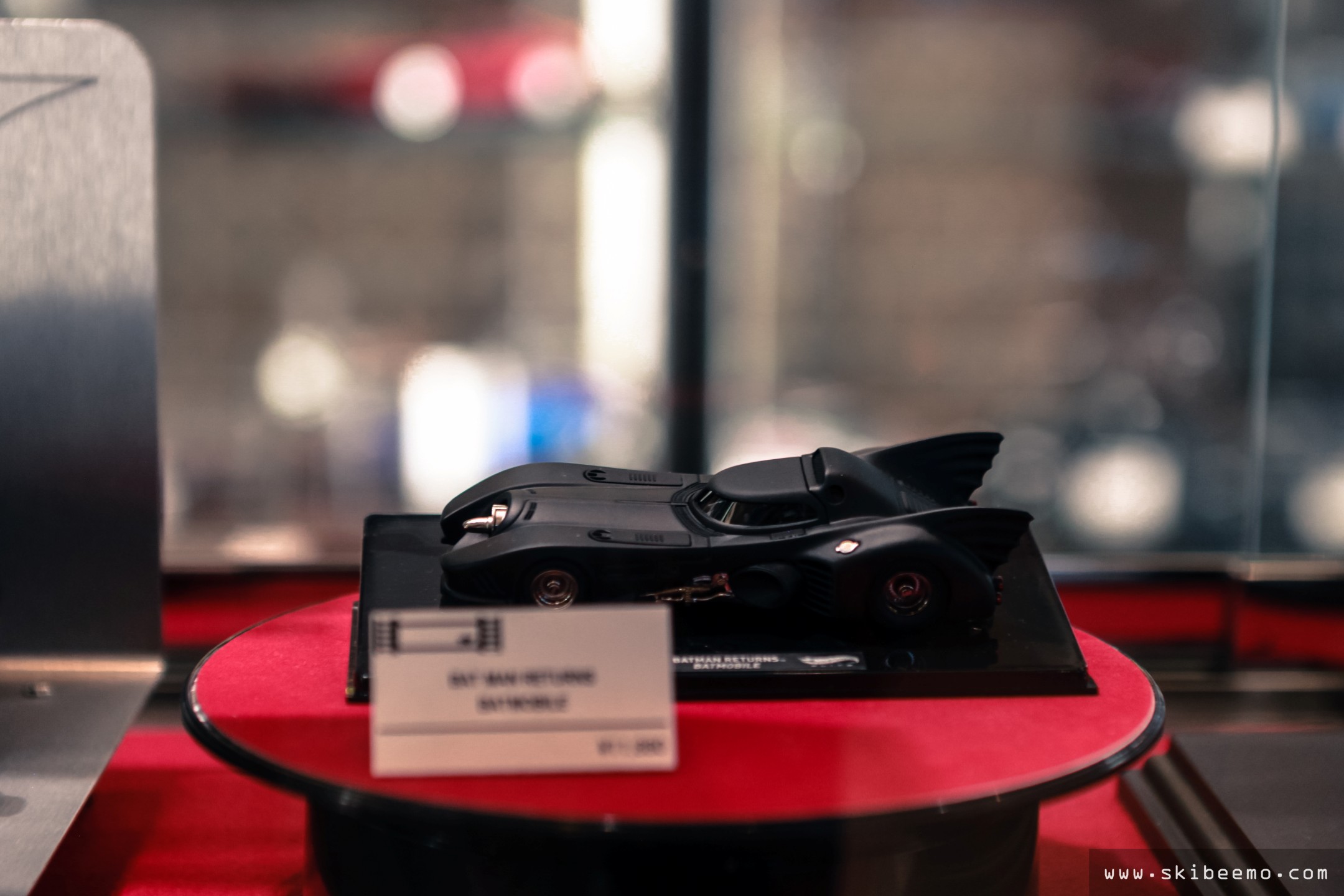
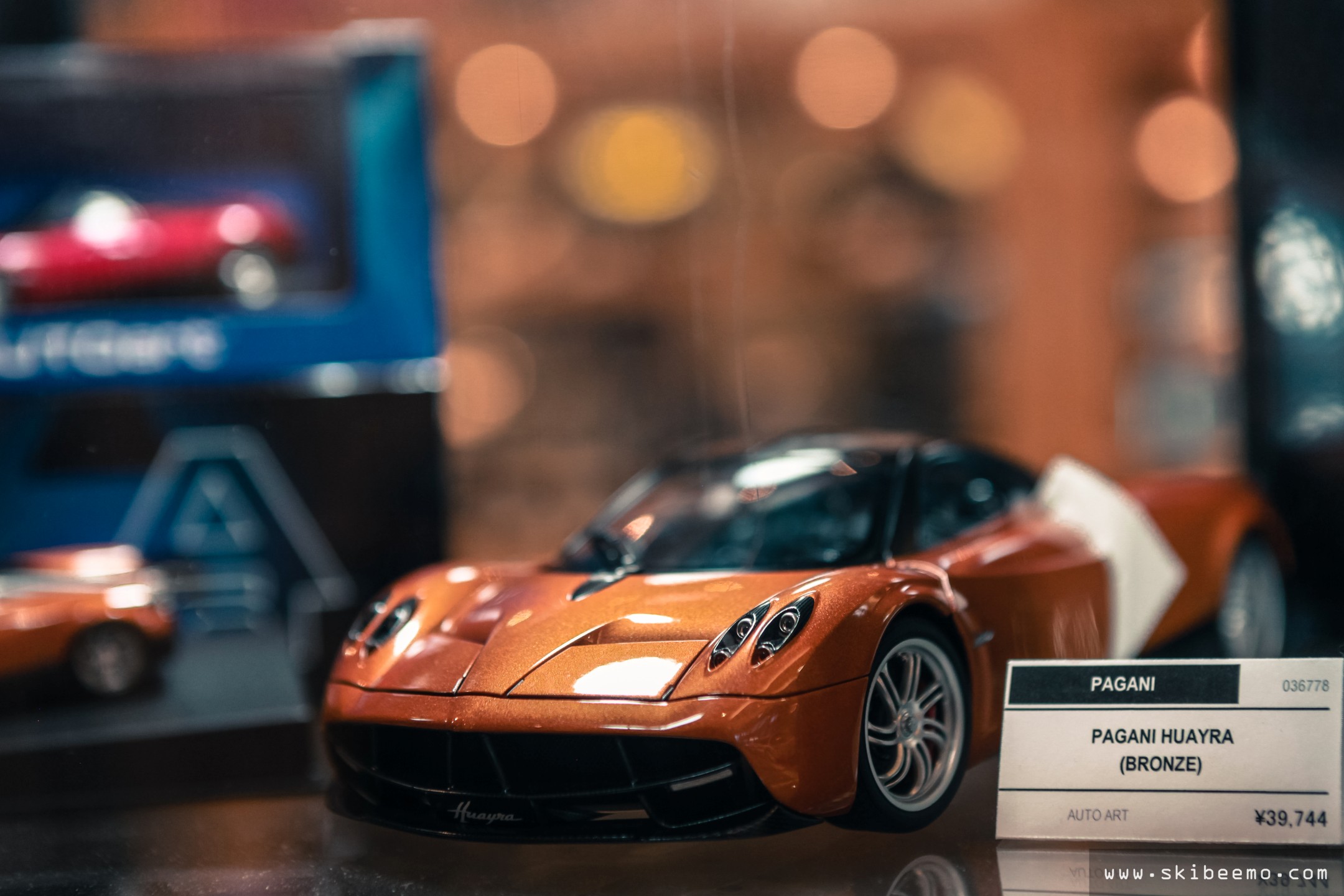
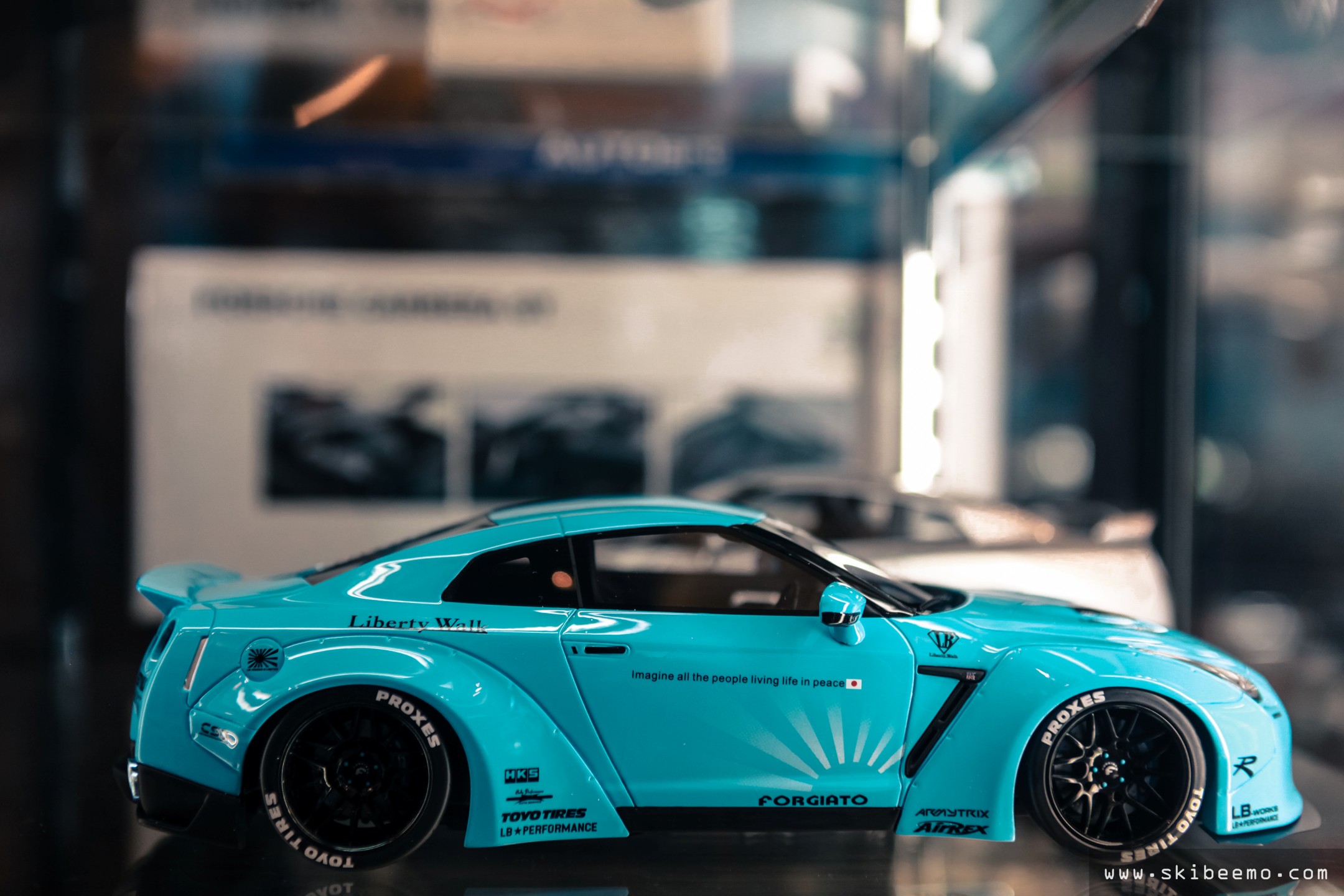
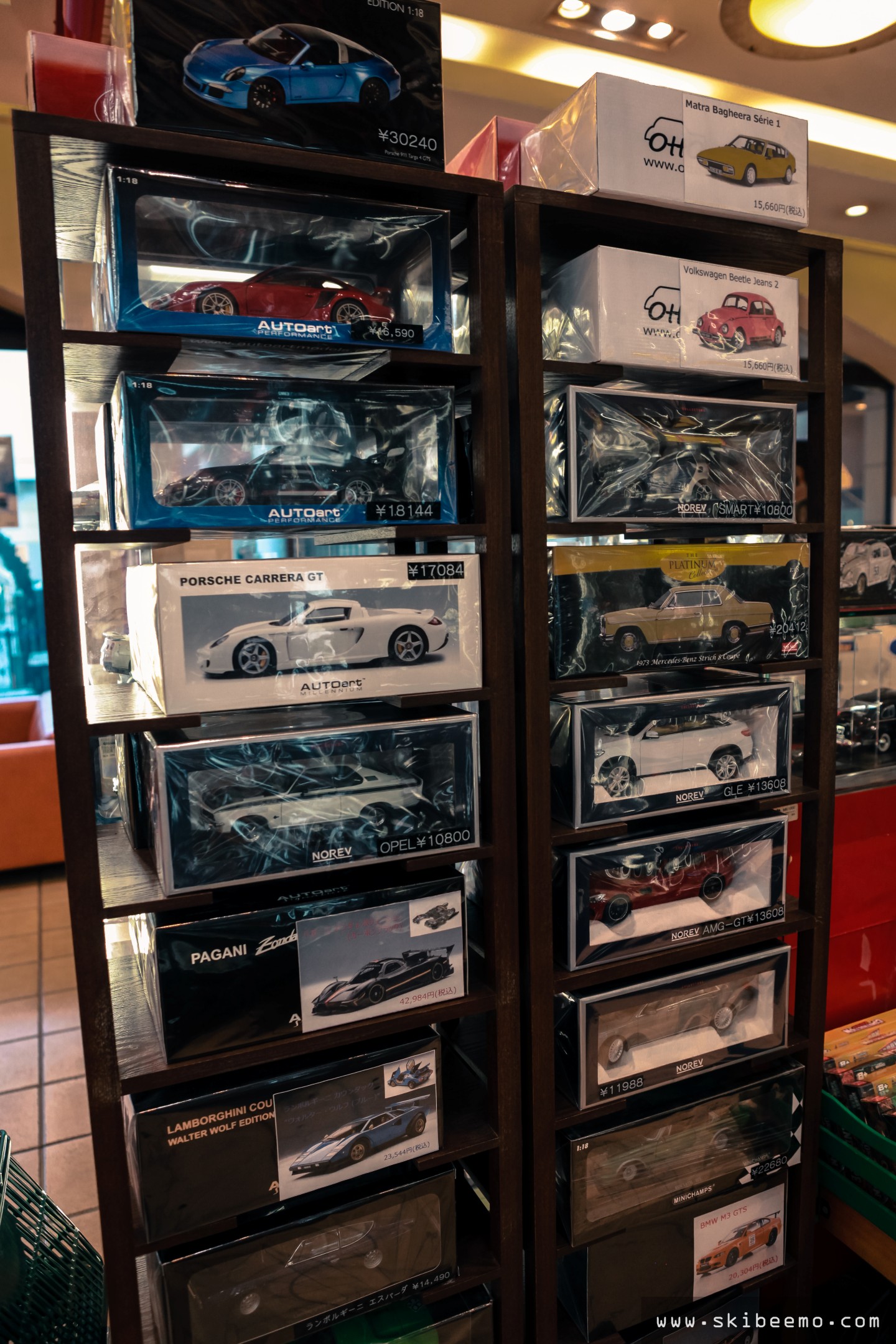
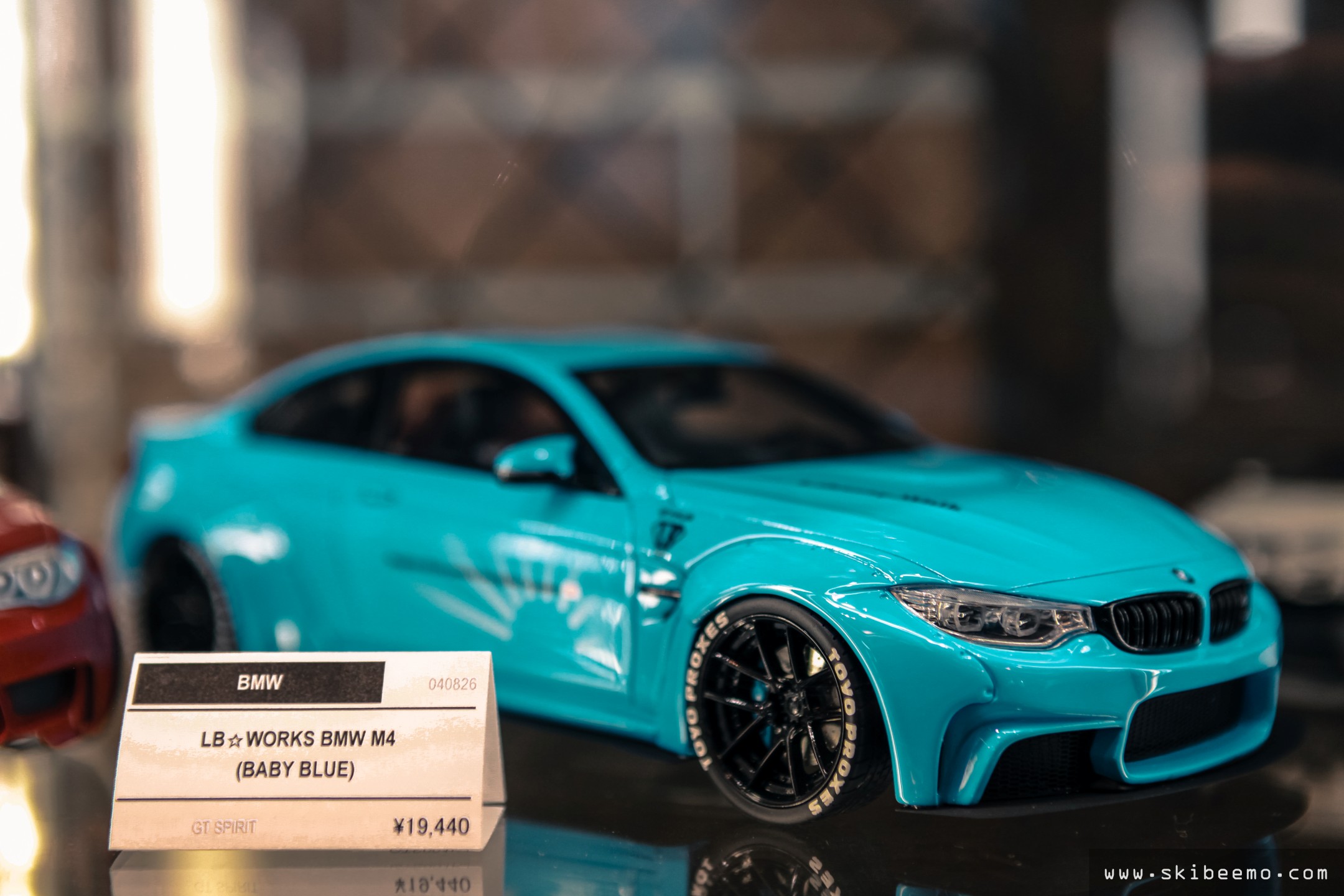
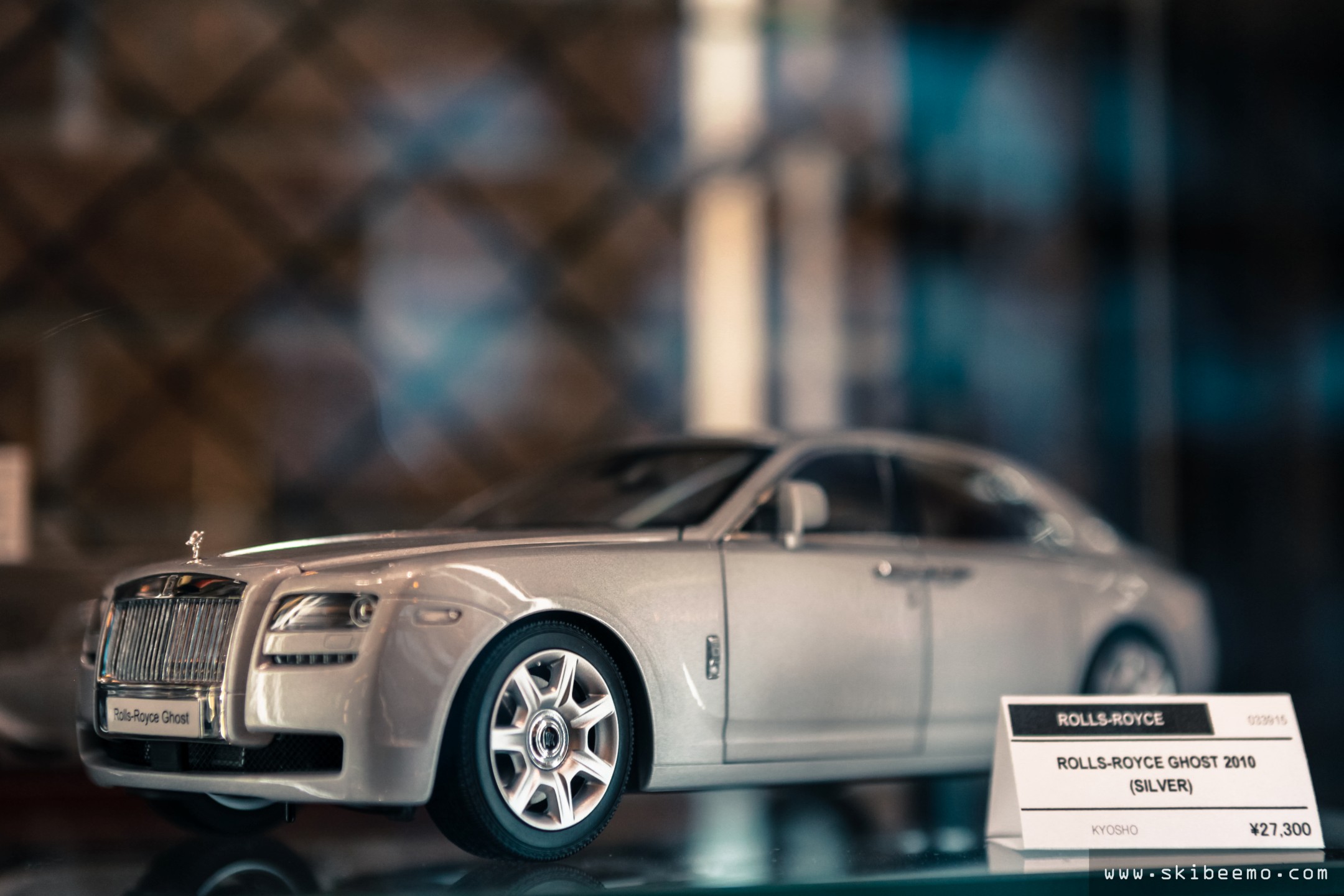
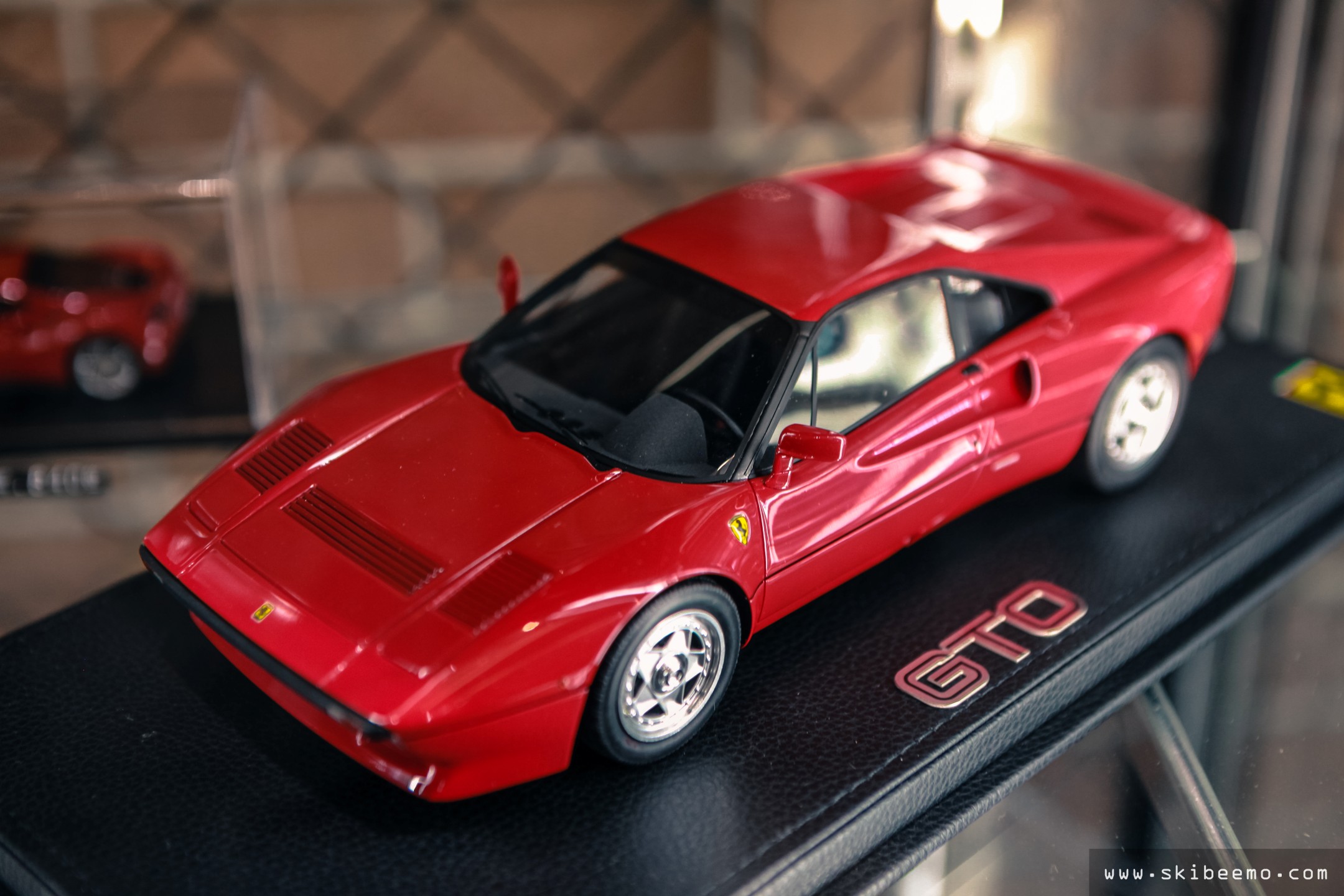
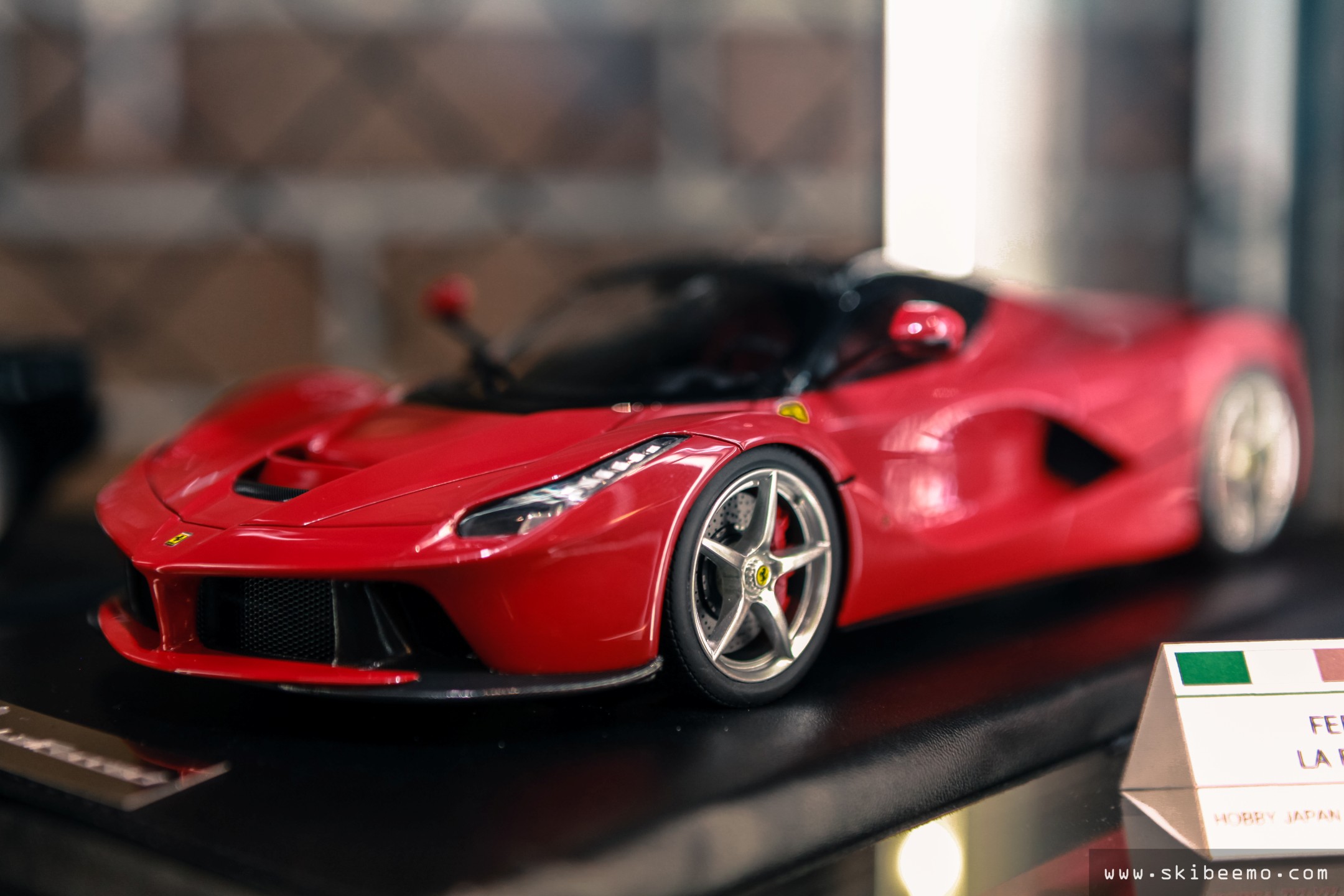
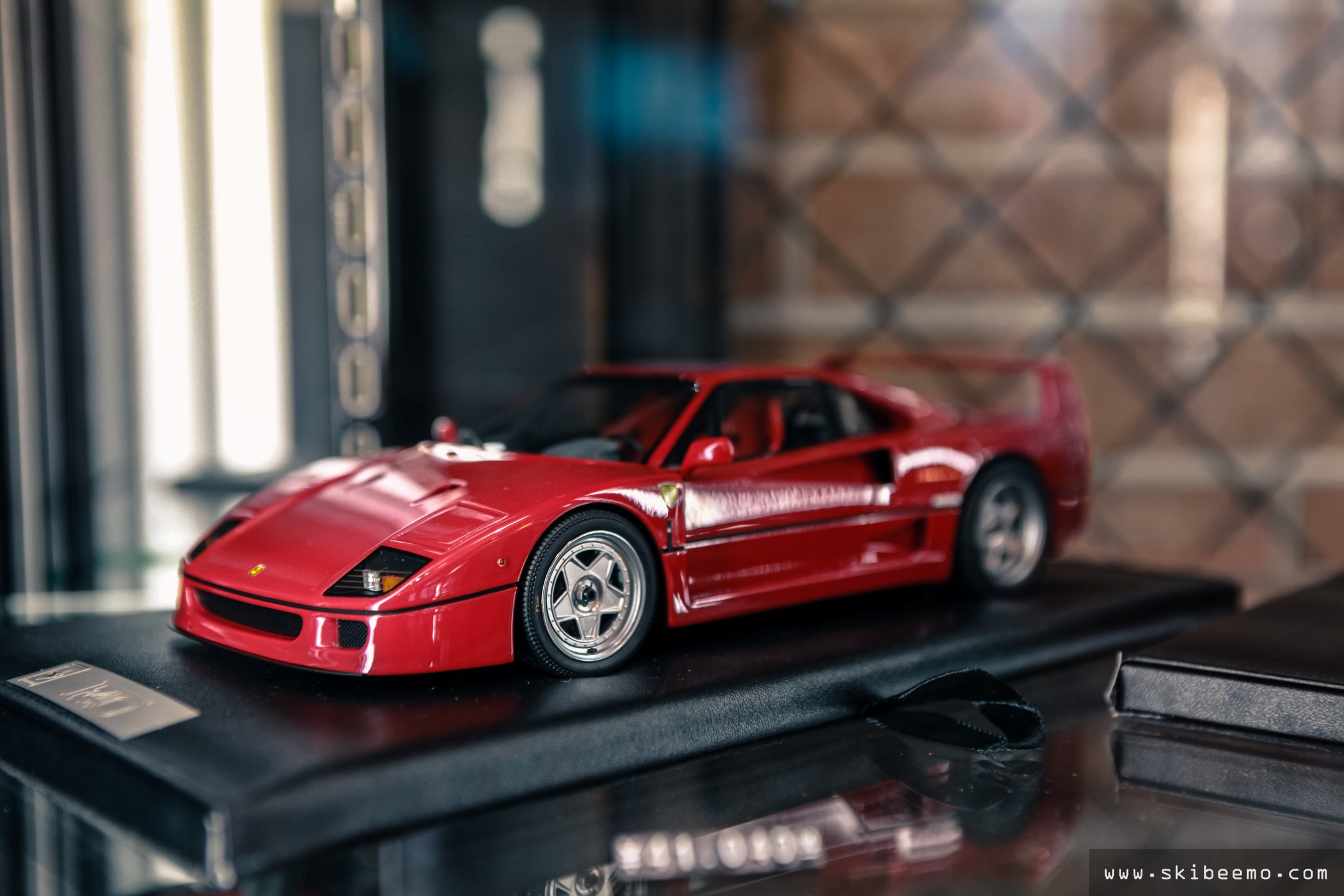
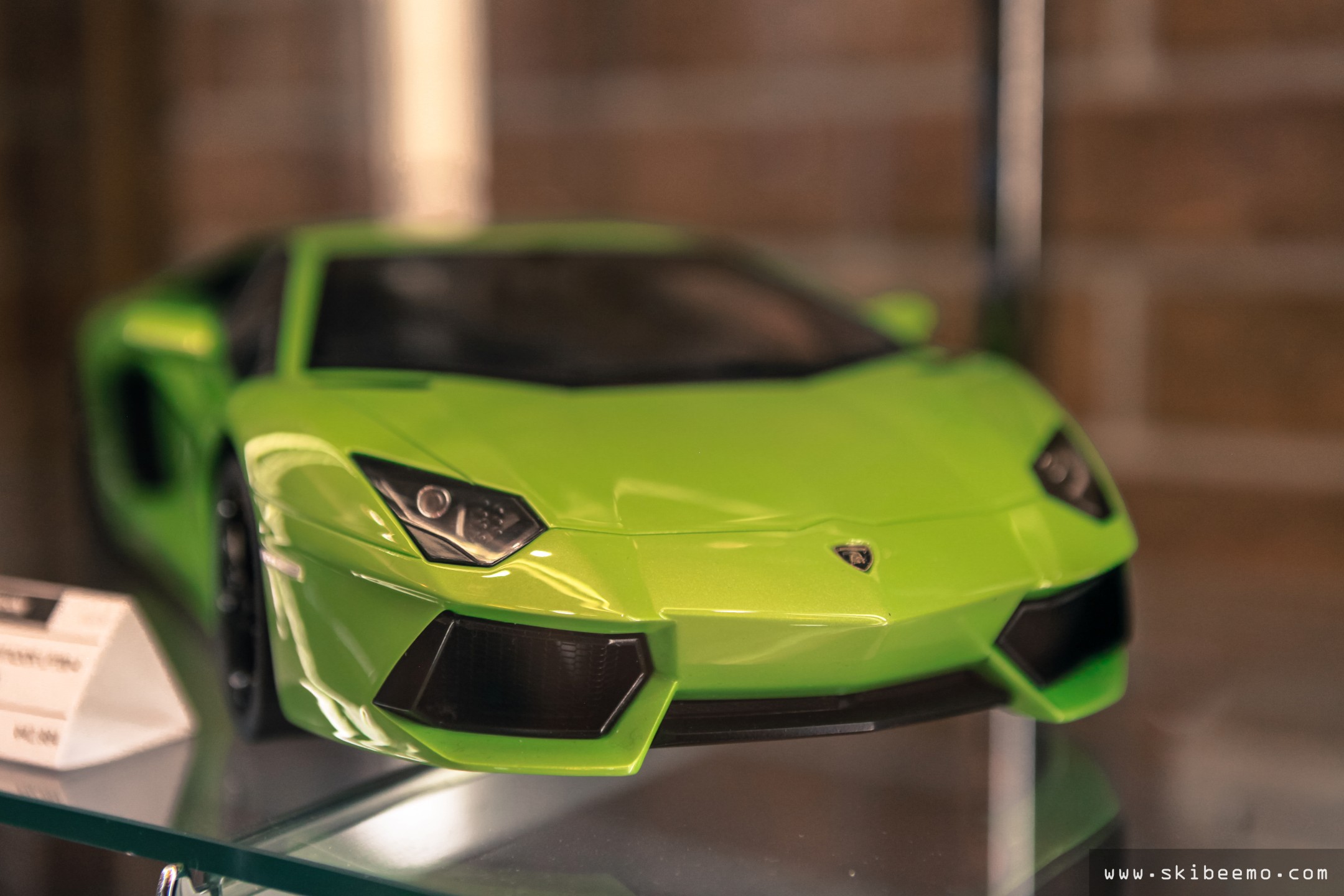
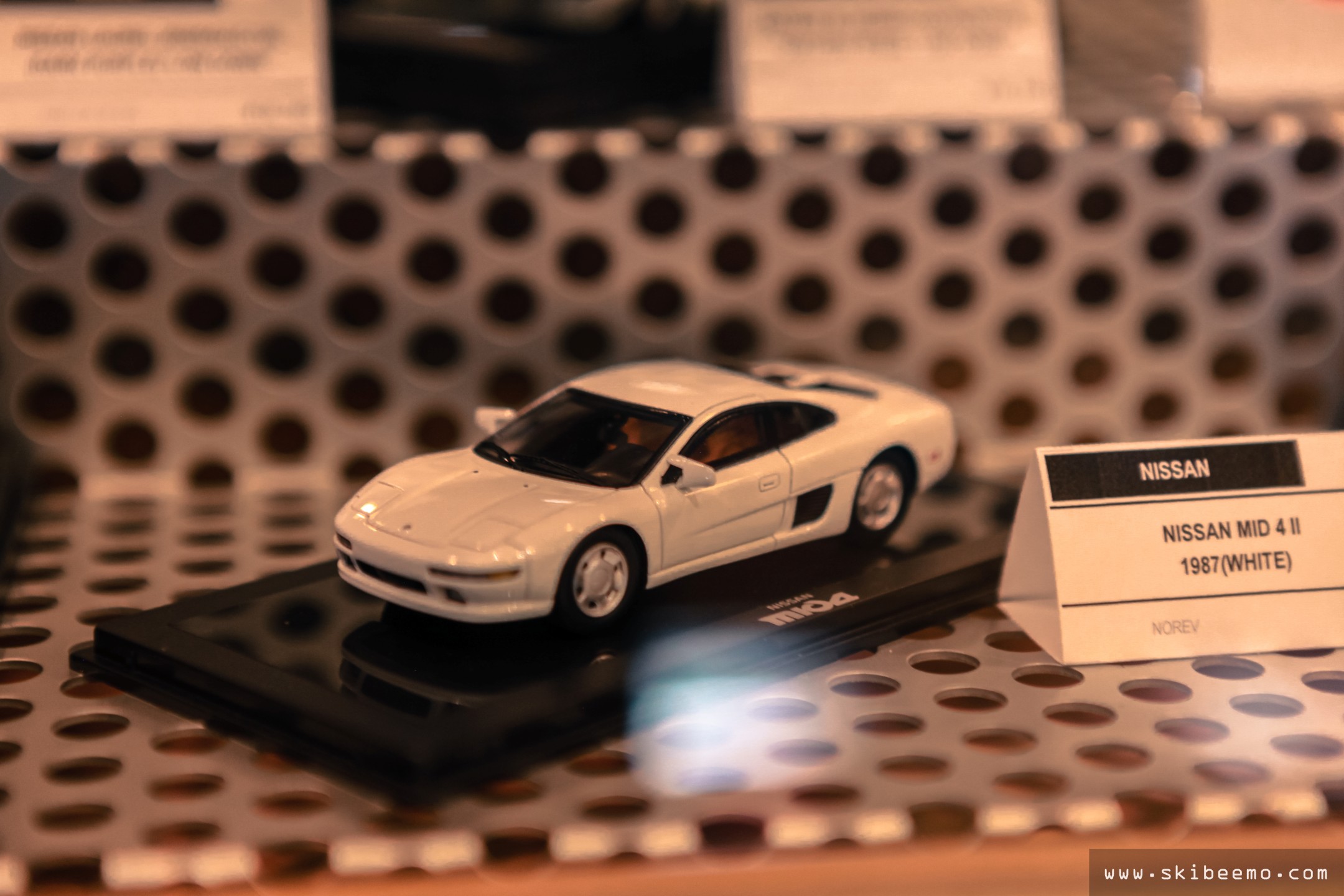
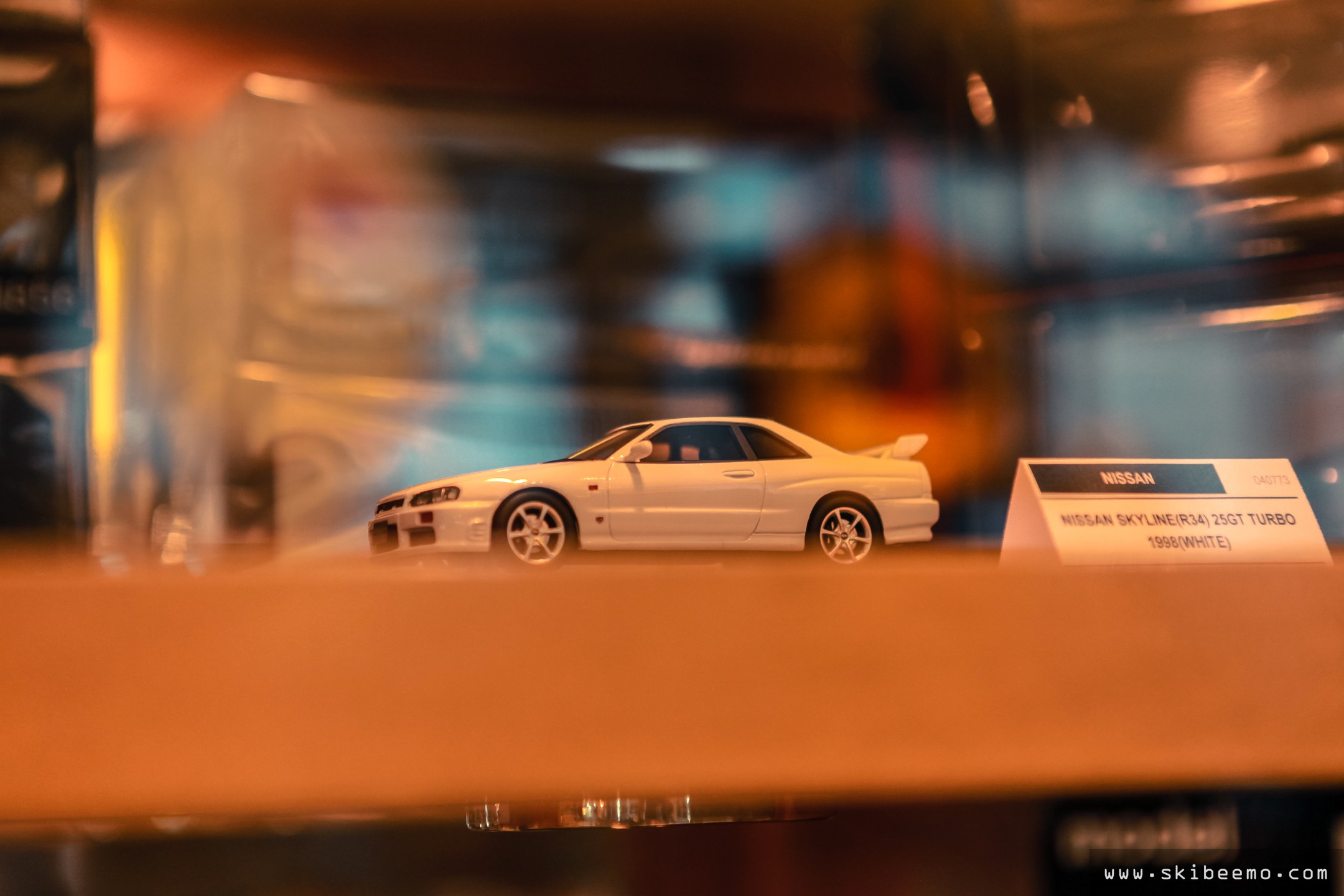
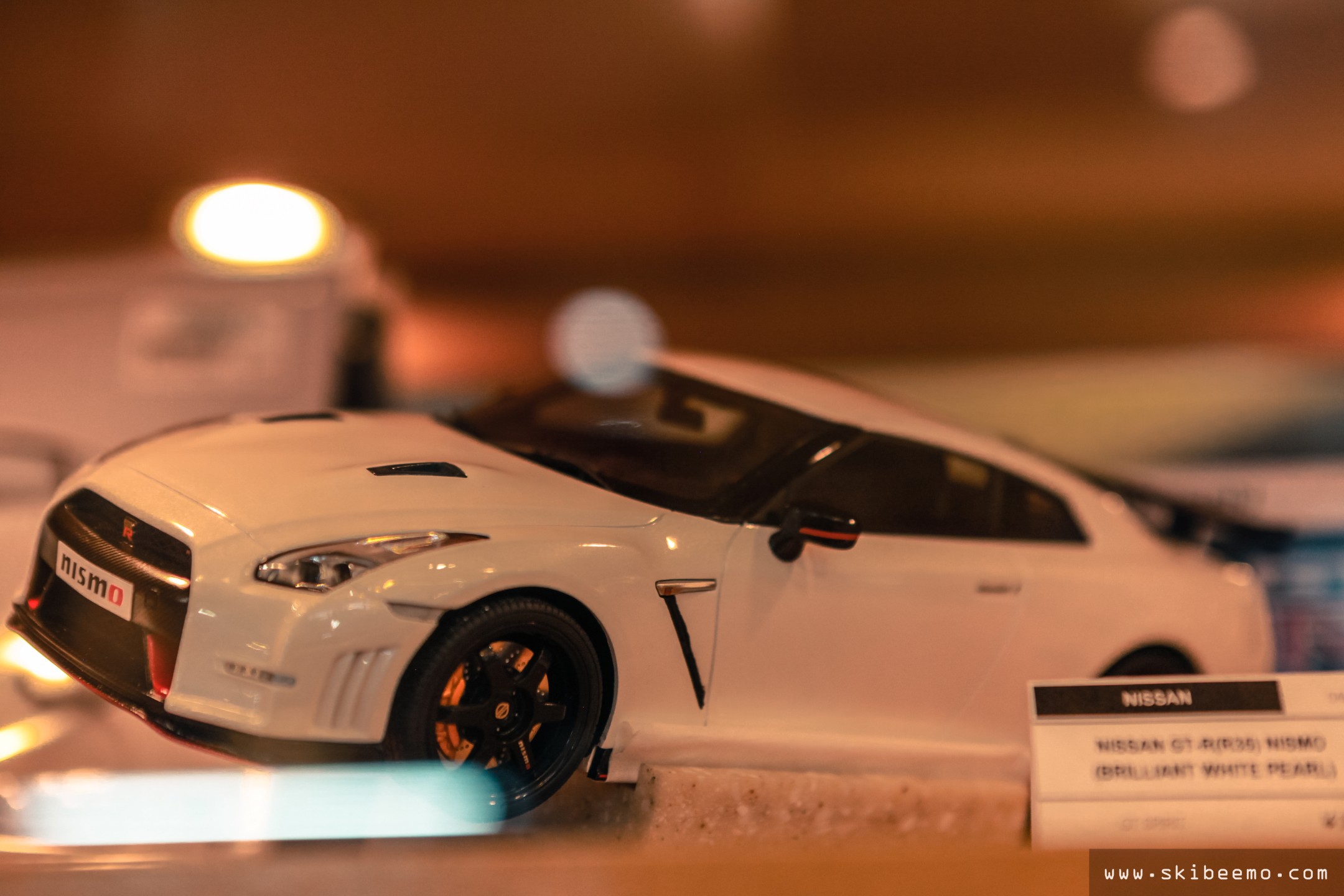
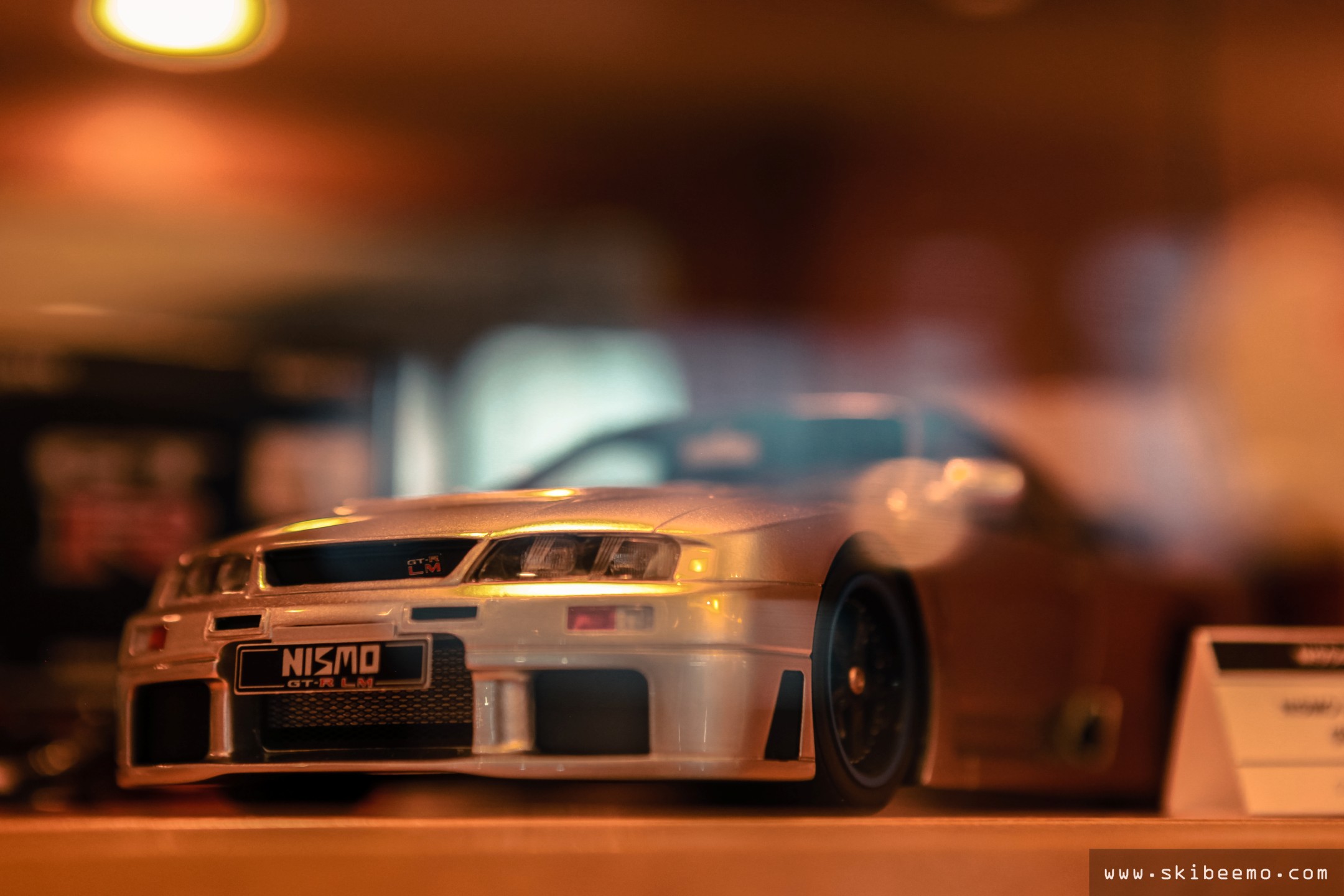
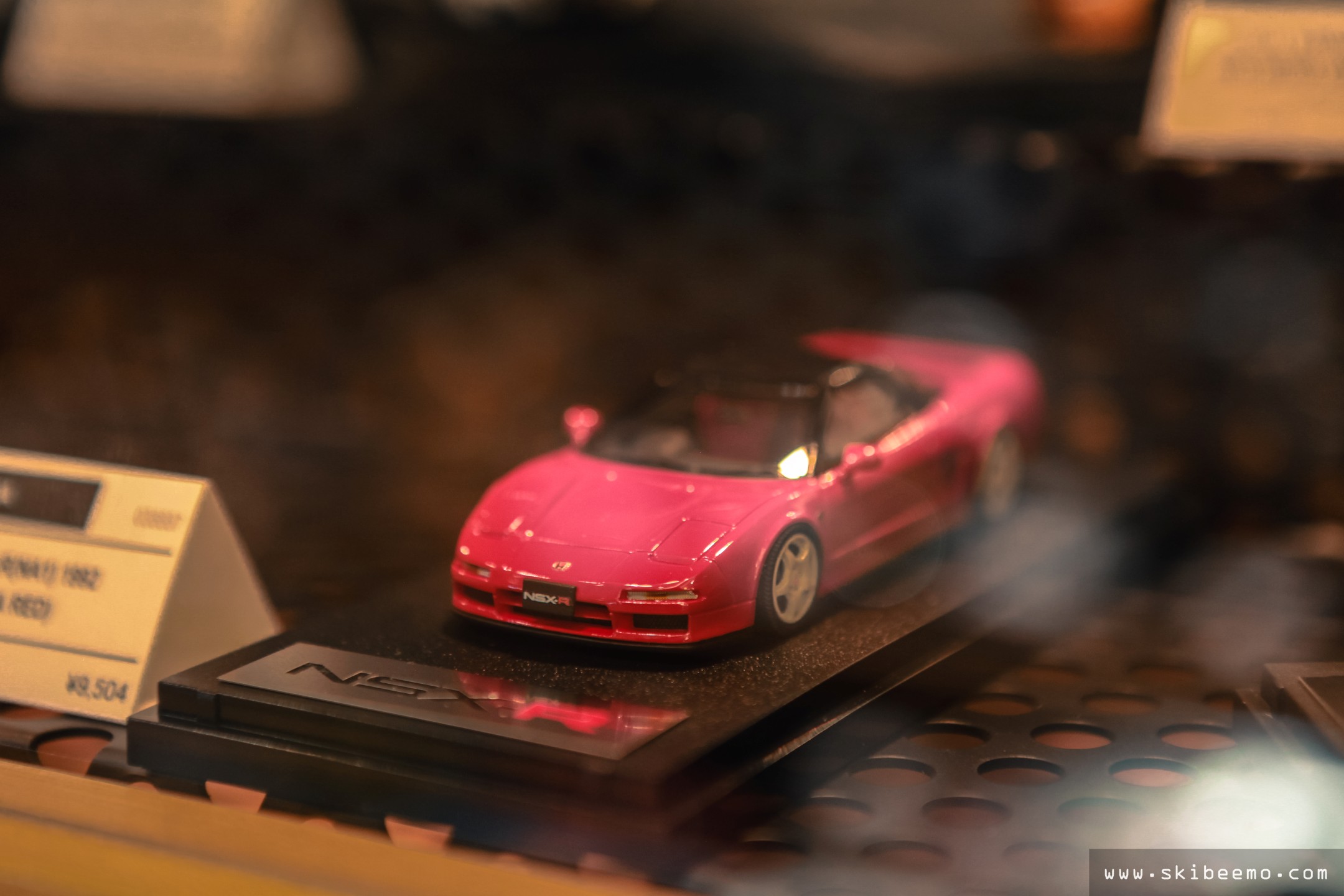
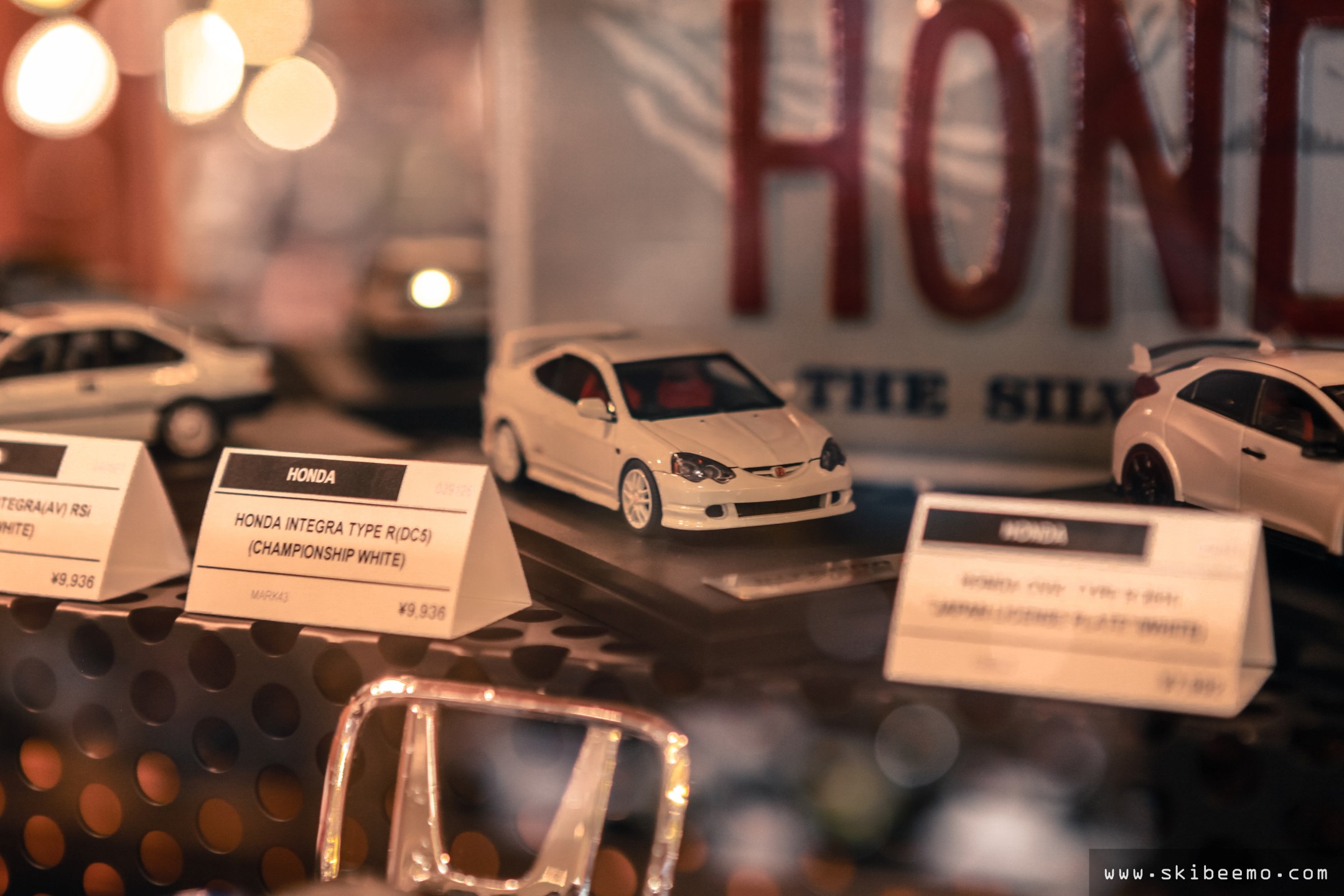
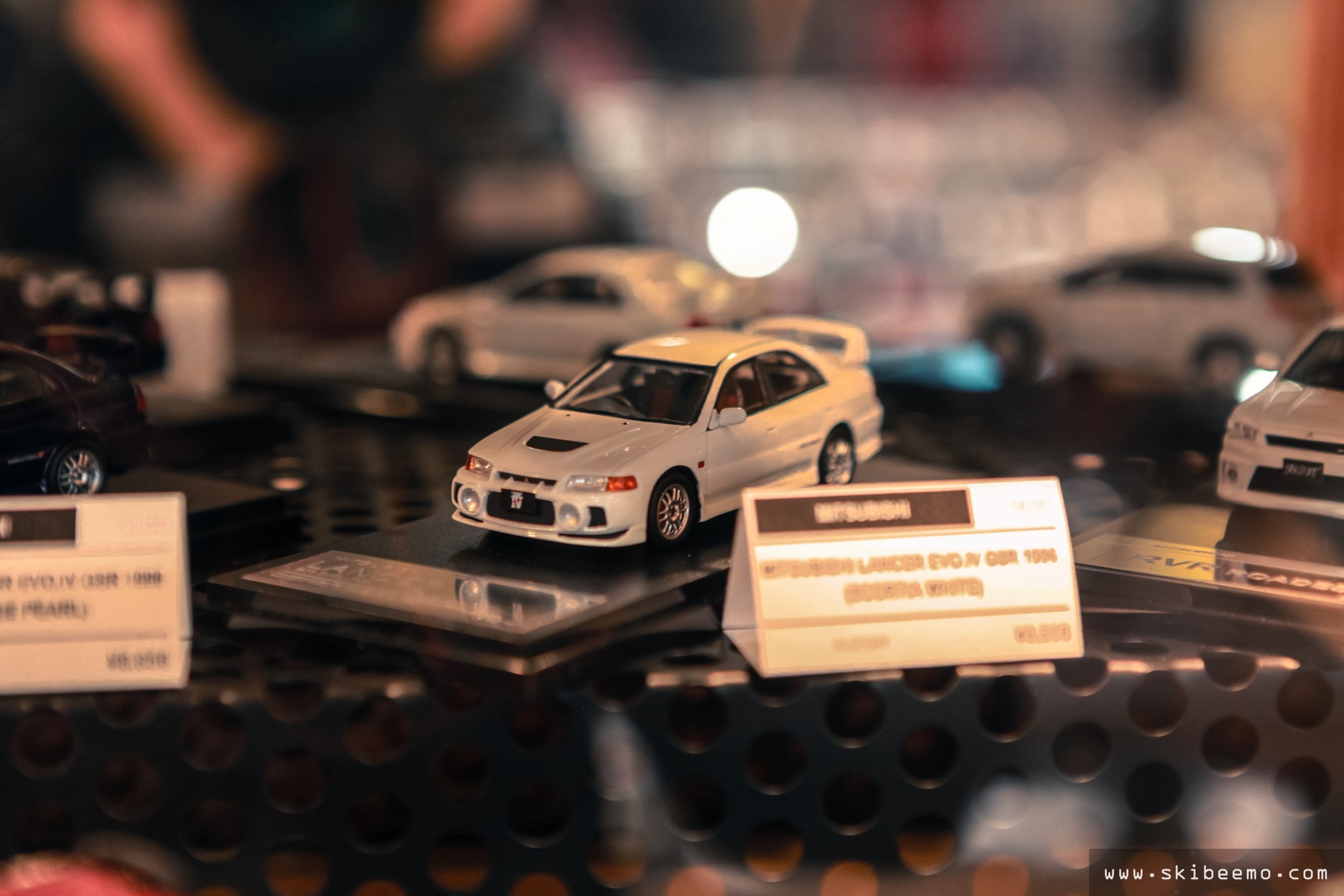
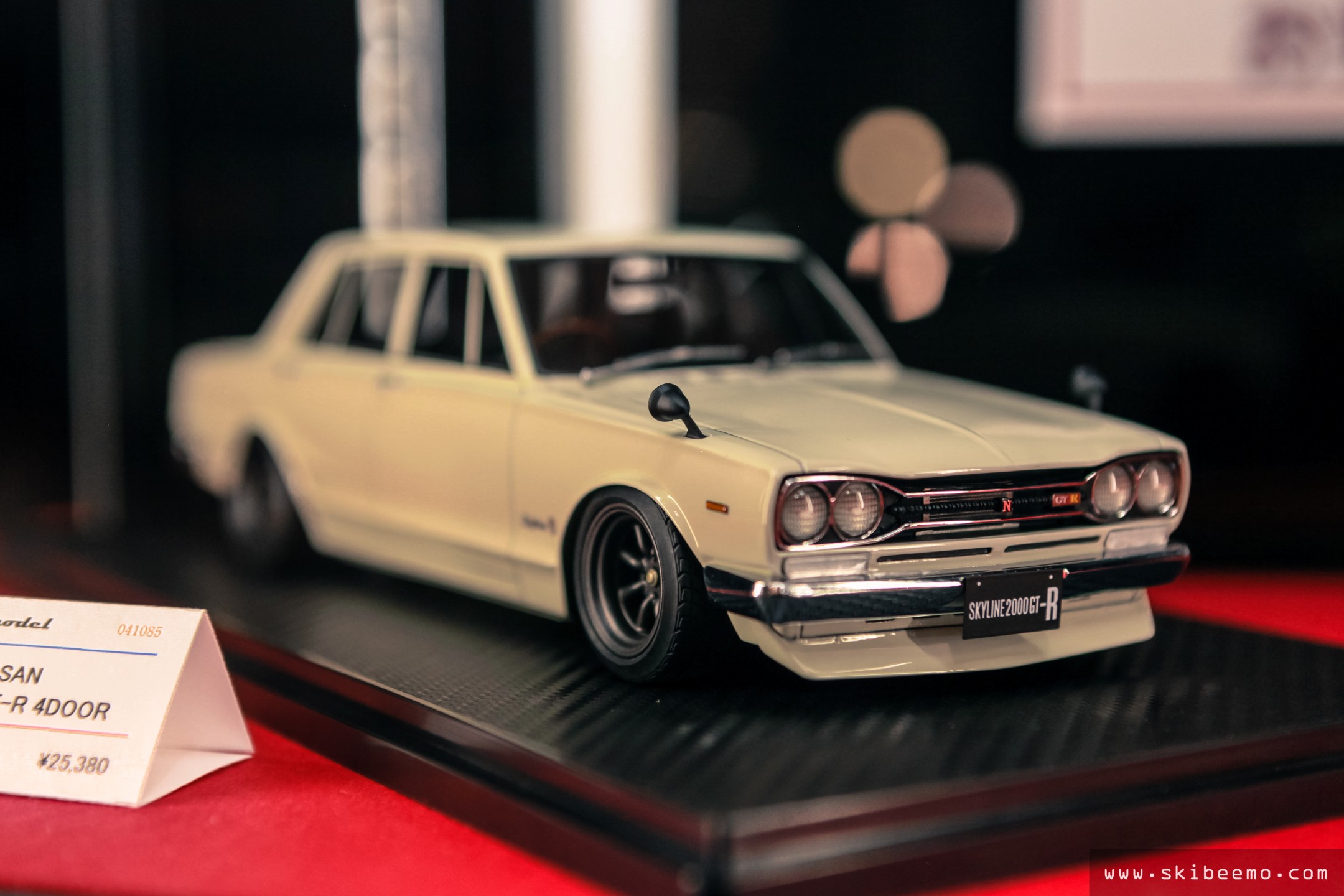
A stone’s throw away from the above was this interesting workshop. Openly displayed, here is where maintenance is carried out on History Garage’s museum fleet.
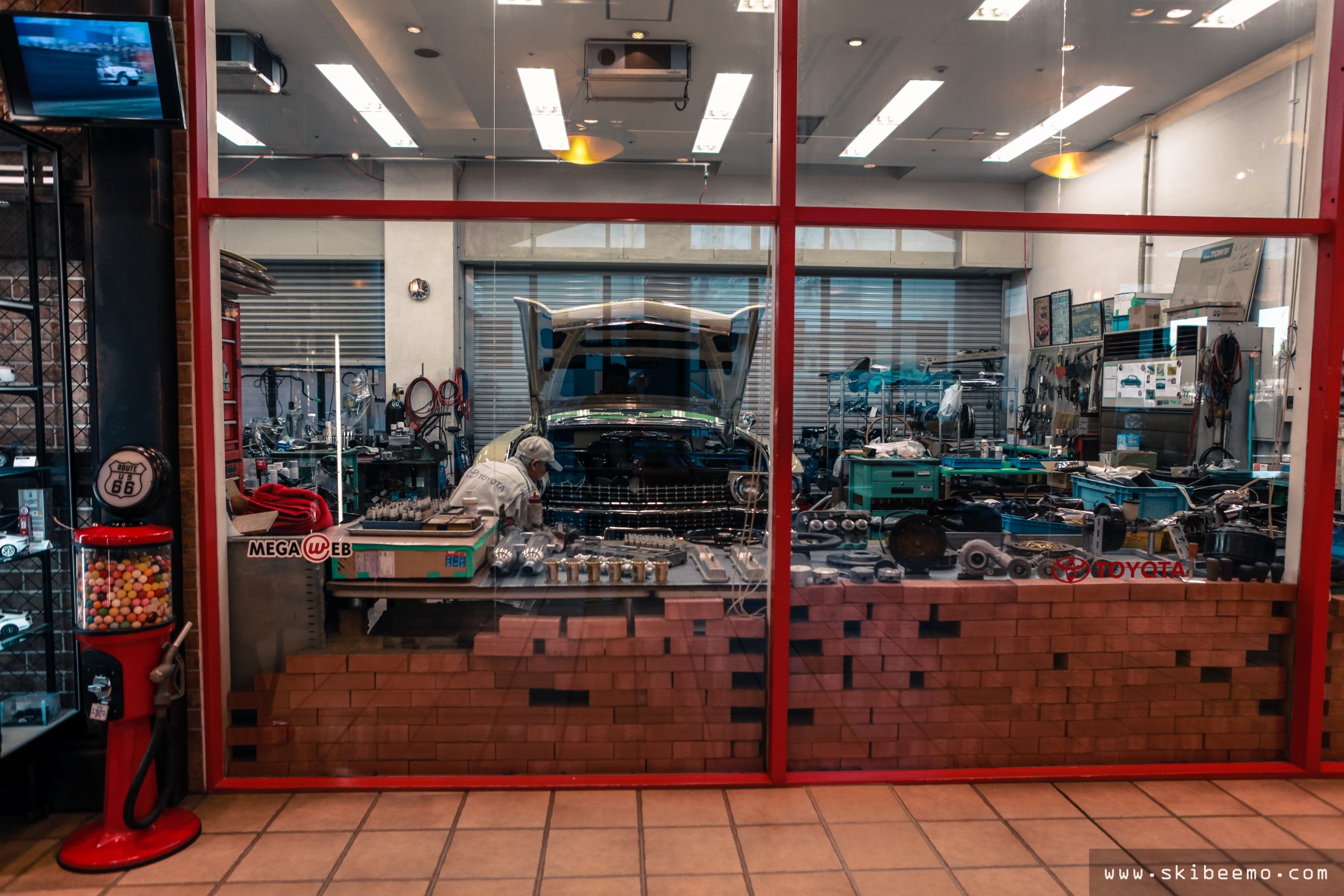
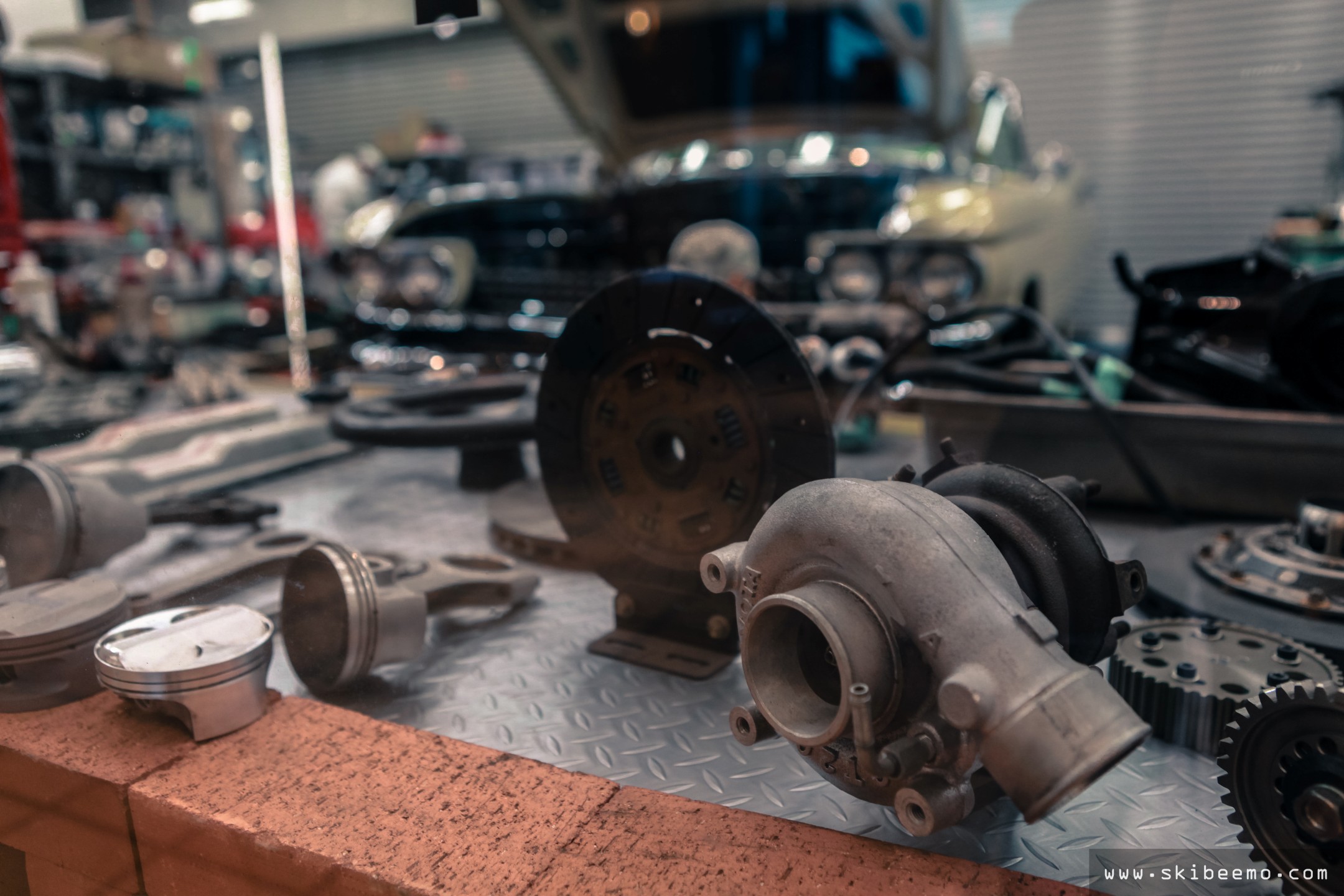
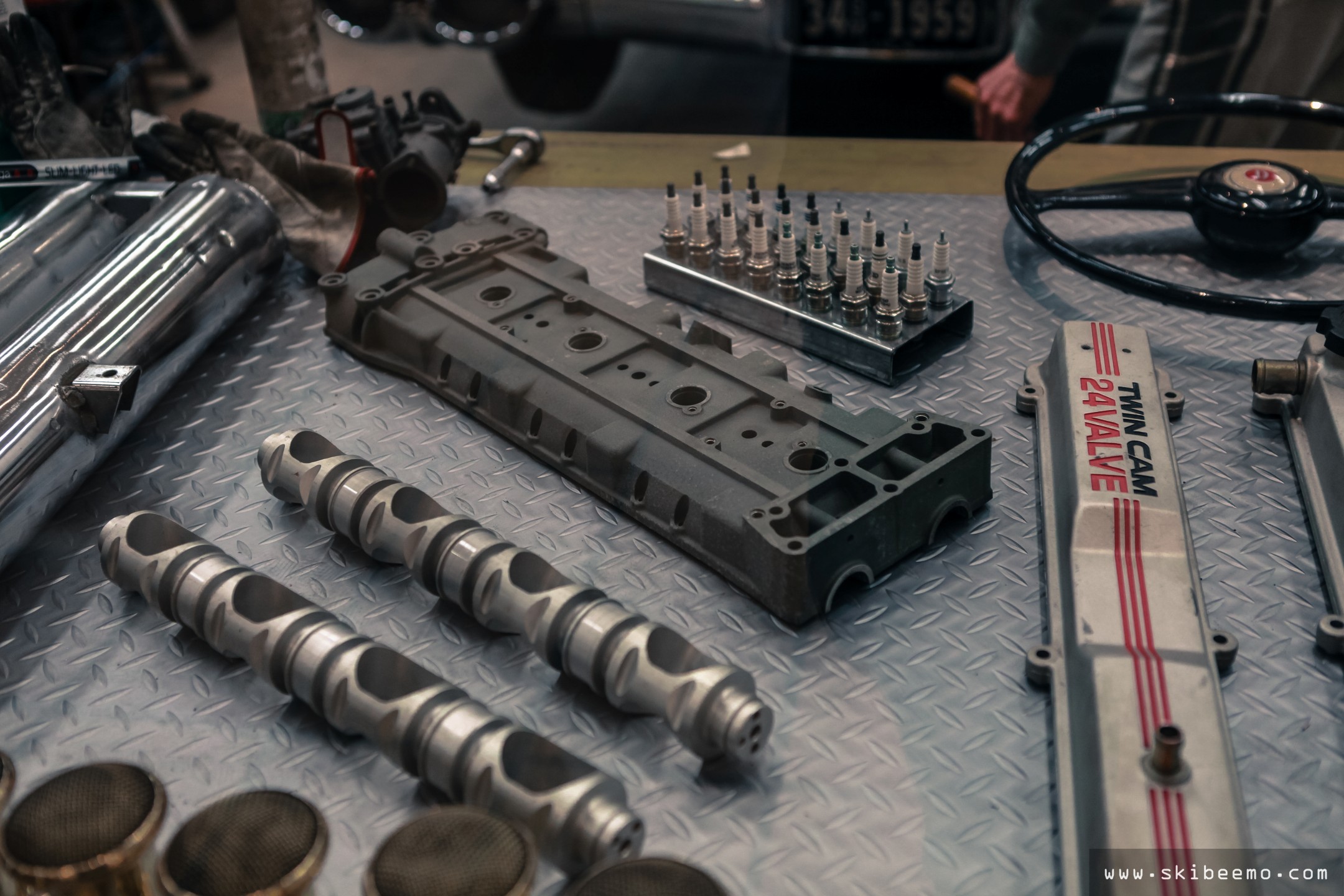
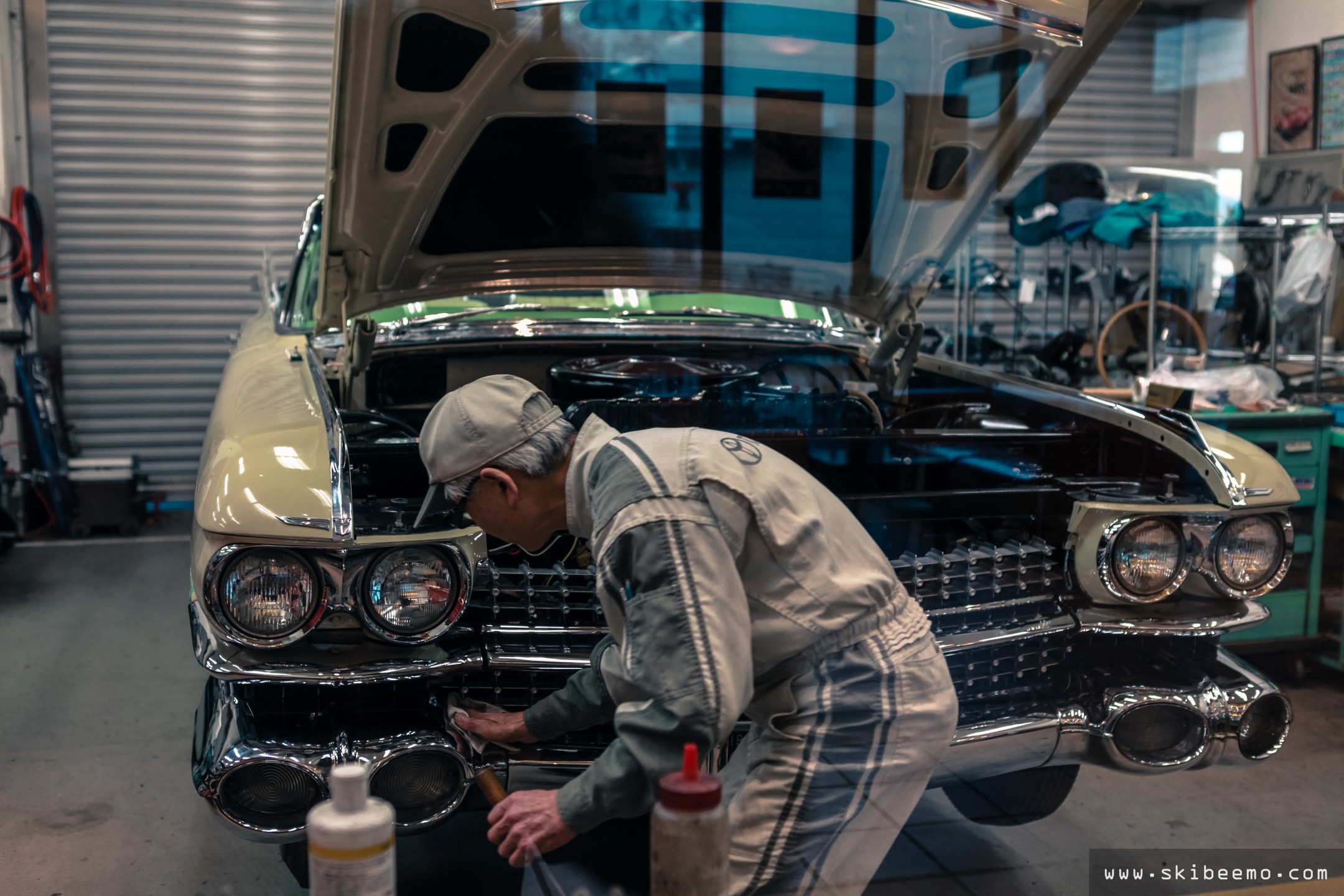
That endured battle of not buying anything at the souvenir shop was taxing on my body. I thought I’d reward myself with a coffee at the incredibly decked out cafe; and yes, those are Formula One tyres at the bottom of the coffee table. Fascinating memorabilia was littered everywhere, making for great ambience.
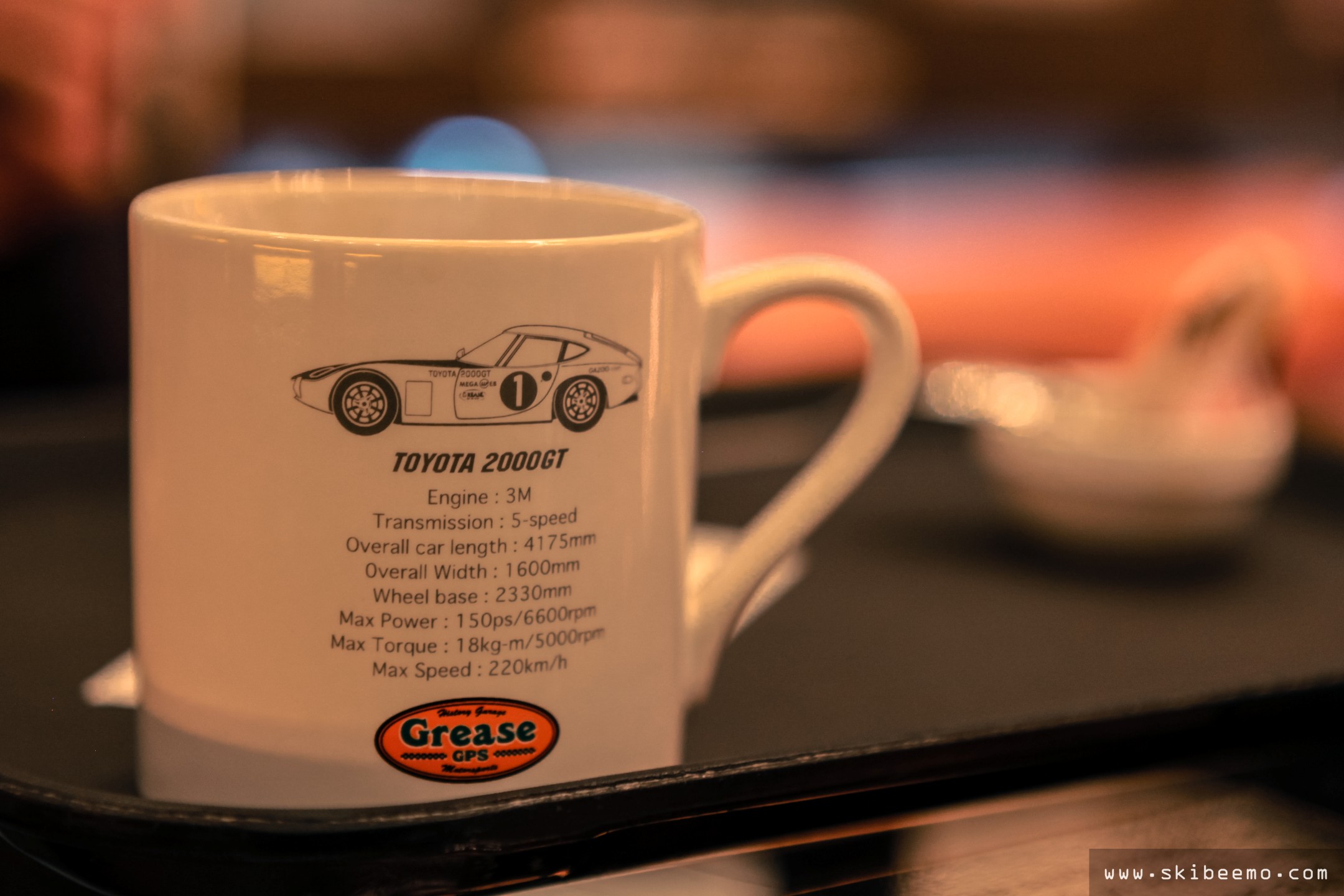
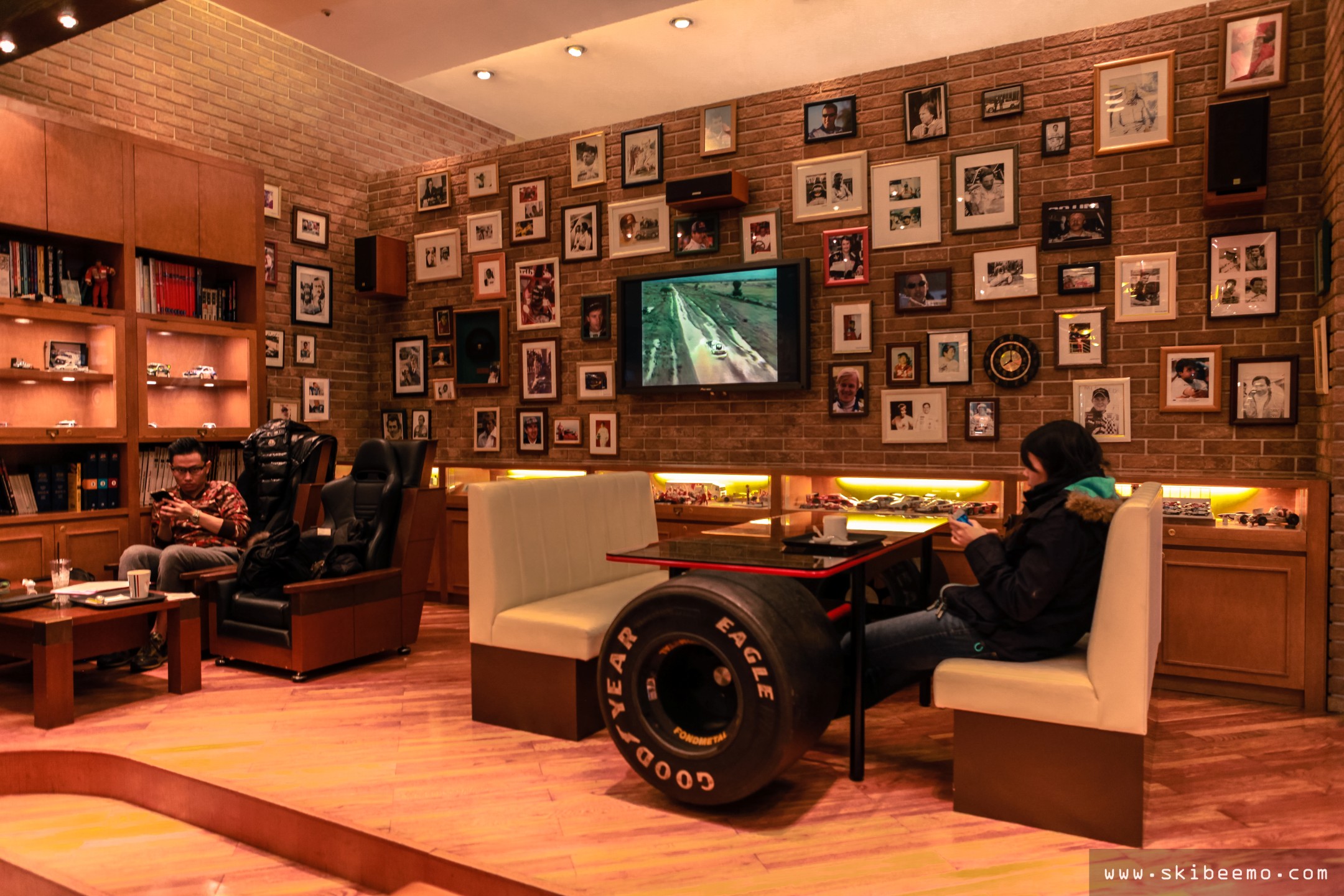
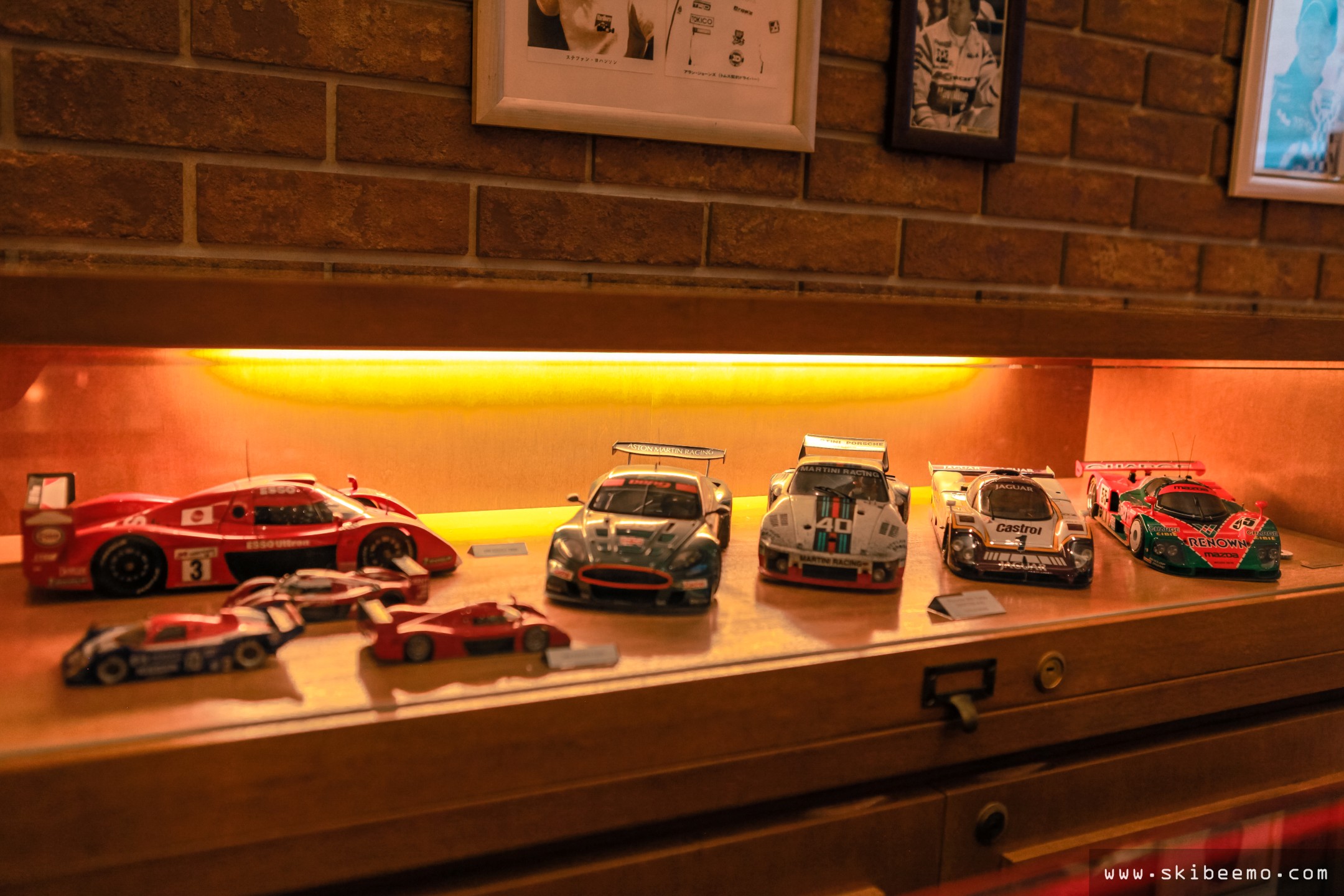
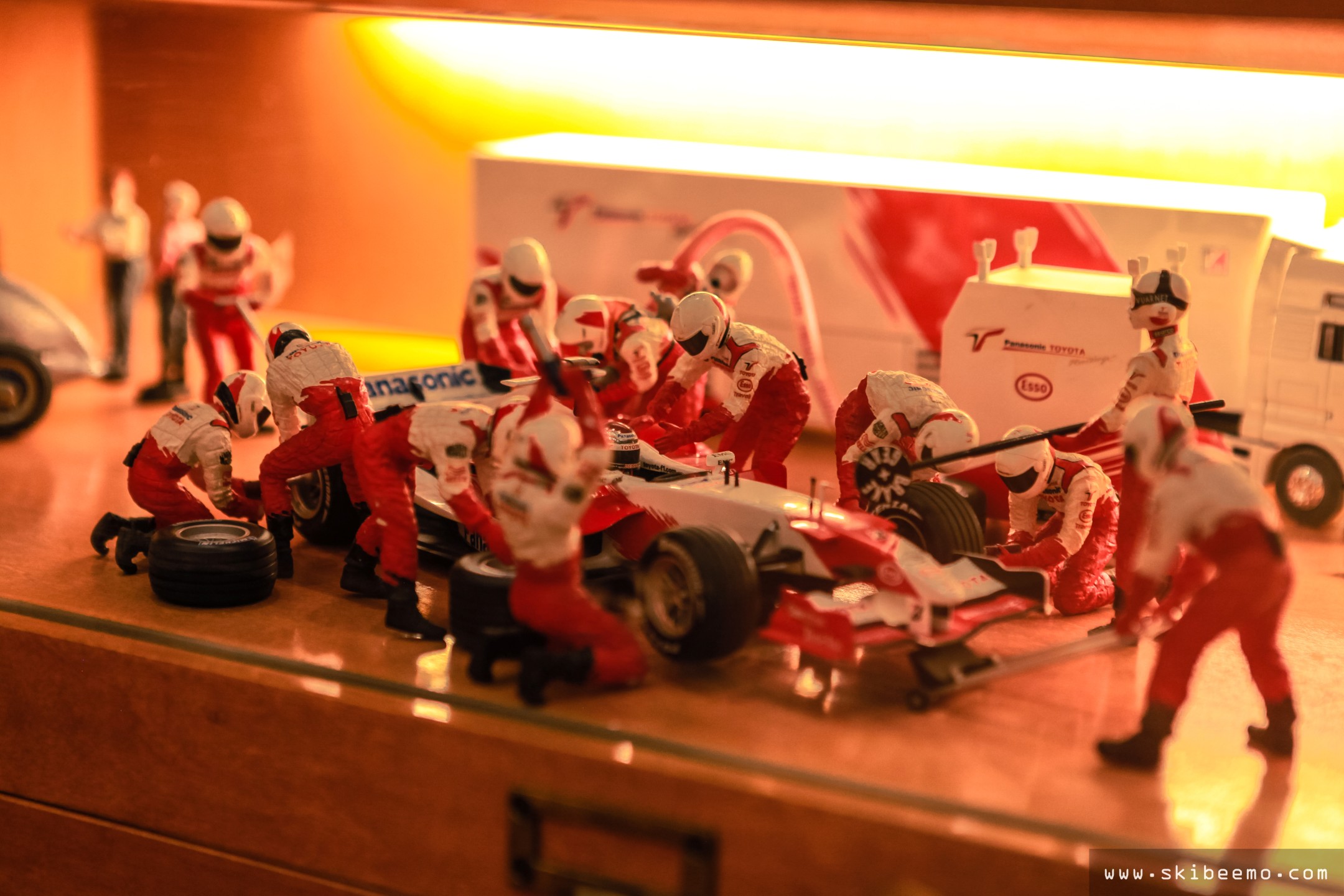
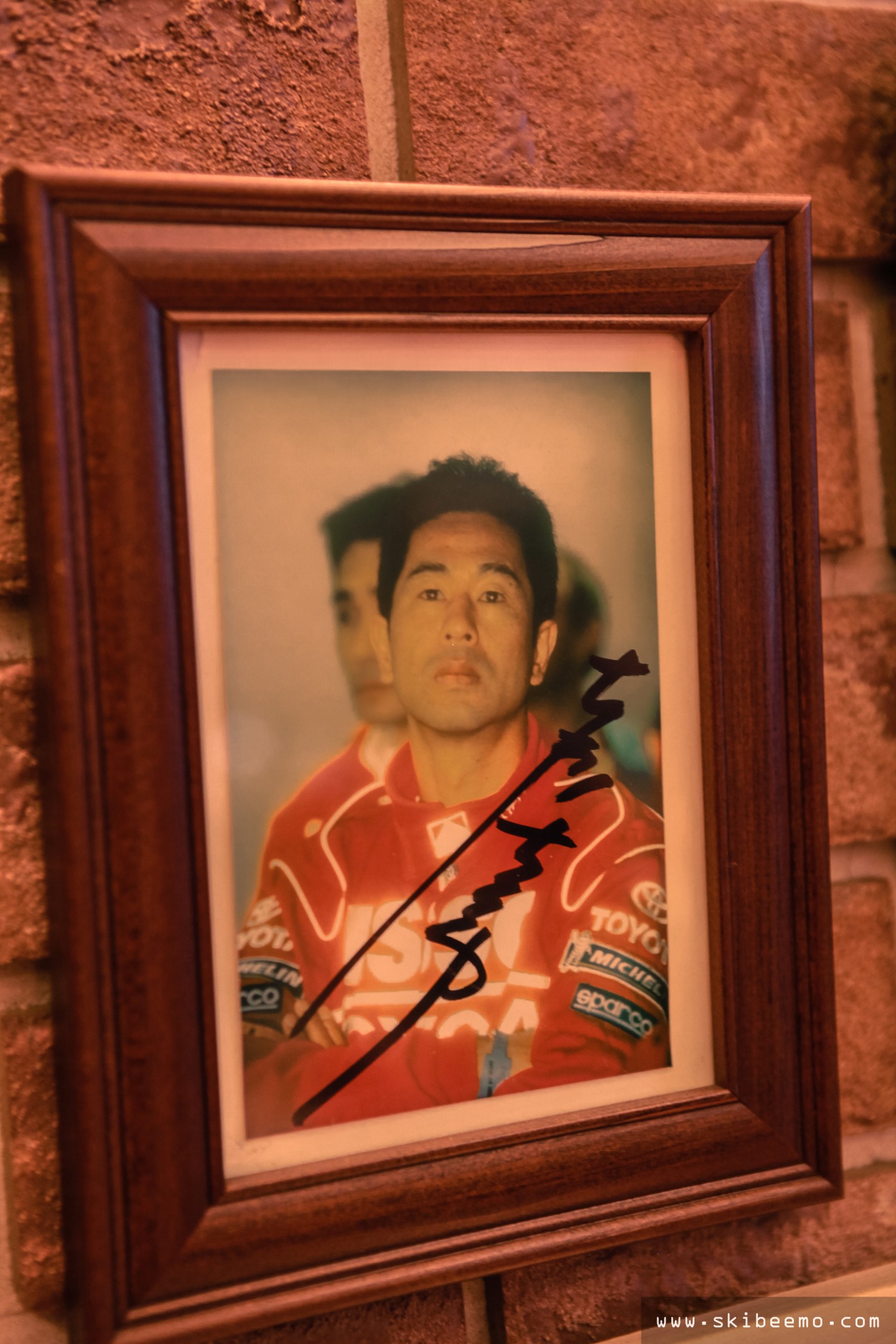
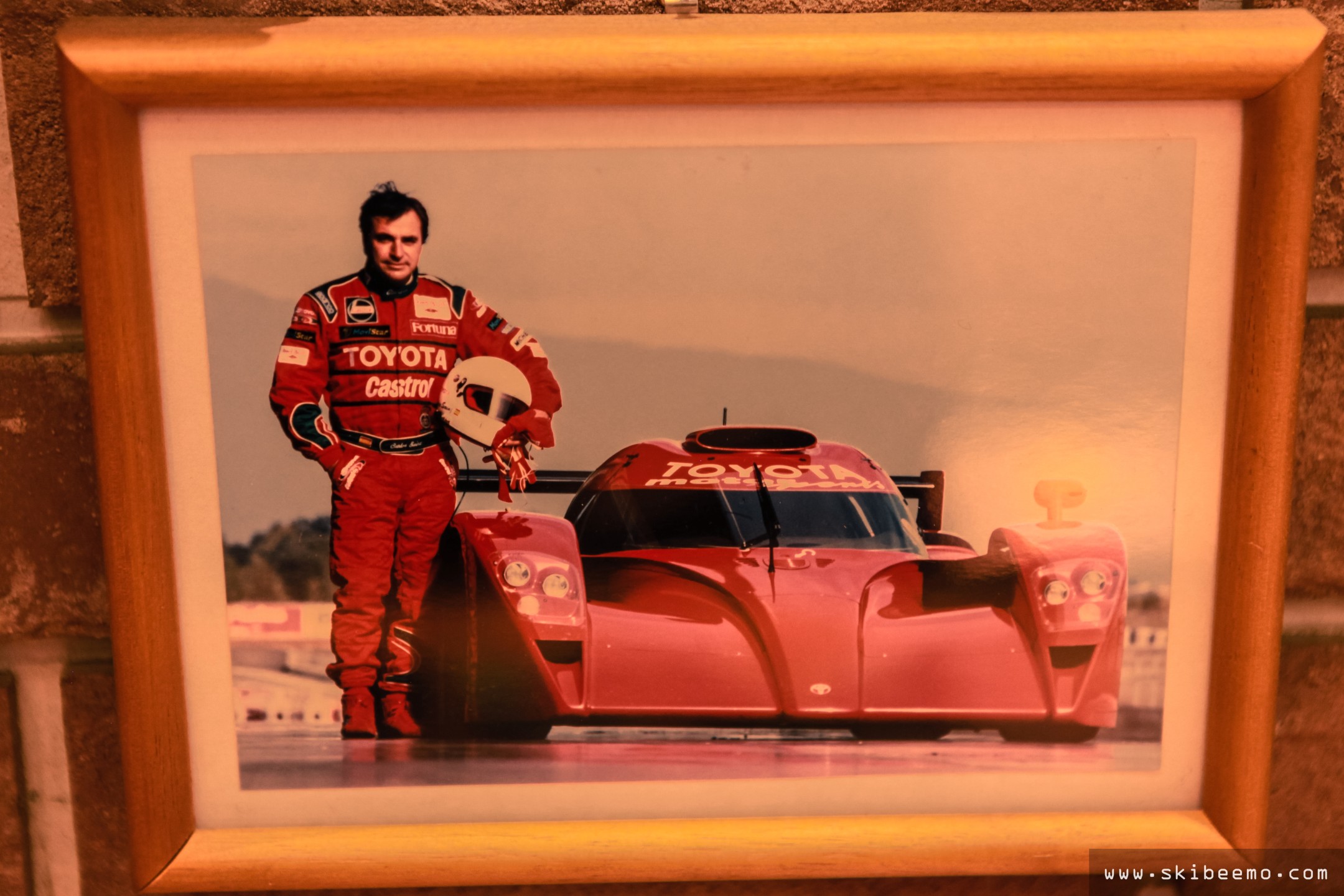
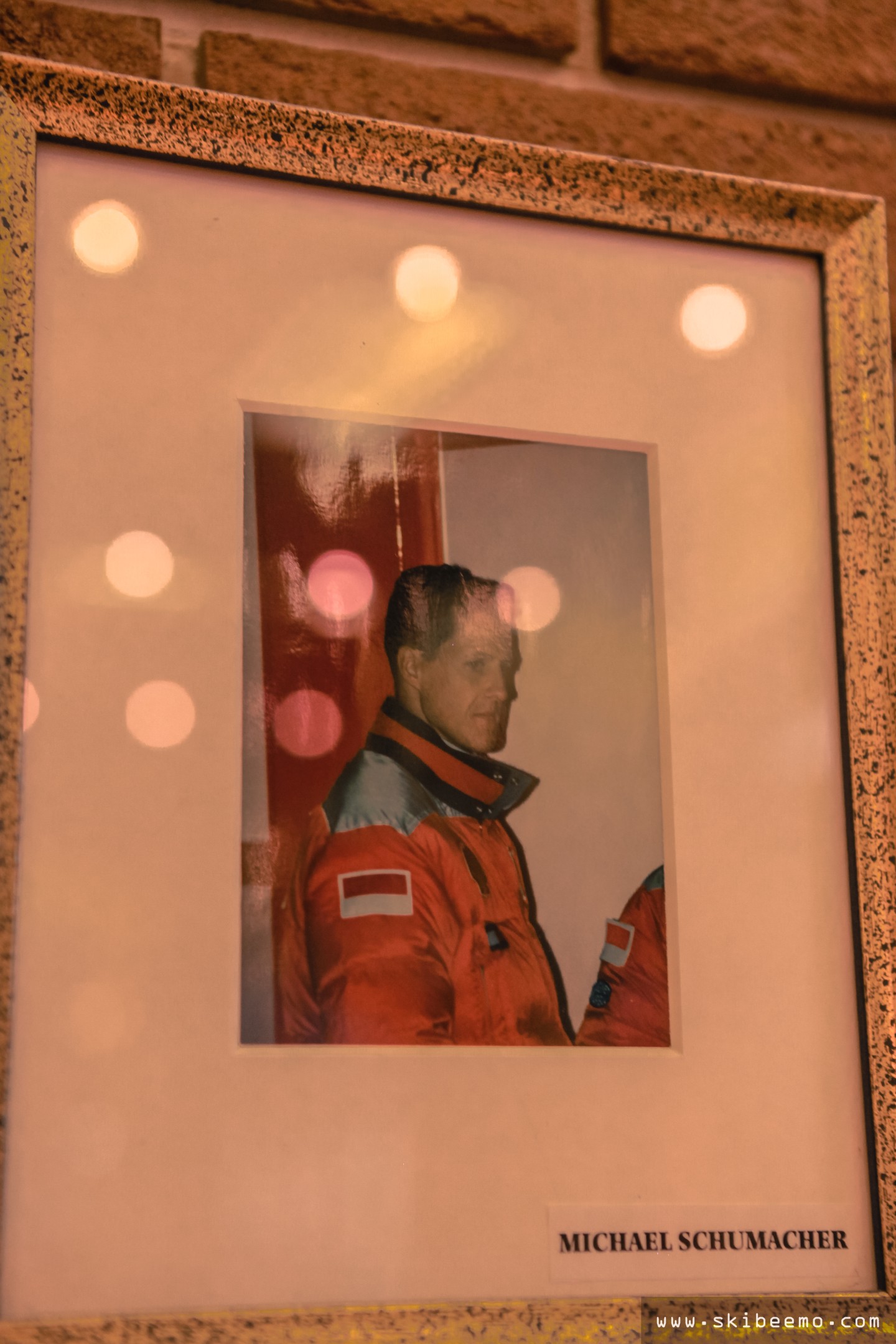
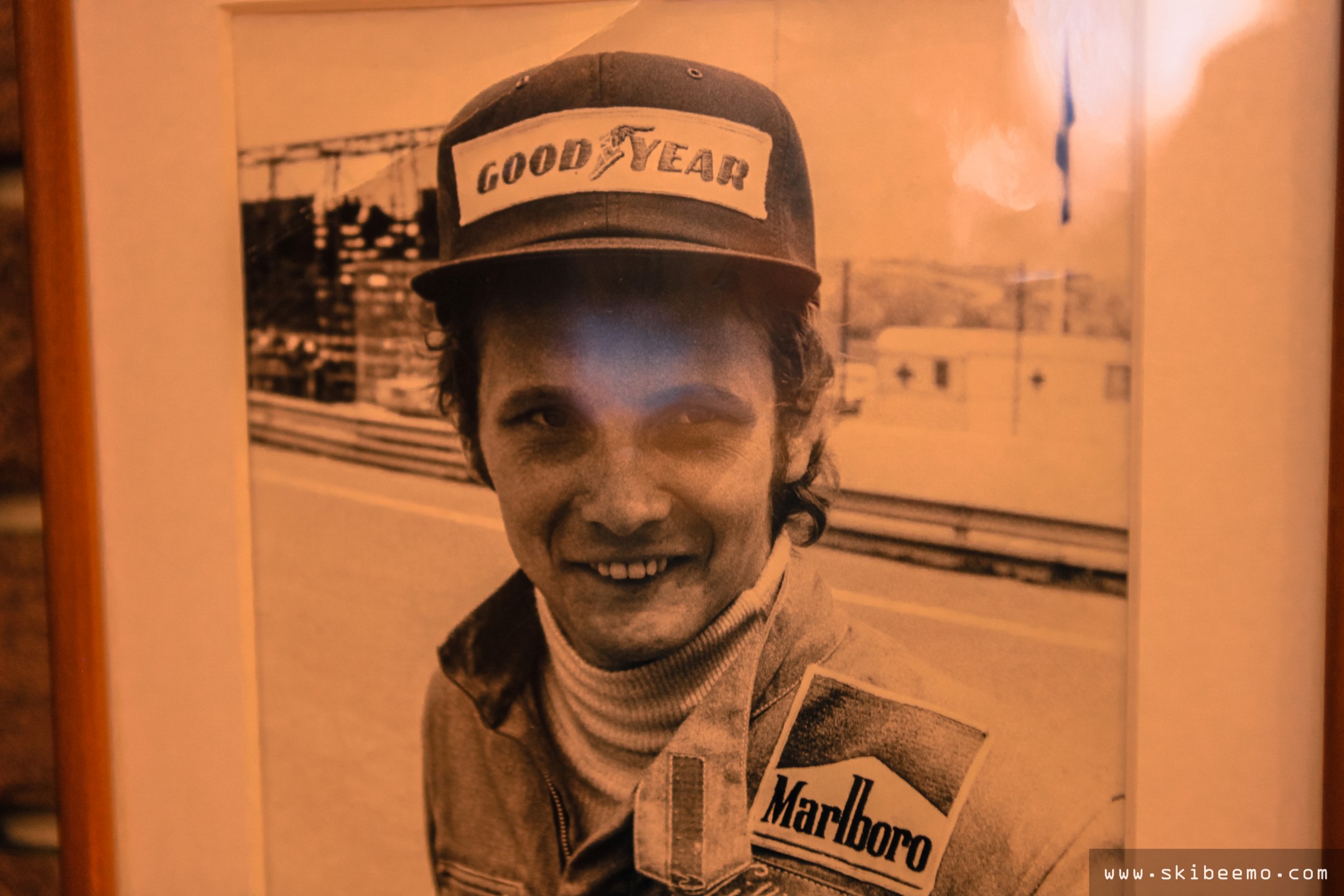
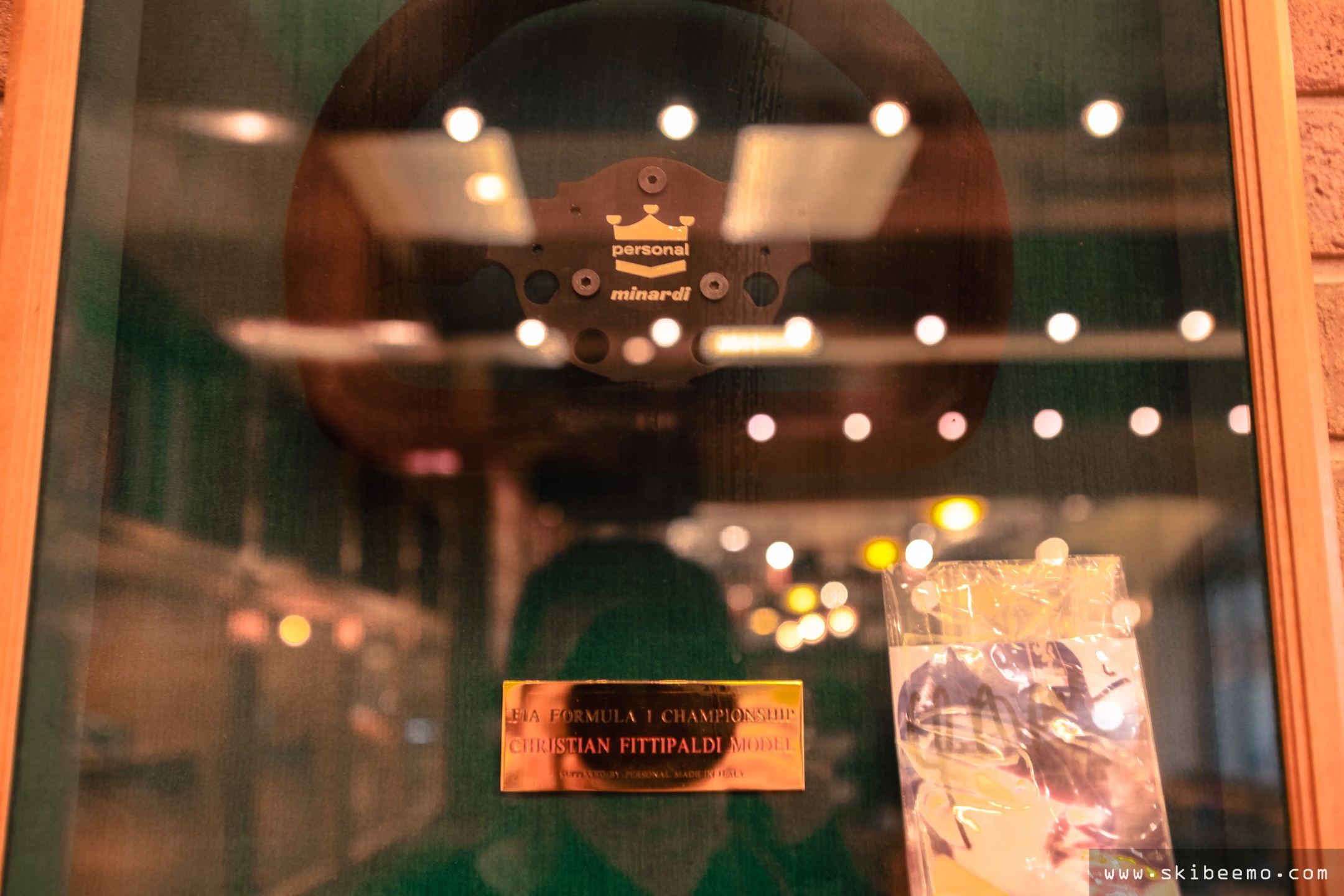
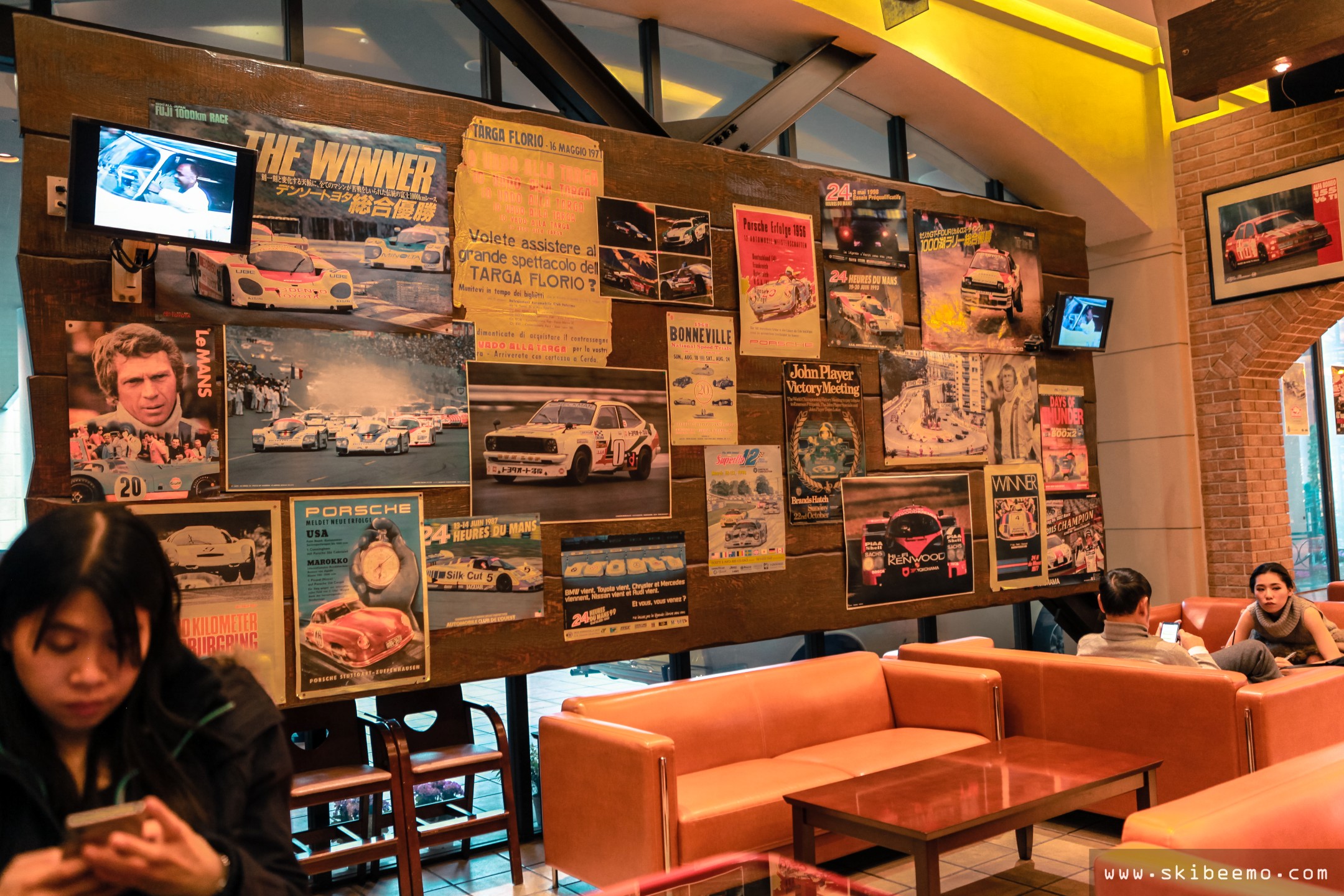
In the late 50s, as part of the Japanese automotive manufacturing boom, Toyota (and other Japanese makes) took part in the Mobilgas Rally – Round Australia. A gruelling 17,000km rally, crossing every state of Australia – it took the drivers 19 consecutive days to complete. Toyota entered a Crown RSD (a replica can be seen below) for the 1957 race and finished 47th out of a field of 52. Thinking about it, the concept was ridiculous. There were no support crew or any safety as such. The Crown had to carry spares, fuel, food and more, causing it to weigh more than 1800kg while the motor only spat out 45 hp. Heck, the drivers weren’t even professionals; just two regular employees from the Toyota factory. Incredible respect to those 52 entrants as simply completing the event alive sounded like a feat in its own.
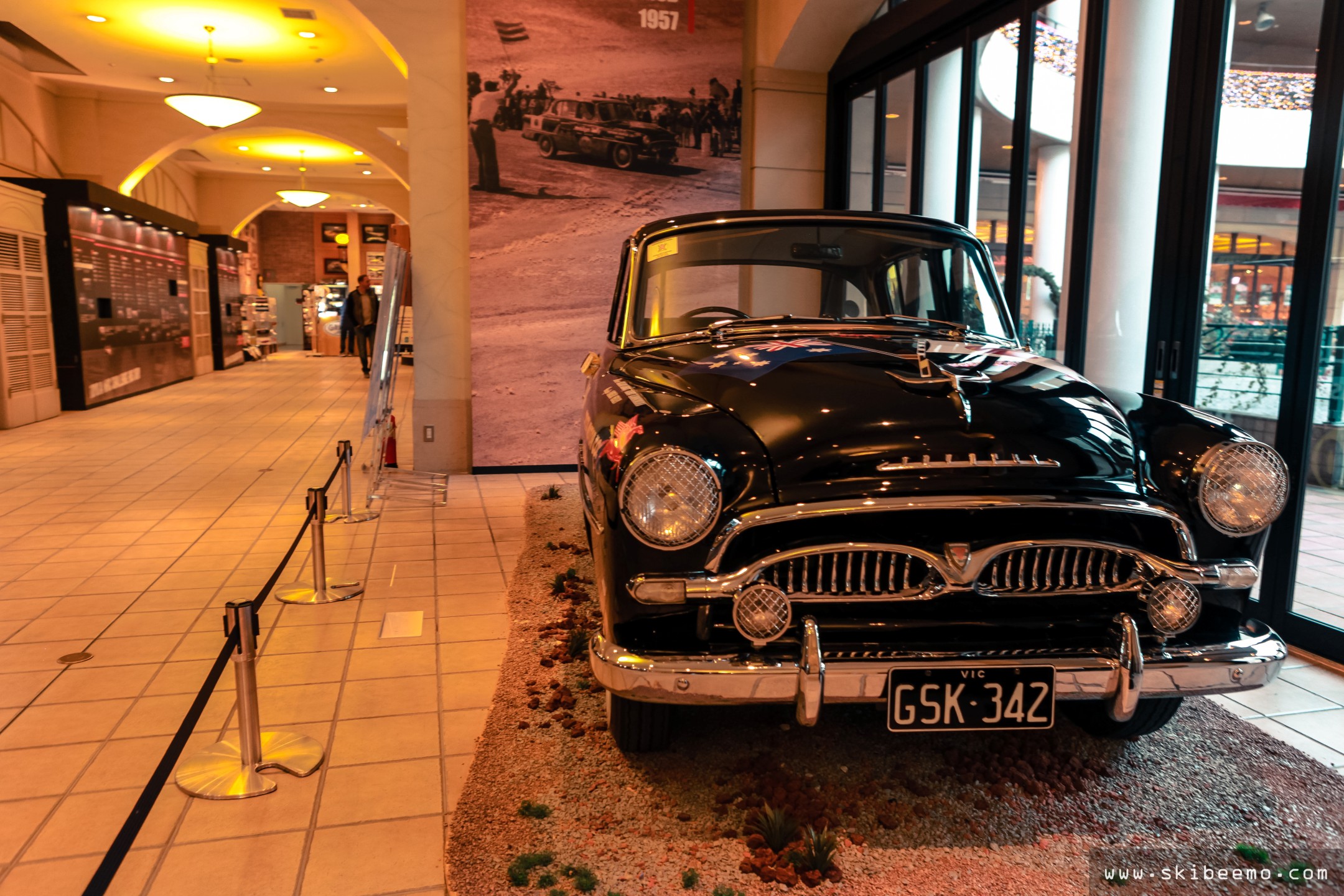
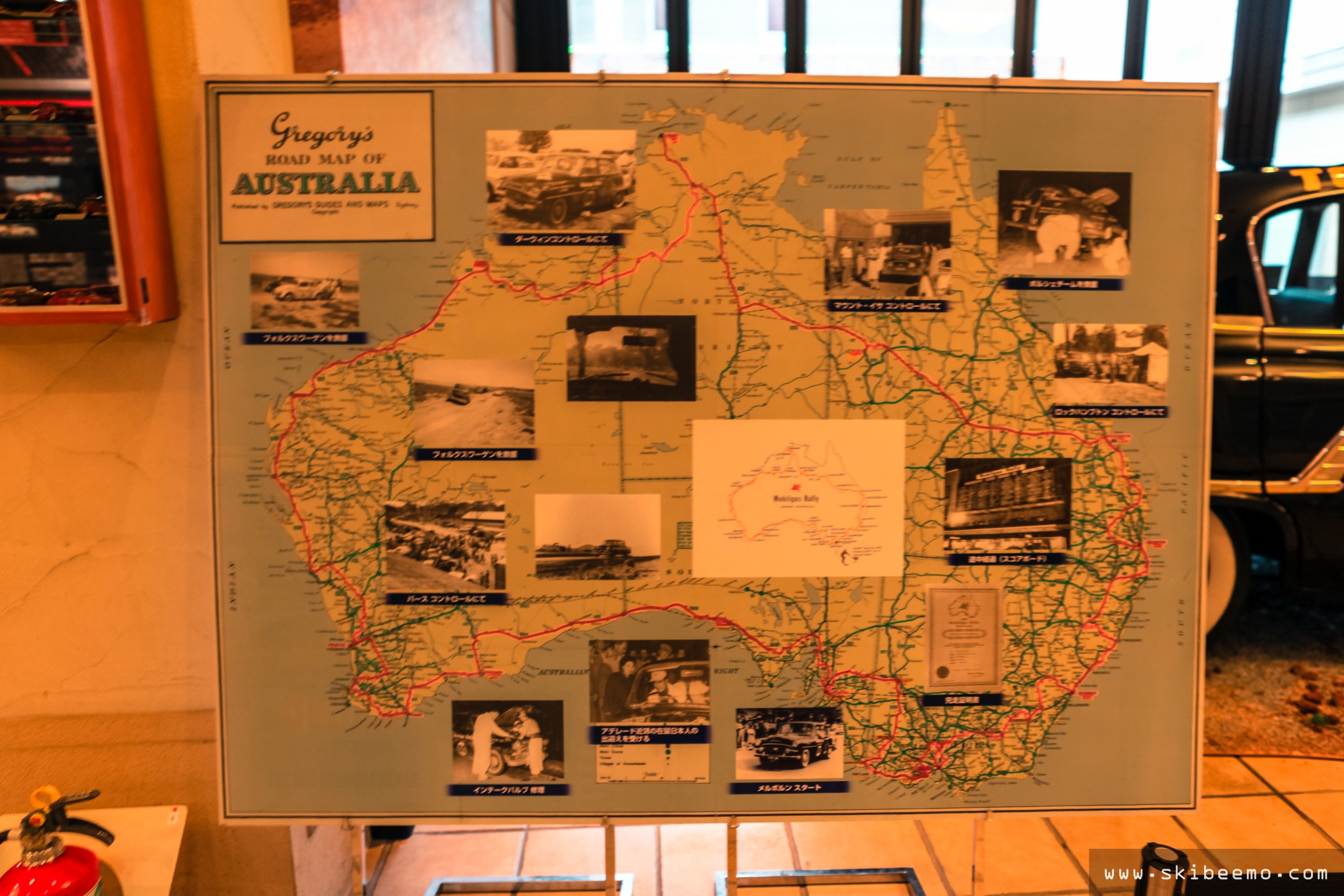
Toyota’s WRC initiatives made up the last area of the venue. After bringing home three constructors champion trophies, Toyota withdrew from the series at end of the 1999 season to concentrate on Formula One. After an 18 year hiatus, the Japanese manufacture decided to put on their boxing gloves again, entering a works team for the 2017 season. Racing under the watchful eye of legendary and four-times WRC driver champion – Tommy Makinen – the Yaris WRC of Toyota Gazoo Racing has so far accumulated three rounds wins and are currently in third place on the constructor’s ladder.
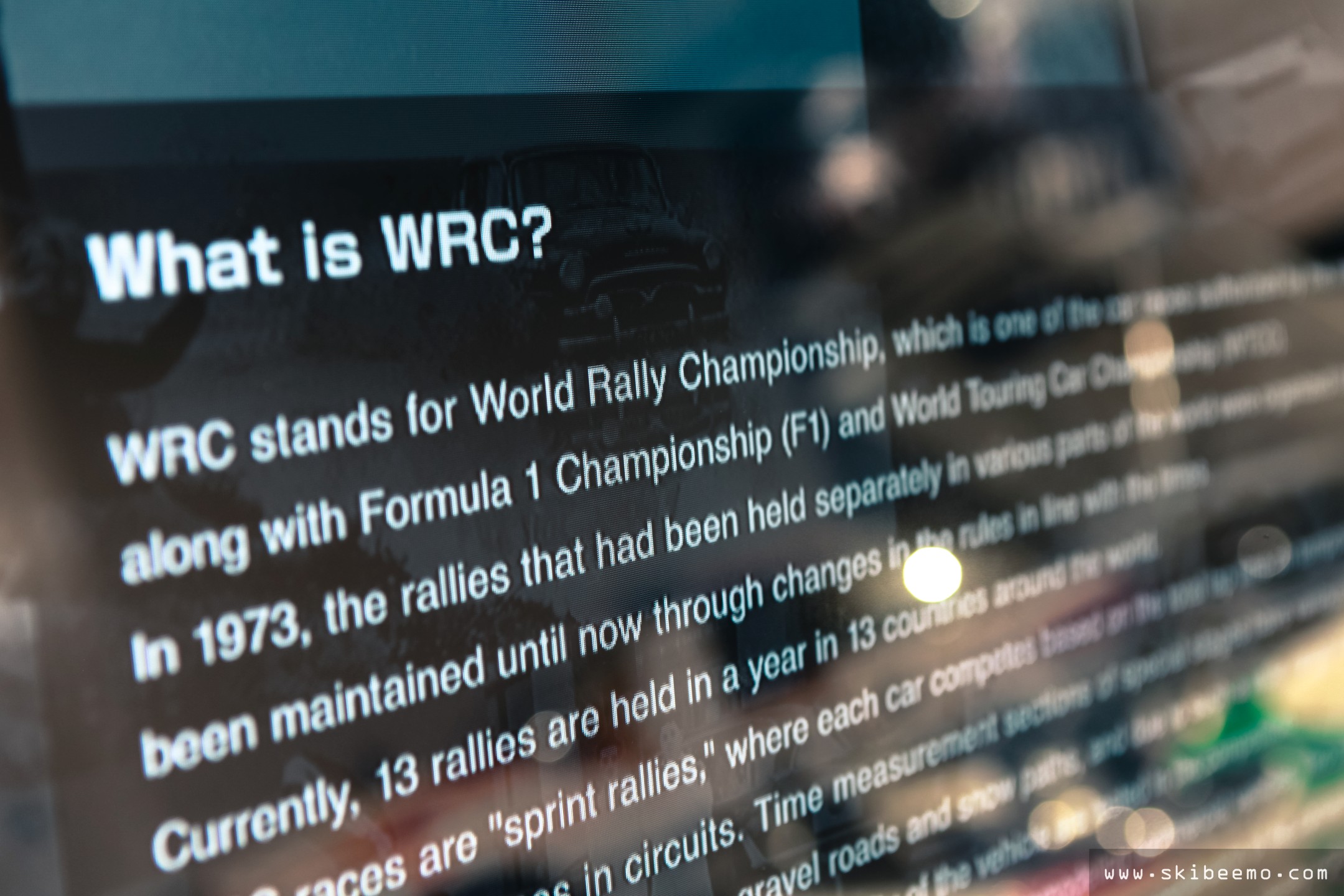
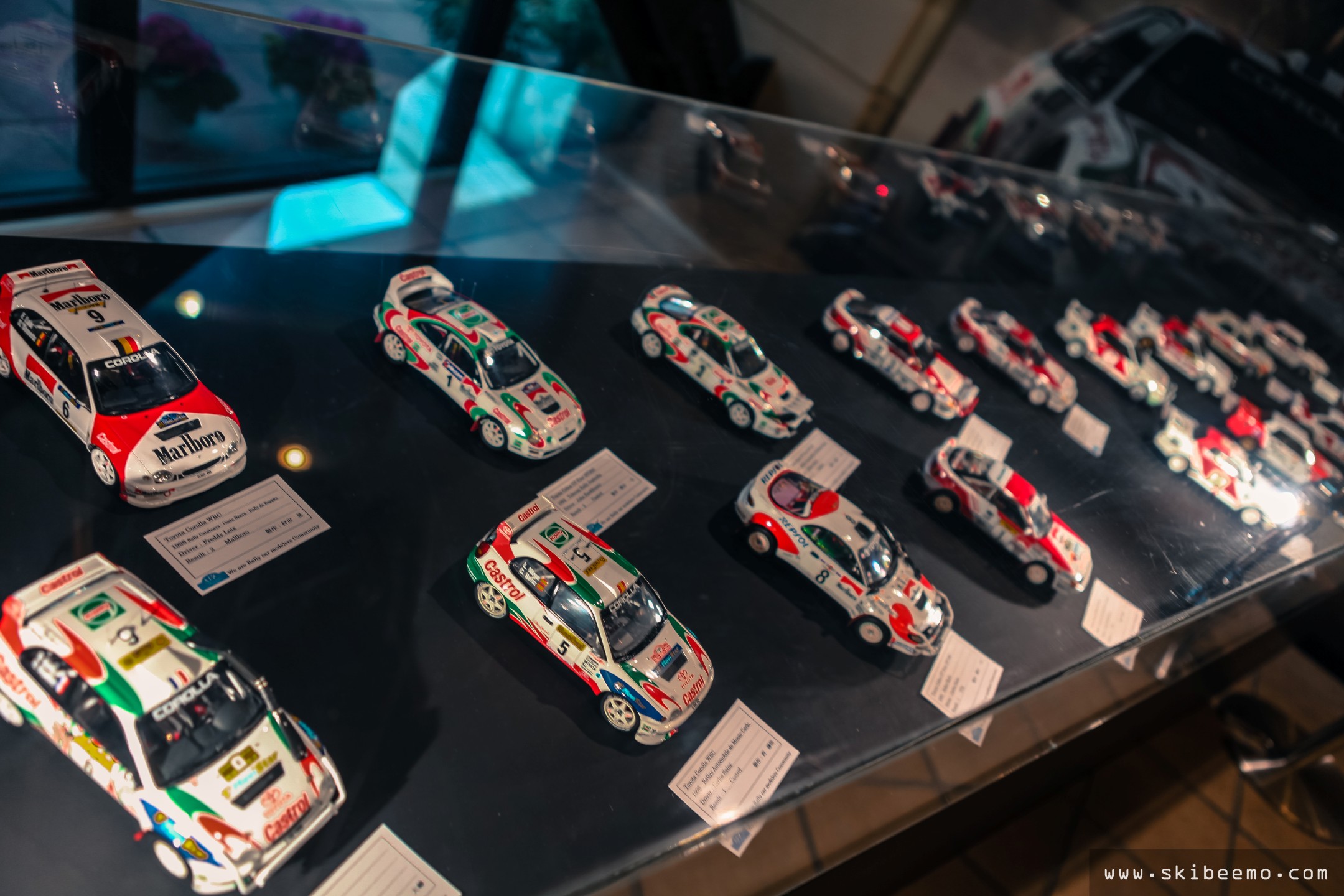
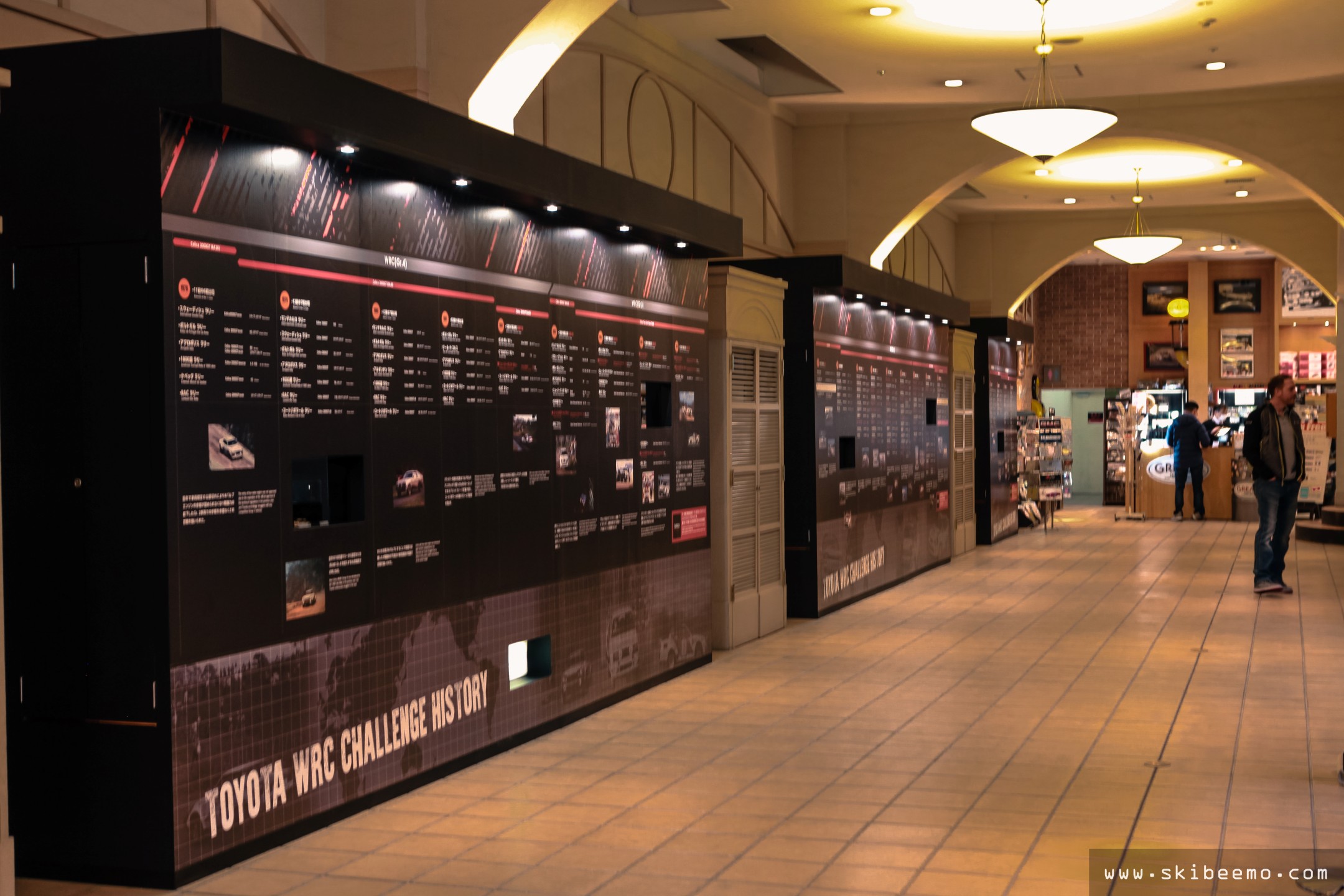
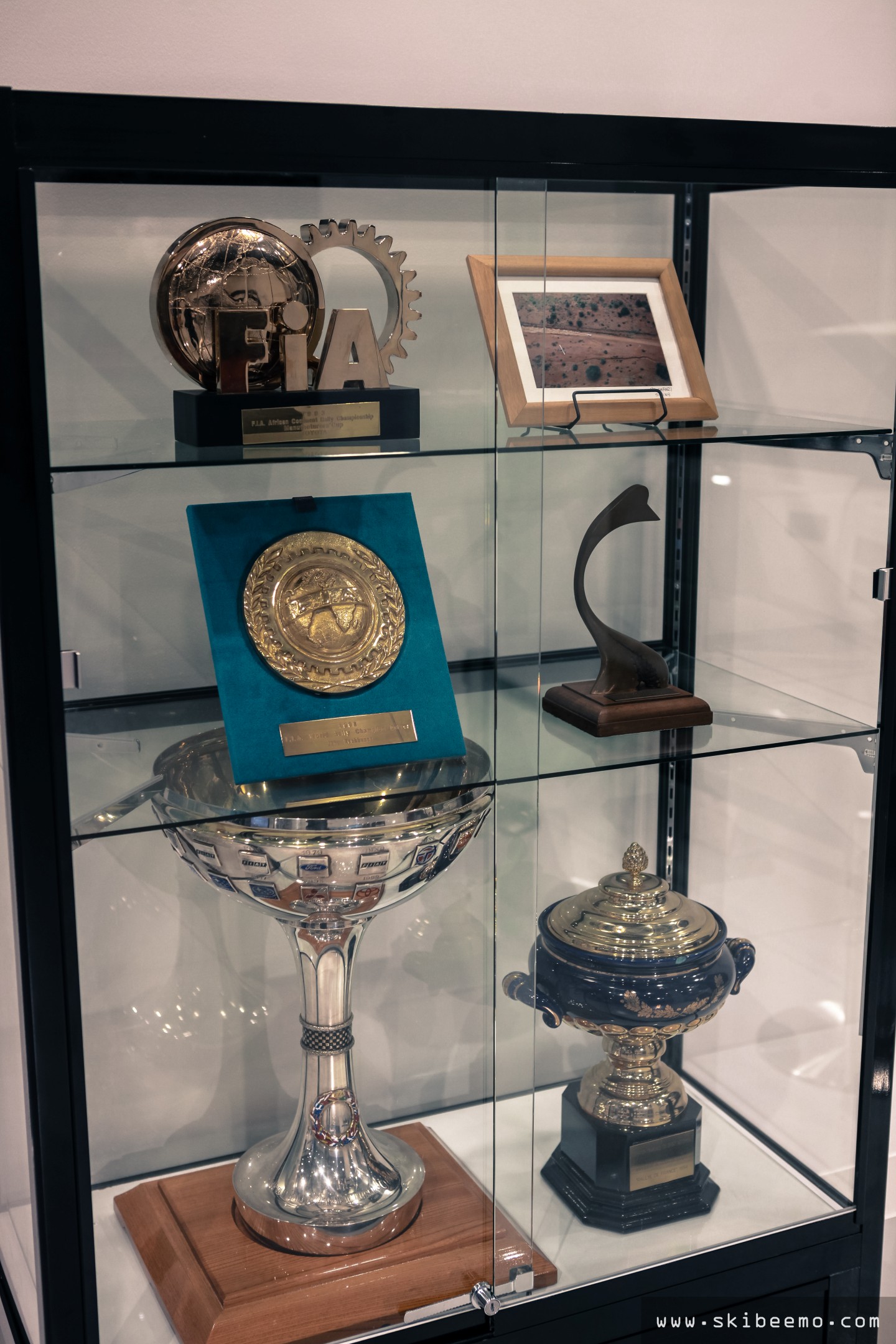

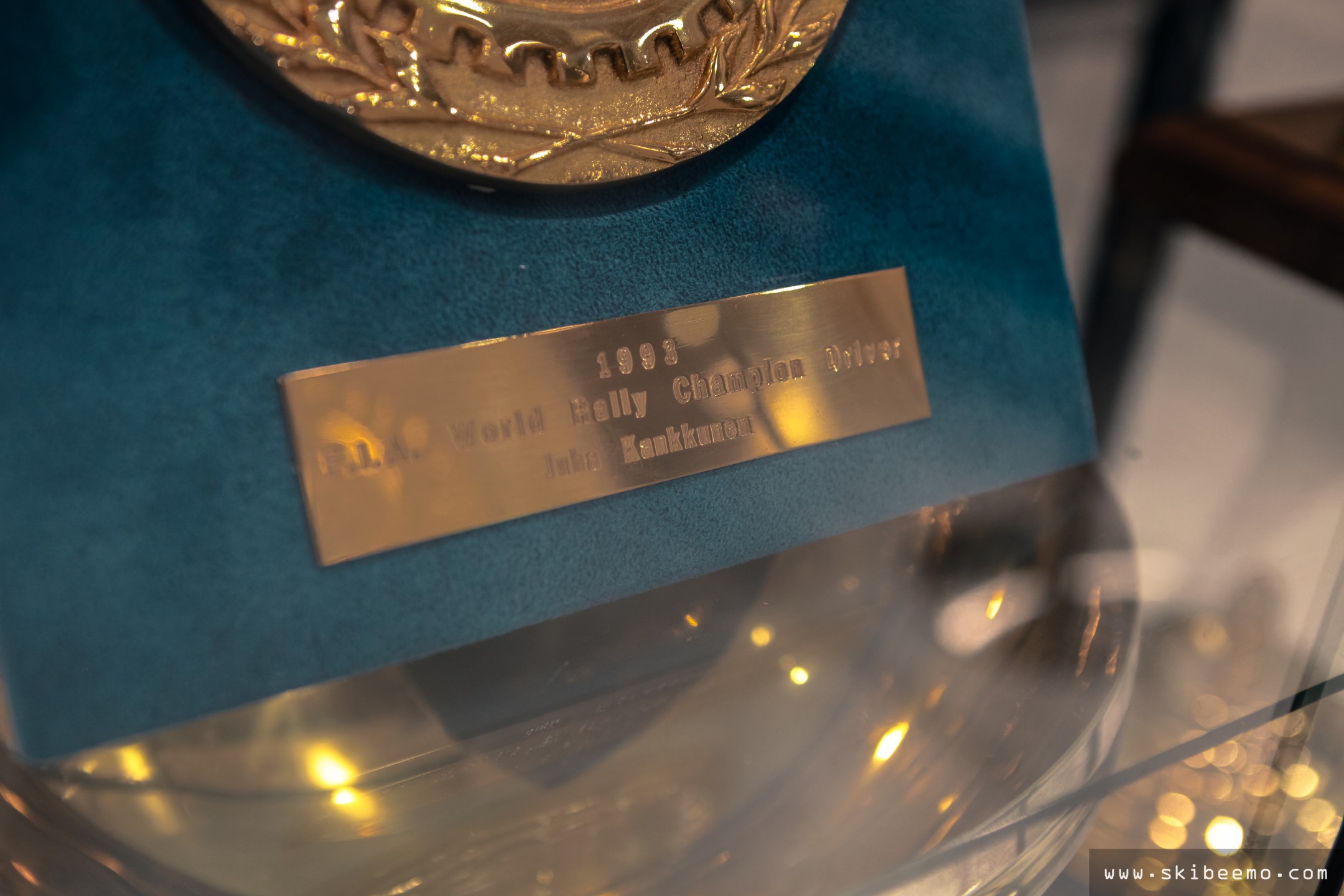
The ST165 Celica was campaigned throughout the 1988 to 1991 season. Toyota narrowly missed out on the constructors title numerous times, having placed runner-up in ’89, ’90, and ’91. However, ace-driver Carlos Sainz was able to pilot the ST165 to victory, winning the driver’s championship in 1990. The exact car is pictured below.
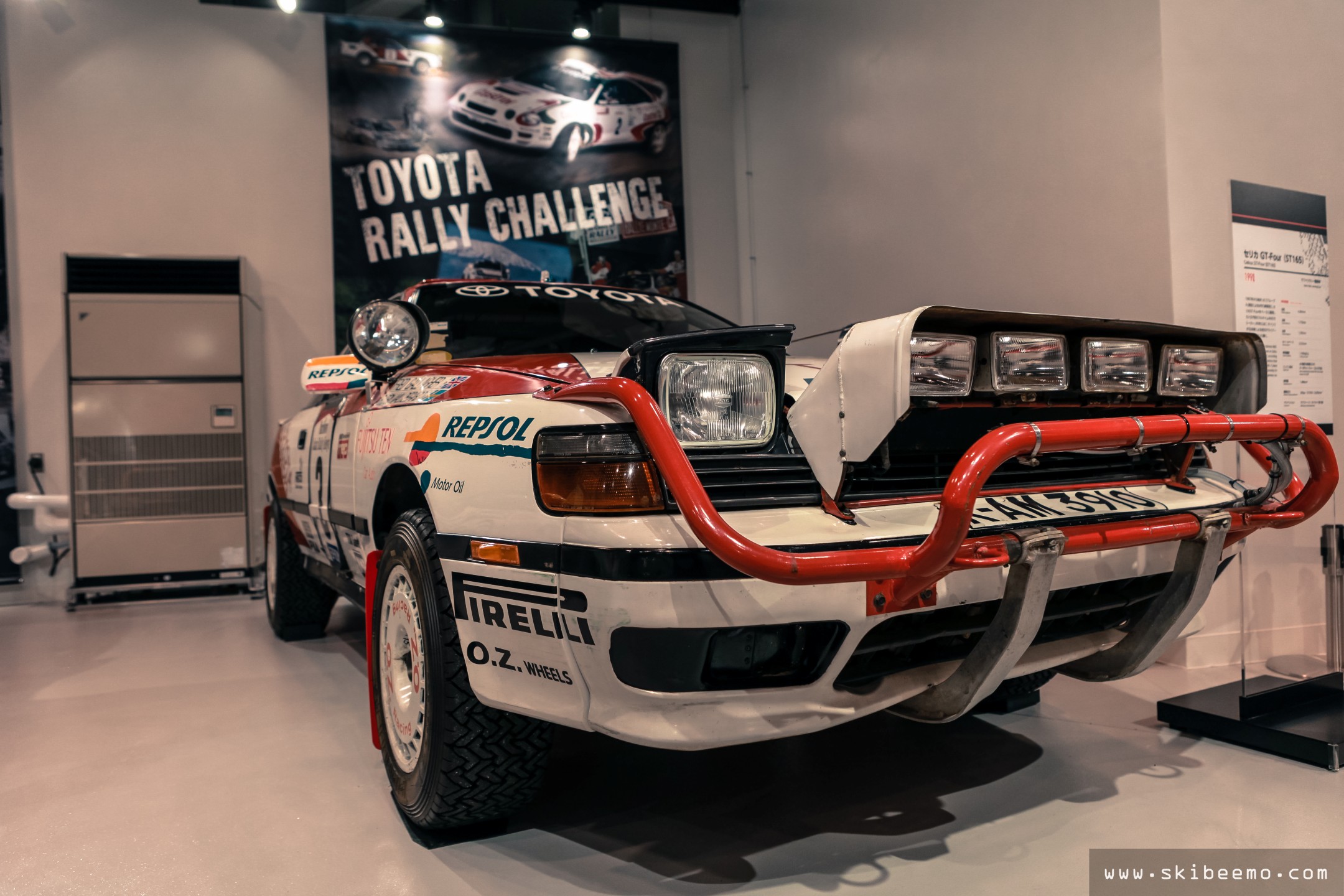
For the 1992 season, the ST185 Celica was introduced and raced for three years. Toyota found initial success with the chassis, having won their first ever constructors’ championship in ’93 (with Juha Kankkunen taking the driver’s championship) and retaining the title again in ’94 (this time, Didier Auriol took the driver’s championship).
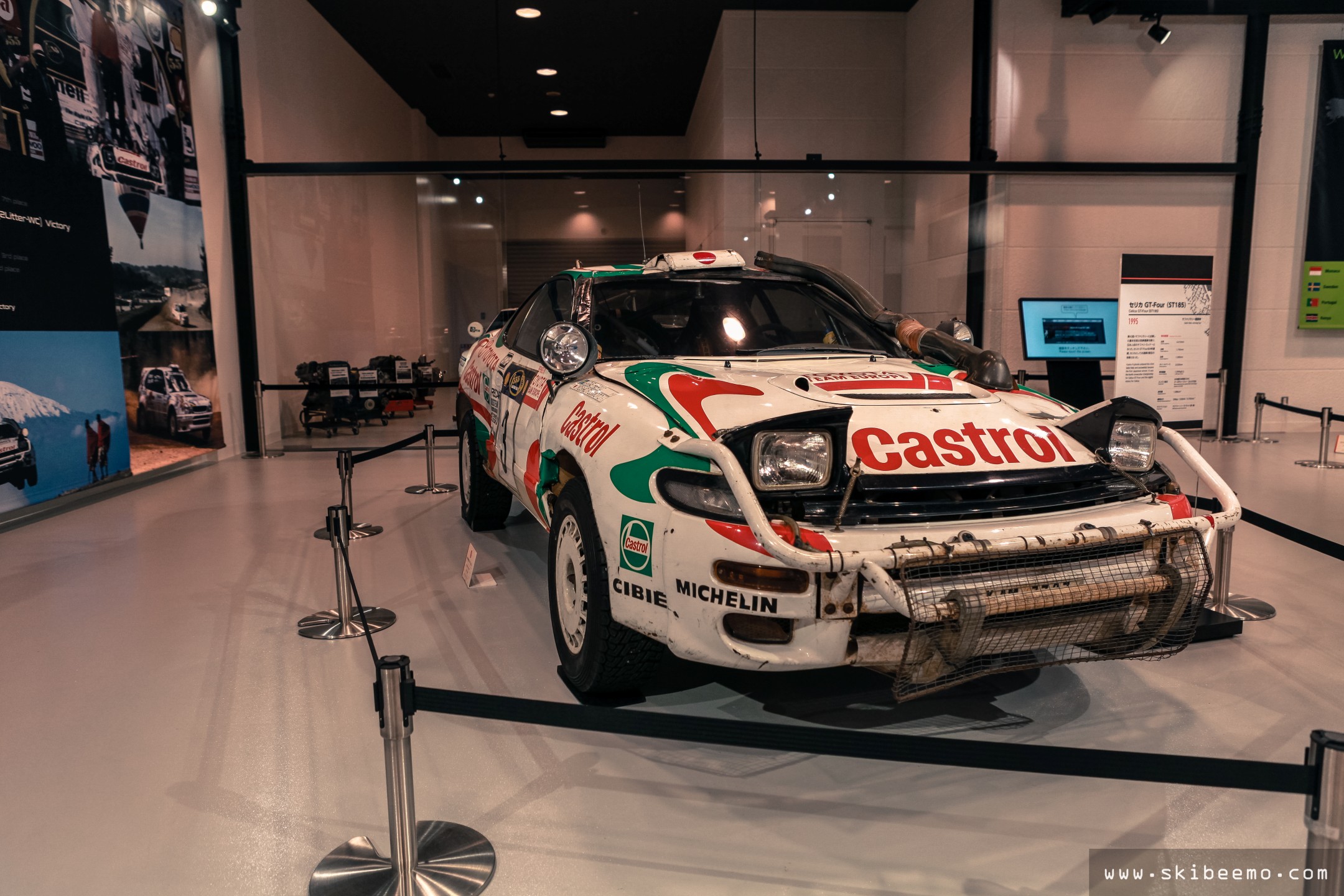
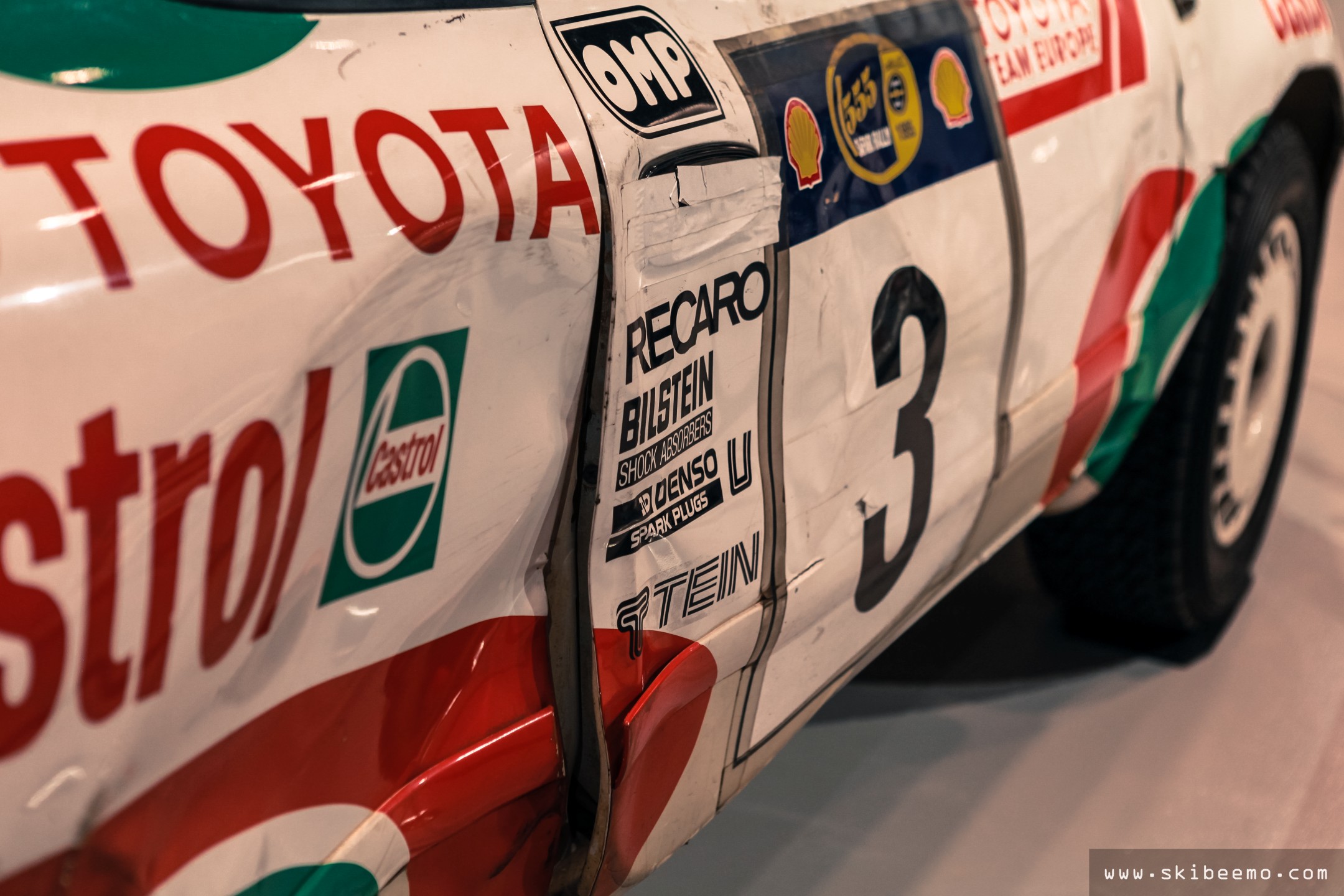
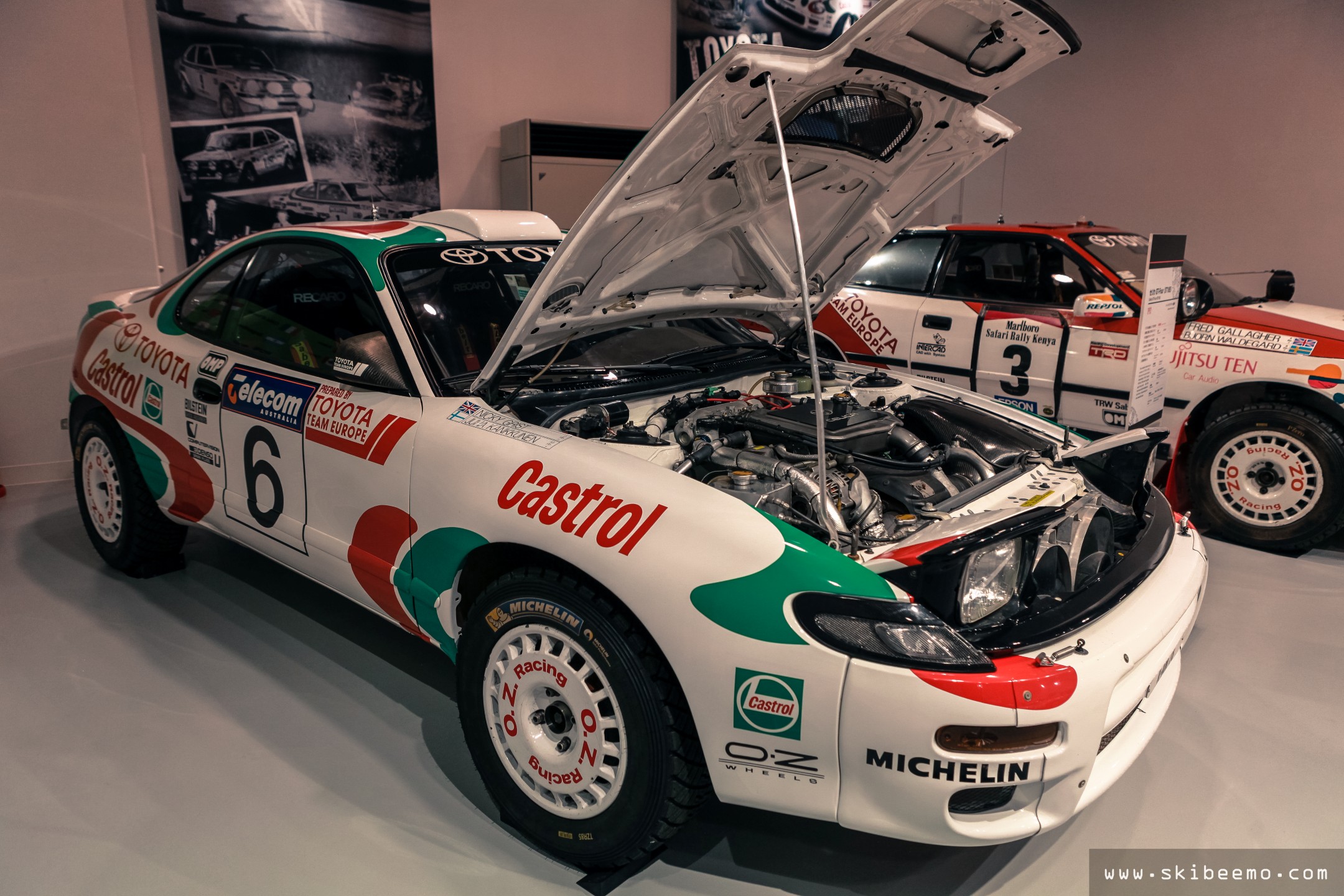
1995 was a season Toyota would’ve rather forgotten. The ST205 Celica made its debut but without controversy. After only six rallies, scrutineers discovered a non-compliant air restrictor on the turbo. Sophisticated covers were also installed to conceal it, alluding that it was conscious decision executed by the works team. As a result, a 12-month ban was sentenced to Toyota Team Europe. The next time we saw the works team – which was in ’97 – they’d be in a brand new model; the E110 Corolla.
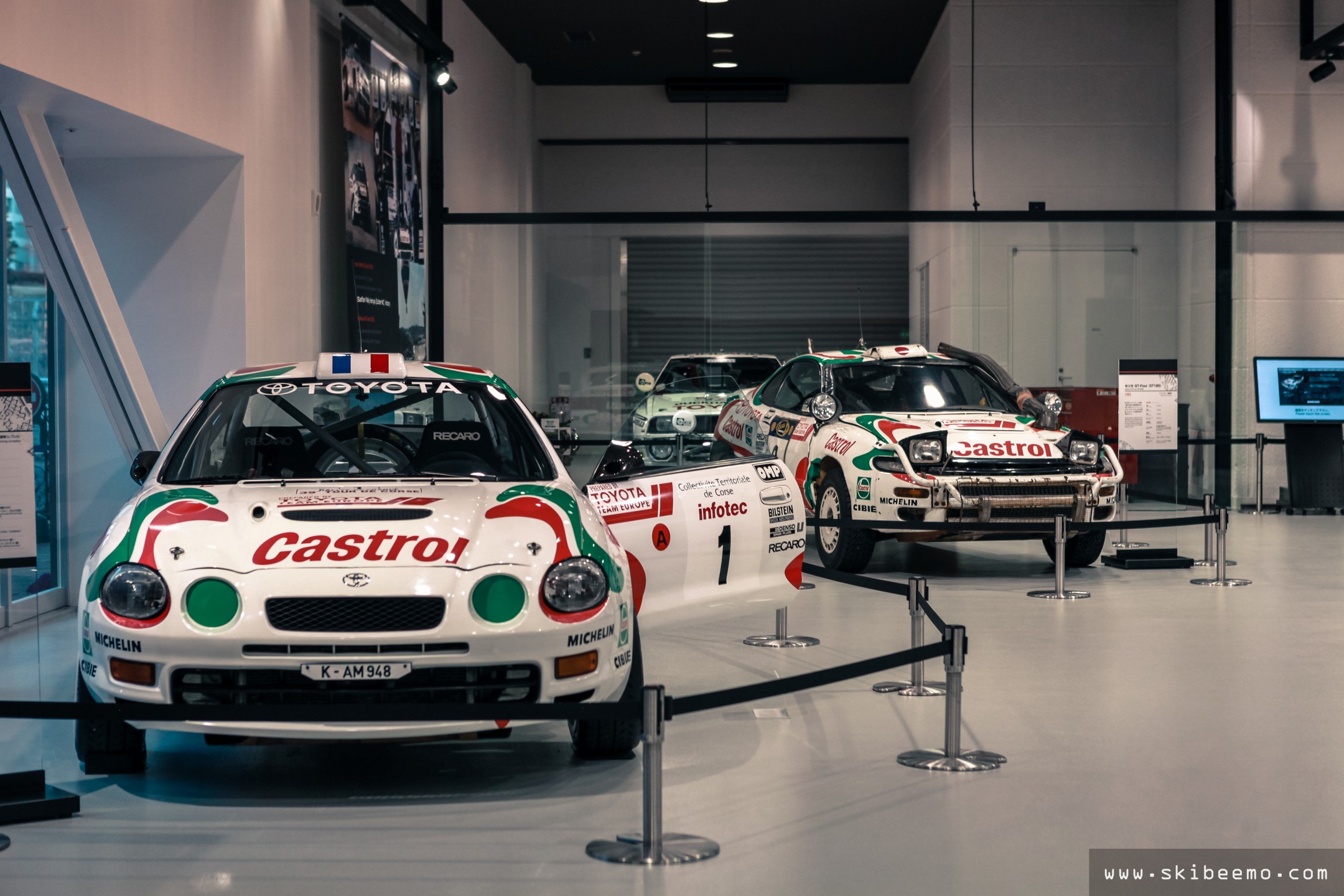
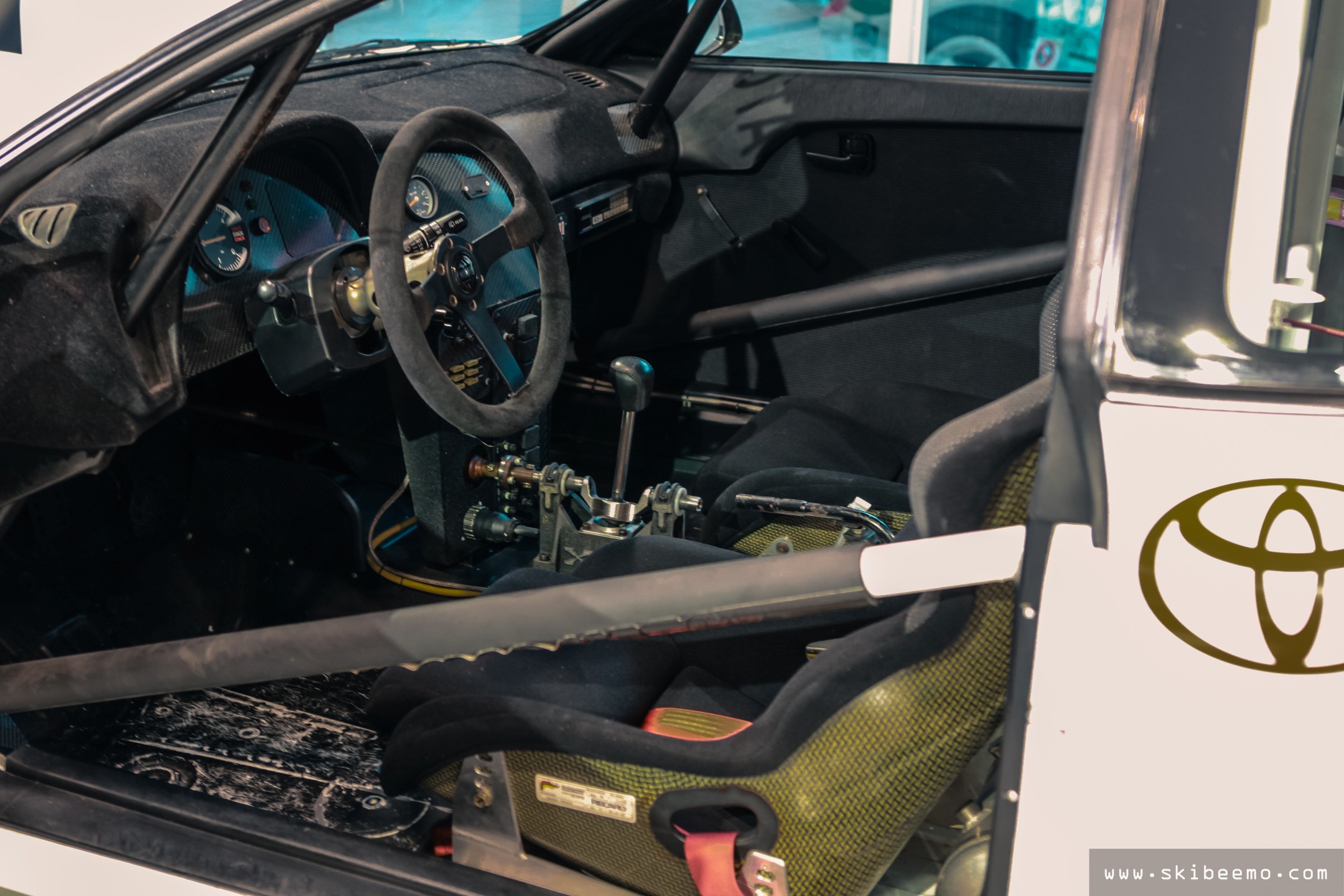
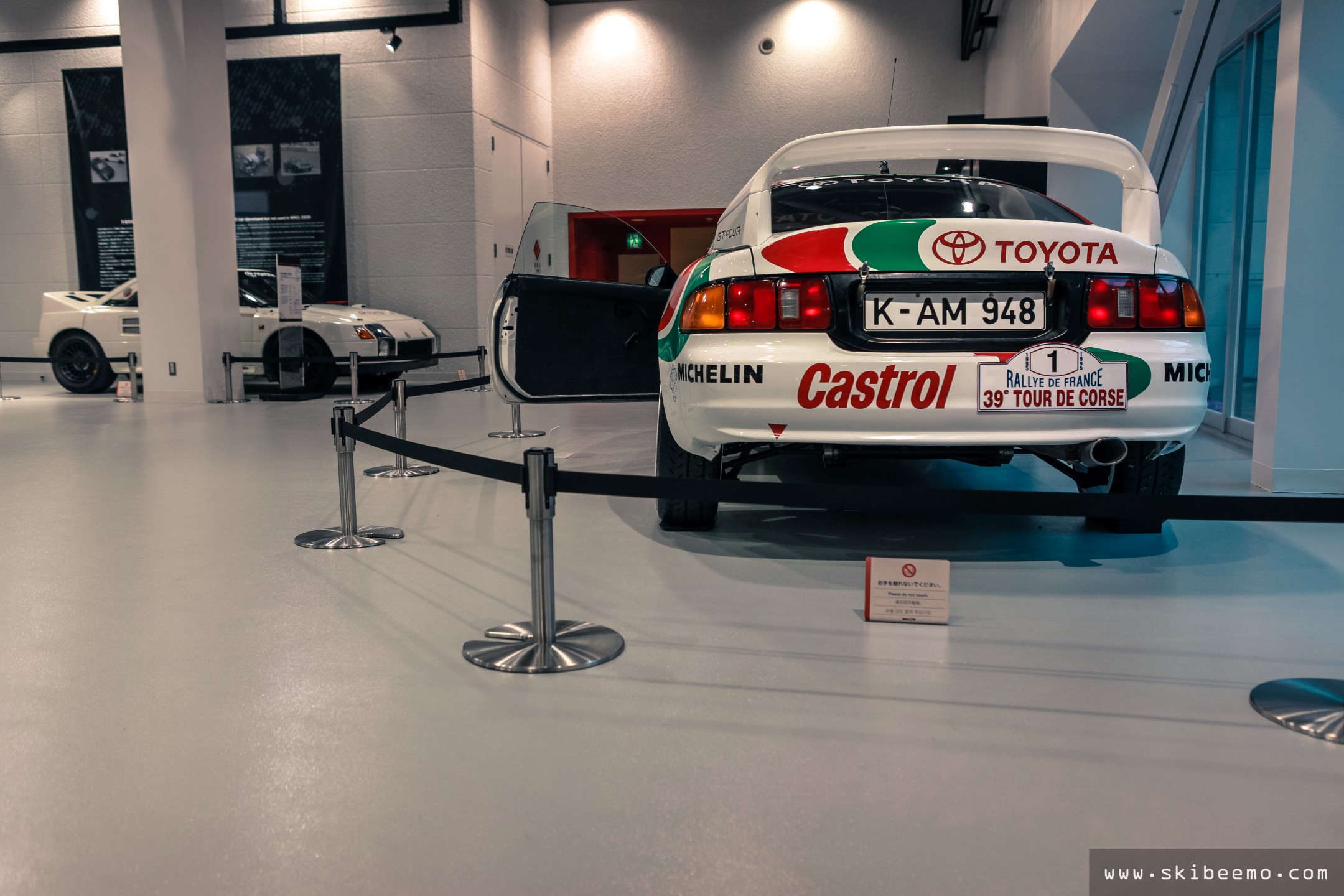
Pre-WRC era models; the 222D MR2 prototype and TA64 Celica from 1985.
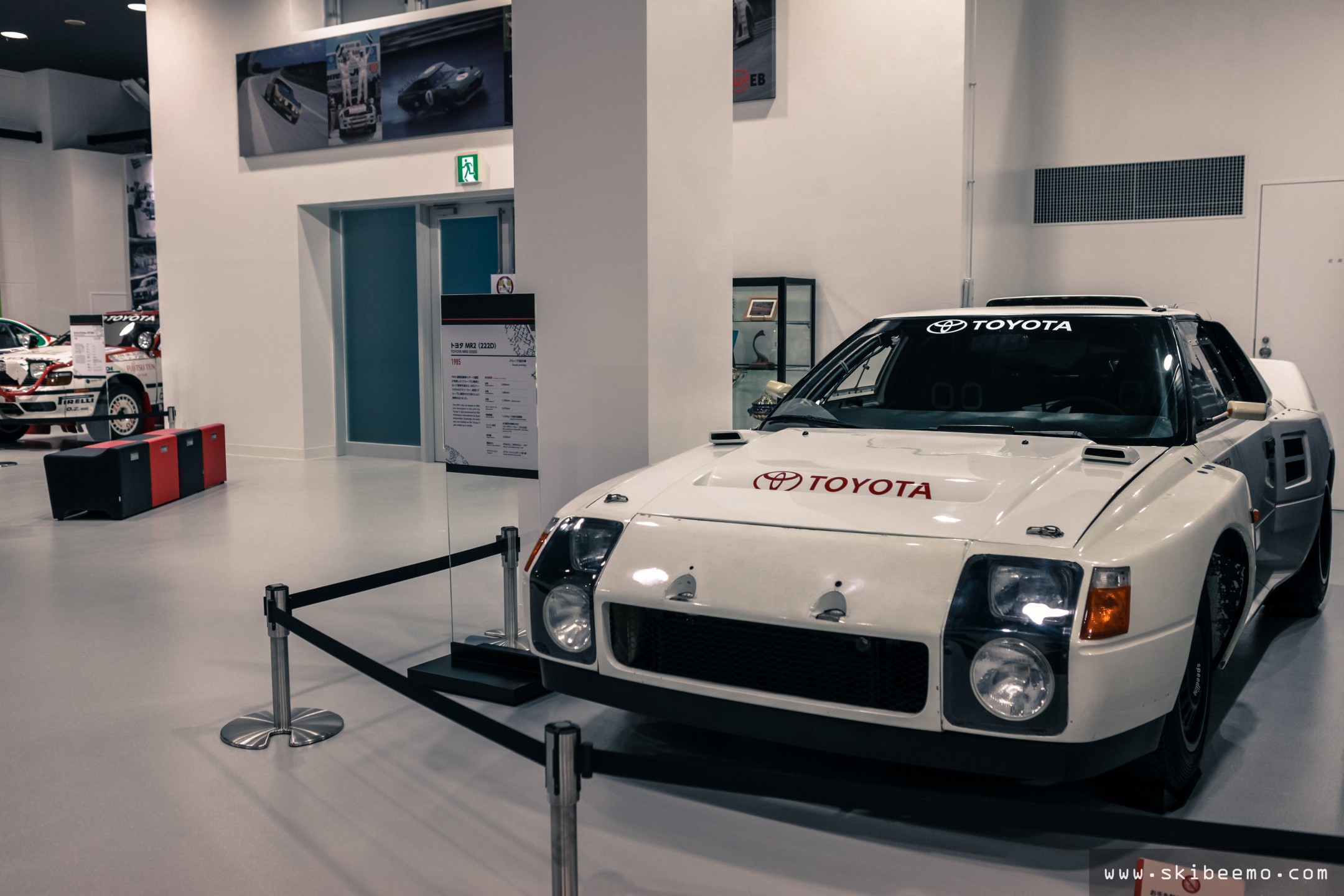
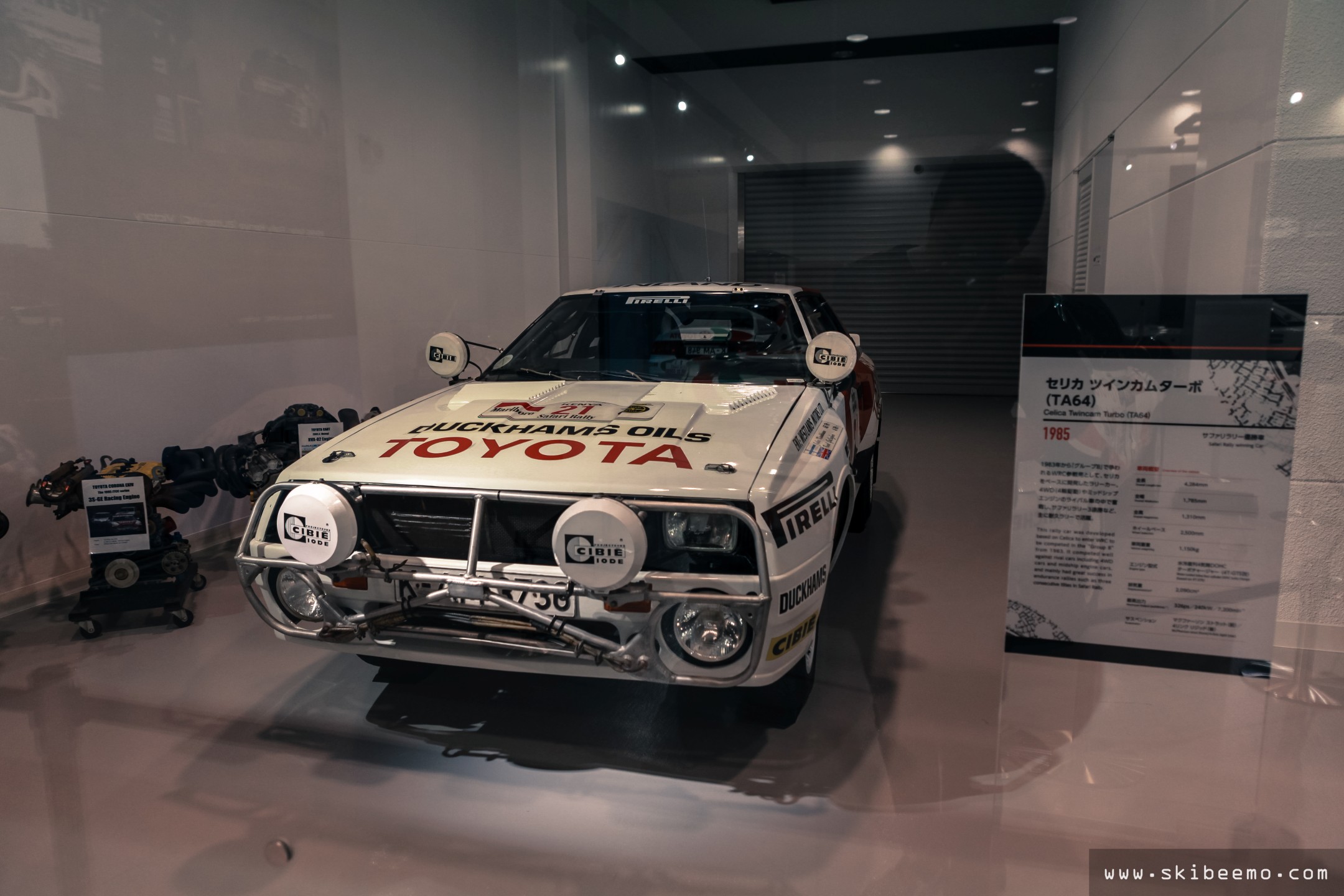
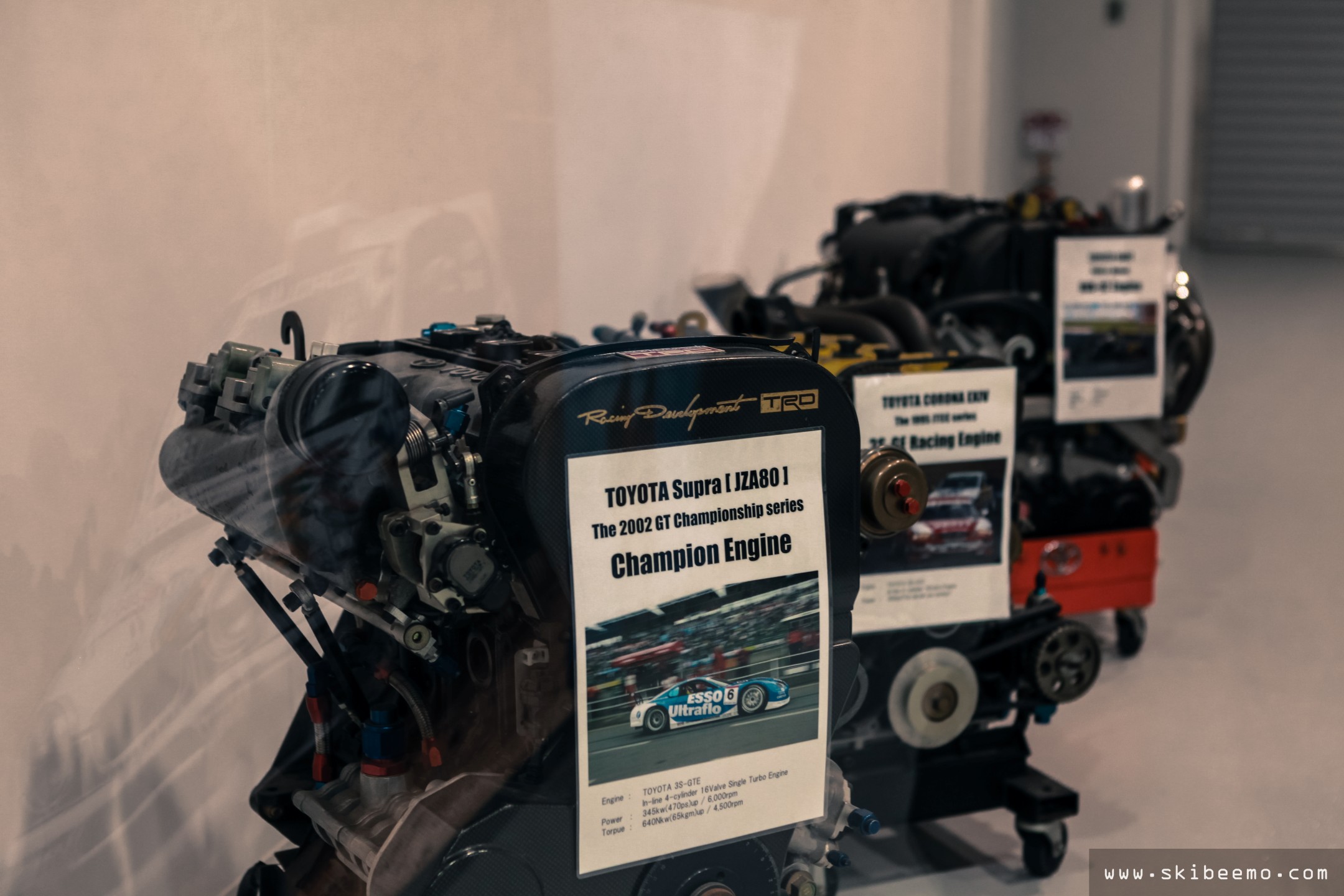
If you’re a car-historian-geek like me, you’ll absolutely enjoy your time at the History Garage. It was a pleasant walk down memory lane, getting to soak up all the archives and rich history of Toyota and their initiatives in the motoring world. Scattered memorabilia throughout the venue had to have been my favourite element of the visit – like randomly stumbling upon a Super GT 3S-GTE motor from the 2002 Esso Supra (pictured above). The compelling canvas of the 2000GT below saluted me upon my departure of the History Garage and fittingly, I thought I’d leave you with it.

![]()
